Jeju Island Travel Guide, South Korea
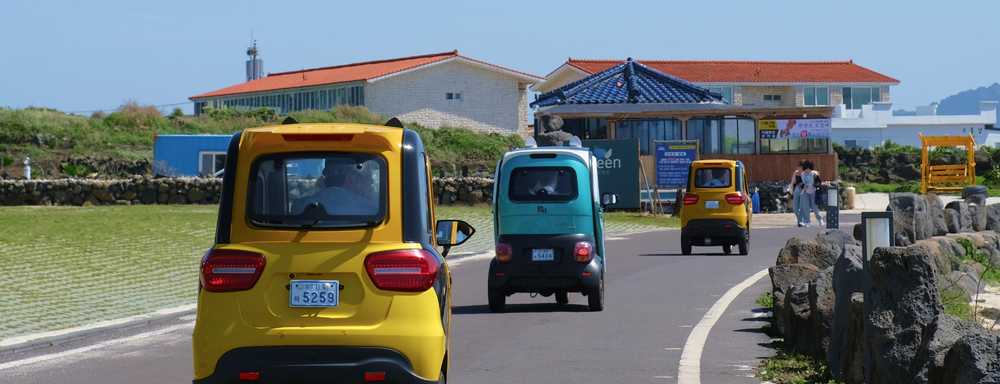
Jeju is the most magnetic and authentic island in South Korea, a place where volcanic power meets gentle sea waves. It combines pristine natural landscapes, a unique matriarchal culture, and a meditative rhythm of life that is so different from the hustle and bustle of Seoul or Busan.
Despite the fact that Jeju was long an isolated province with its own dialect, which even mainland Koreans find difficult to understand, the last two decades have seen the island undergo a gentle transformation, while preserving its unique character. The indigenous people call this process 'dancing with modernity' — a step forward, two steps towards traditions.
Today, Jeju is an island where haenyeo, women divers aged 70+, descend into the sea depths for seafood in the morning, and in the evening can share their experiences in an elegant museum dedicated to their art. Where ancient stone walls, batdam, protecting the fields from the wind, coexist with futuristic art installations, and traditional thatched-roof houses accommodate stylish boutique hotels. Locals manage to develop without destroying their connection to their roots.
It is calm and safe in Jeju at any time of the day. The islanders are distinguished by a special philosophy of hospitality — it is believed that every guest brings a blessing from the sea. Even if you do not know the Korean language, you will always be greeted with an open heart and will certainly be treated to fresh tangerines of local varieties or traditional camellia leaf tea.
Must-See Attractions in Jeju Island
Oedolgae is a solitary basalt rock about 20 meters high, rising in the middle of the sea a few dozen meters from the shore. The name 'Oedolgae' means 'lonely standing rock'. But locals call it 'Devoted Wife' because, according to legend, it is a petrified woman who came to the shore every day, waiting for her fisherman husband to return.
An impressive view of the rock opens up from the Olle Trail Route 6, which runs along the steep coast. I advise coming here an hour before sunset, when most tourist groups have already left the observation deck.
Jeju is beautiful at any time of year, but the best seasons to visit are considered to be spring (April-May), when the island is immersed in the gold of blooming rapeseed fields and the pink haze of cherry orchards, and early autumn (September-October) — a period of 'crystal transparency', when the air is especially clean, the views from Hallasan Mountain stretch to the horizon, and the sea is still warm enough for swimming. Lovers of unusual contrasts should consider the winter months (January-February), when you can see snow on the top of a volcano and simultaneously blooming camellias on the coast - an amazing phenomenon.
There is a place on Jeju where you can see the entire history of the island, captured in stone and spirit — Yongmeori Coast and Sanbanggulsa Temple — two sites historically and spiritually connected to each other.
Yongmeori Coast, which translates to 'Dragon's Head,' is an astonishing geological formation where layers of volcanic tuff have formed structures resembling the scales of a giant sea dragon plunging into the sea. A winding path leads down the rocky 'spine of the dragon' to the very ocean. Pay attention to the colors of the rocks. The yellow, brown, and gray layers are not just a beautiful pattern; they are a chronicle of volcanic eruptions that occurred over millennia.
It is important to note that access to Yongmeori Coast depends on the tides and weather conditions. The locals of Jeju deeply respect the sea and its power; if a red flag is displayed, indicating danger, do not attempt to go down to the coast, no matter how tempting the photos may seem.
Just a few minutes' walk from Yongmeori rises Mount Sanbang — another extinct volcanic cone, on the slope of which Sanbanggulsa Temple is located. This temple is unique in that it is built not on the ground, but inside a natural cave. For Buddhists, it symbolizes enlightenment coming from within, not from outside.
But the most impressive thing about Sanbanggulsa Temple is the view that opens from the cave to the sea and the Yongmeori Coast. In this place, you feel the connection between all the elements that created Jeju Island. The fire of volcanoes, the water of the ocean, the solidity of stone, and the air filled with prayers — all of this makes up the soul of Jeju.
Some places on Jeju remind us that beauty can be not only gentle but also formidable — this is definitely about Jusangjeolli. These impressive basalt columns on the southwest coast were formed by ancient volcanic eruptions and the subsequent rapid cooling of lava upon contact with seawater.
It is best to visit this place during high tide or a small storm. The spectacle will be truly impressive — huge waves crashing with a roar against the hexagonal columns, lined up like organ pipes, throwing up fountains of spray up to 20 meters high.
When the last rays of the sun touch the wet basalt, it begins to glow from within with a reddish light — as if the volcanic fire still pulsates in its heart.
If you don't plan to travel outside the main tourist areas, you can use public transportation. Buses connect the main towns and attractions, with fares ranging from 1,200 to 3,000 won ($1-3), depending on the distance. You can buy a T-money card for transport payment at CU or GS25 convenience stores and top it up at the cashier.
The last bus from remote areas often leaves surprisingly early, around 7-8 pm. Always check the return schedule, which is usually posted at the bus stops, before heading anywhere.
A convenient Kakao T app for calling taxis (similar to Uber) operates on the island. Many drivers do not speak English, but the app allows you to specify the exact destination without a language barrier.
Seongsan is not just a natural attraction, it is a symbol of Jeju Island — a famous volcanic cone listed as a UNESCO World Heritage Site. Formed by an underwater eruption about 5,000 years ago, this picturesque peak resembles a huge crown rising above the eastern coast.
Most tourists climb to the top of the crater via the main trail, but there is a little-known trail on the north side that begins behind the fishing village. It is steeper, but you will find yourself at the top all alone and meet the sunrise that gave this place its name — 'Sunrise Peak'.
If you want to see the true soul of Jeju Island, head to the Umutgae Coast at dawn, where you can meet the haenyeo — the women divers who have become a symbol of the island.
Arriving there before sunrise, you can сatch an amazing scene — a group of elderly women preparing to dive. Dressed in black neoprene suits, they lay out their simple equipment: nets, metal hooks, and taewak — small wooden floats that serve as resting places on the water's surface.
They used to dive only in cotton clothing, even in winter; now there are just a few left, as young people do not want such a hard life. Do not treat the haenyeo as a tourist attraction. They are living bearers of a unique culture that is gradually disappearing.
On Jeju Island, English is not as widely spoken as in Seoul, especially in rural areas. Try the Papago translation app, which works better for Korean than Google Translate.
If you want to see all the shades of blue that exist in nature, head to Hamdeok. Located on the northeast coast of Jeju, the beach is known for its crystal-clear water, gradually changing color from pale blue near the shore to deep indigo in the distance.
A distinctive feature of Hamdeok is the natural volcanic pools that fill up during high tide and are warmed by the sun. These are natural jacuzzis created by nature — local women have used them for centuries to relax after a hard day of diving.
The promenade along the beach offers many cafes with panoramic views, but I advise you to avoid the tourist establishments and find the small stalls with elderly women preparing clam and seaweed soup according to a family recipe passed down from generation to generation.

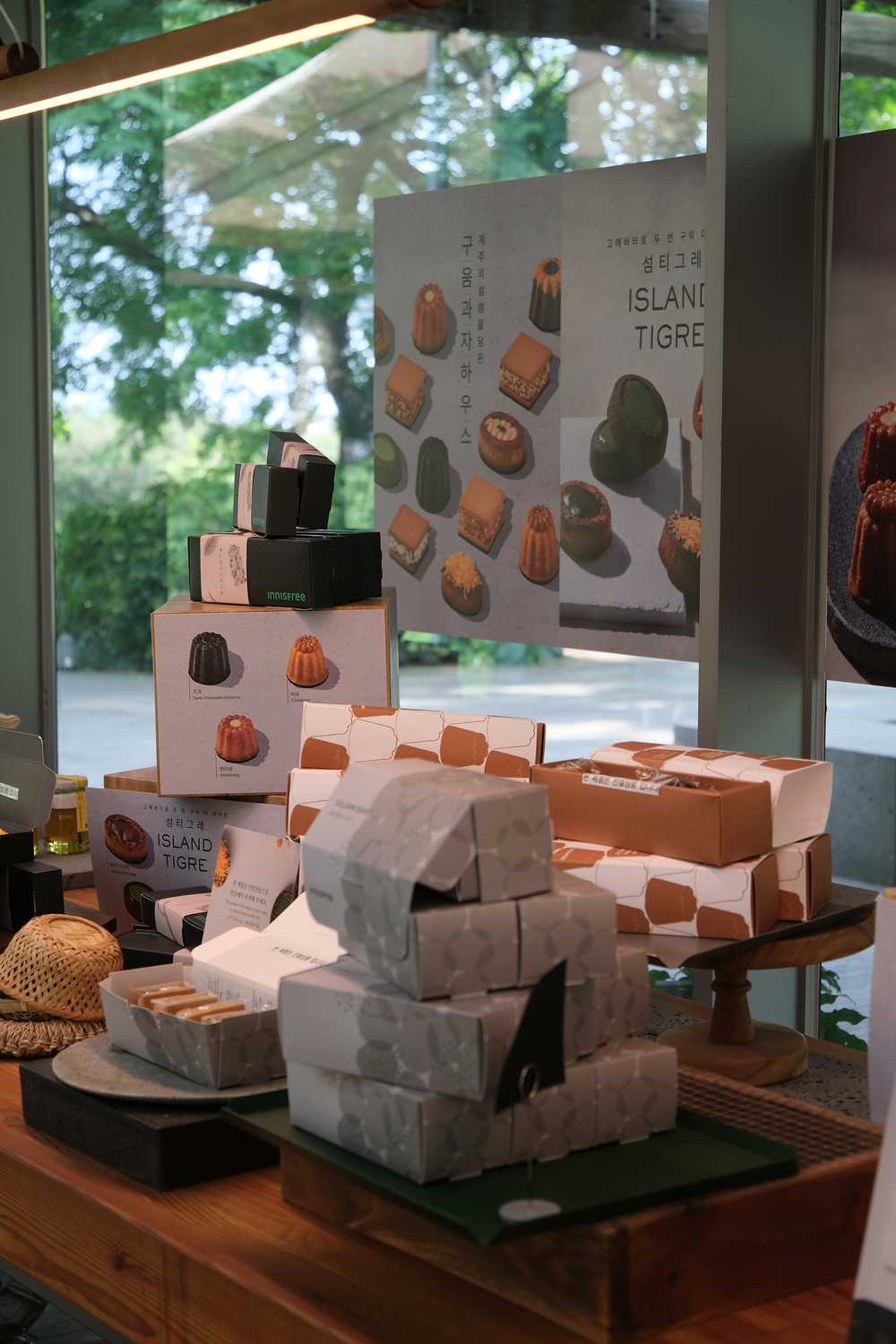

Tea on Jeju Island is not just a beverage, it's a philosophy of life. Therefore, be sure to visit the Osulloc Tea Museum on the western slopes of Hallasan Mountain. Situated amidst emerald tea plantations, this modern complex includes a museum dedicated to the history of Korean tea culture, a tea production factory, and an elegant tea house where you can sample various varieties.
Just a few minutes' walk away is the Innisfree Jeju House — the flagship store and cafe of the well-known Korean cosmetic brand that uses ingredients from the island. Local women have always used the island's bounty for beauty and health — green tea for skin, volcanic clay for cleansing, tangerine oil for hair. Now, this ancient knowledge has merged with modern technologies.
I was particularly impressed by the garden complex surrounding both buildings — carefully planned plantings reflecting the natural beauty of Jeju, with viewpoints offering panoramas of the tea plantations against the backdrop of Hallasan Mountain.
Udo Island
If Jeju Island is an island that has preserved its soul, then Udo is a place where time flows differently; I highly recommend visiting this tiny island off the east coast of Jeju.
The name 'Udo' translates to 'Cow Island' because of its shape resembling a lying cow. The ferry from Seongsan Port took me there in just 15 minutes, but it felt like I had moved to another world — slower, calmer, and more pristine.
Rent an electric scooter on the spot — the perfect way to explore this compact island with excellent roads and minimal traffic. There are eight scenic wonders on Udo that locals consider the most beautiful on all of Jeju; find them all, and you will understand the soul of this island.
Hongjodangoe Beach, also known as Coral Beach. Unlike other Jeju beaches where volcanic or regular sand predominates, here the shore consists of the tiniest fragments of white coral and shells carried by currents from the southern seas.
'Put your ear to the sand on a quiet day, and you will hear the whisper of the sea,' I read in the guidebooks. I was skeptical of these words, but to my surprise, when I followed this advice, I actually heard a quiet rustling sound — the friction of millions of tiny corals, amplified by the acoustics.
Udo Island has its own miniature version of Hallasan Mountain — a small volcanic cone only about 120 meters high.
Unlike the hours-long ascent of Hallasan, climbing this picturesque mountain takes only about 20 minutes via a well-marked trail. But the reward is disproportionate to the effort expended — the summit offers a 360-degree panorama of the entire Udo Island, and beyond it, the majestic outline of Jeju with the cone of Hallasan rising above the island.
There is a place on Udo where the nature demonstrates its full power — the impressive coastal cliffs on the eastern side of the island. Unlike the orderly basalt columns of Jusangjeolli, these cliffs are a chaotic jumble of huge boulders created by millions of years of erosion and volcanic activity.
During my visit, the weather was windy, and huge waves crashed against the rocks with a roar, creating clouds of spray that soared dozens of meters into the air.
On a small hill above the cliffs, there is an observation deck with views not only of the stone formations but also of the entire eastern side of Jeju Island with the majestic Seongsan Ilchulbong on the horizon.
Dongangyeonggul Sea Cave is a place on the northern coast of Jeju, accessible only during low tide.
Dongangyeonggul differs from other lava caves on the island. In that it is partially filled with seawater and has artistic lighting that creates a fantastical atmosphere. Official guides will tell you about the geology, but talk to the old keeper at the entrance; he knows stories about pirates who used this cave as a hideout and about the ghost of a woman who is said to appear here on the full moon.
Inside the cave, stalactites and stalagmites, illuminated by colorful lights, are reflected in the calm water surface, creating surreal images. In the deepest part of the cave, there is a small altar where local fishermen leave offerings to the sea deities before heading out to sea. 'Even in our age of technology, we maintain a connection to ancient beliefs,' the elderly keeper explained.
If you want to see the most impressive sunset on Jeju, head to Geommeolle Beach on the west of Udo Island. This beach with black volcanic rocks instead of sand creates a dramatic contrast with the blue of the sea even on an ordinary day, but at sunset, it transforms into something truly magical.
Five different sea currents meet here, so the sunset colors are so unusual — from gold to purple, with rare flashes of emerald when the sun refracts at a certain angle through the water.
Where to eat on Jeju Island:
If you think you're familiar with Korean cuisine, then Jeju Island is ready to surprise you with a gastronomic identity shaped by unique natural factors. I diligently tried to sample as many local dishes as possible, and I must confess — I left with proudly gained extra kilograms.
Jeju's gastronomy rests on three pillars: the freshest seafood harvested by haenyeo female divers; black pork raised on volcanic soil; and unique citrus fruits that grow only here thanks to the special microclimate.
This seaside restaurant is best visited at sunset — the sea view is particularly impressive at this time. The restaurant owners, a local family, have been running it for several generations, and they source many of the ingredients for their dishes themselves.
I tried: 숯불 뿔소라구이 ,숯불 고등어 한마리/반마리
Sutbul Ppulsoragui (charcoal-grilled turban snails) — shellfish grilled with minimal spices to highlight their natural flavor.
Be sure to try Sutbul Godeungeo (charcoal-grilled mackerel) — a local fish that is particularly good at this restaurant due to its freshness and cooking method. You can order a whole fish or half, depending on your appetite.
In this unassuming place in a quiet alley not far from the tourist center of Jeju City, the owner, Mr. Kim, personally selects each meat carcass from local farmers.
The interior is a traditional space with low tables and built-in grills where the meat is cooked right in front of you. The walls are hung with photographs of three generations of the owner's family who have been raising black pigs on the island.
I tried: 제주산 흑돼지 2인(600g)+된장찌개 , 계란찜
Black pork set for two (600g) with soybean paste stew (Doenjang-jjigae). This is served with traditional banchan side dishes, including five types of kimchi prepared by the restaurant owner according to family recipes.
A stylish coffee shop with a minimalist interior featuring exposed stone walls and panoramic windows creates a relaxed and creative atmosphere.
I tried: 고소한 헤이즐 땅콩크림이 듬뿍 올라간 워크인의 시그니처 크림커피 , 쑥절미라떼 국내산 쑥이 블렌딩 된 우유위에 찐한 인절미 크림이 올라간 워크인의 시그니처 크림라떼 , 플레인 퀸아망 프워크인슈페너랑스 브르타뉴 지방의 전통 디저트 플레인 퀸아망
Signature cream coffee with rich hazelnut cream, Ssuk (mugwort grown on the slopes of Hallasan) Injeolmi Latte with a thick Injeolmi cream on blended domestic mugwort milk, Plain Kouign Amann – a traditional Breton dessert – all made with local ingredients and a creative touch.
A restaurant that prepares perhaps the most tender black pork on the east coast. Each region of Jeju has its own nuances in preparing black pork; here, the specialty is that the meat is quickly pan-fried over high heat, preserving its juiciness inside.
I tried: 금돗 성산일출봉 흑돼지600g
Premium black pork set (600g).
This restaurant specializes in the combination of black pork and the freshest seafood, delivered directly by haenyeo — female divers.
I tried: 명품 숙성 흑돼지 2인세트 500g , 세트구성 : 흑돼지김치찌개,계란찜,블랙타이거새우2마리,새송이버섯,양파,고사리,명이나물등등
A set of aged black pork, which includes an impressive assortment: kimchi soup with pork, egg custard, two marinated black tiger shrimp, mushrooms, and a variety of vegetable side dishes.
>This Western cuisine restaurant is located near Hyeopjae Beach on the west coast and offers creative dishes where Italian and French techniques meet local ingredients.
I tried: 갈치파스타 지금의 찰리스를 존재하게 해준, 찰리스의 오리진 시그니처 갈치파스타!! 많은 분들의 요청으로 다시 돌아왔습니다!! , 풍기 (버섯) 피자 4가지 이상의 버섯과 바질 페스토를 토핑한 피자, 전용 딥 소스와 함께 곁들이면 입안의 풍미가 가득!!
Galchi (hairtail fish — a local delicacy) pasta, Funghi (mushroom) pizza topped with four or more types of mushrooms and basil pesto from the restaurant's own garden.
This unassuming, home-style restaurant, whose name roughly translates to 'House by the Stone,' serves the kind of dishes Koreans eat at home. It's a true example of a 'mama cafe' — where the owner cooks according to her grandmother's recipes.
I tried: 해물라면 문어와 전복 등 각종 해산물이 들어간 해장에 좋은 돌갱이네집의 대표 해물라면!!!(맵기조절가능/포장가능), 문어숙회 한접시
Seafood ramen with octopus and abalone — the restaurant's signature dish, great for a hangover (spice level adjustable/takeout available). Boiled octopus (Muneo-sukhoe) — a simple yet exquisite dish showcasing the quality of local seafood.
This unique place is a combination of a cosmetics store of a well-known brand using Jeju ingredients and a cafe with healthy cuisine. The building's modern eco-design harmoniously blends into the surrounding landscape, with an abundance of natural materials and panoramic windows overlooking green tea fields.
I tried: Black Sesame Seed Chilsungdol Cake, Oreum sausage burger set, Haenyeo basket brunch.
Black Sesame Seed Chilsungdol Cake, Oreum sausage burger set with locally sourced sausages, Haenyeo basket brunch — a balanced set of snacks inspired by the diet of female divers.

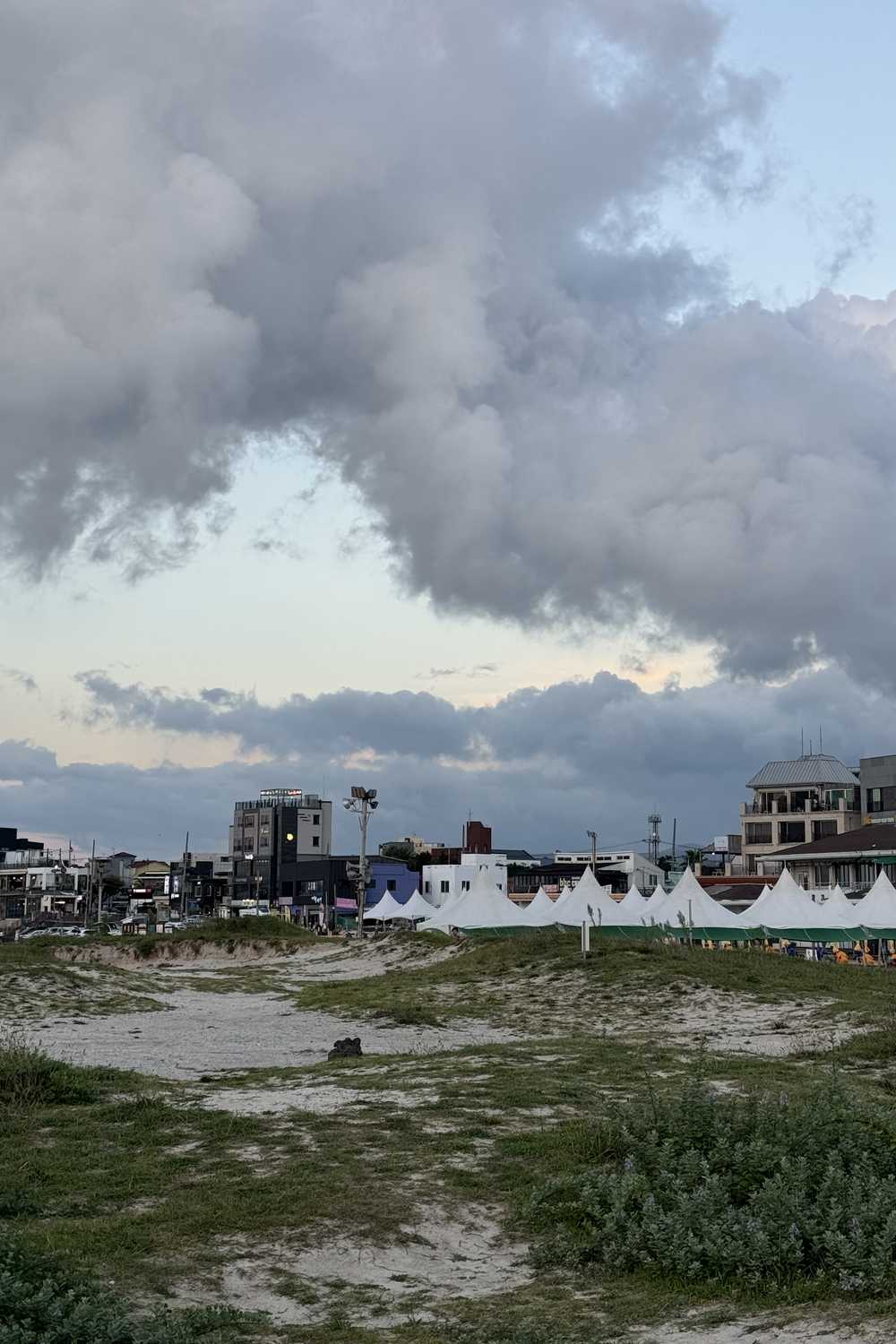
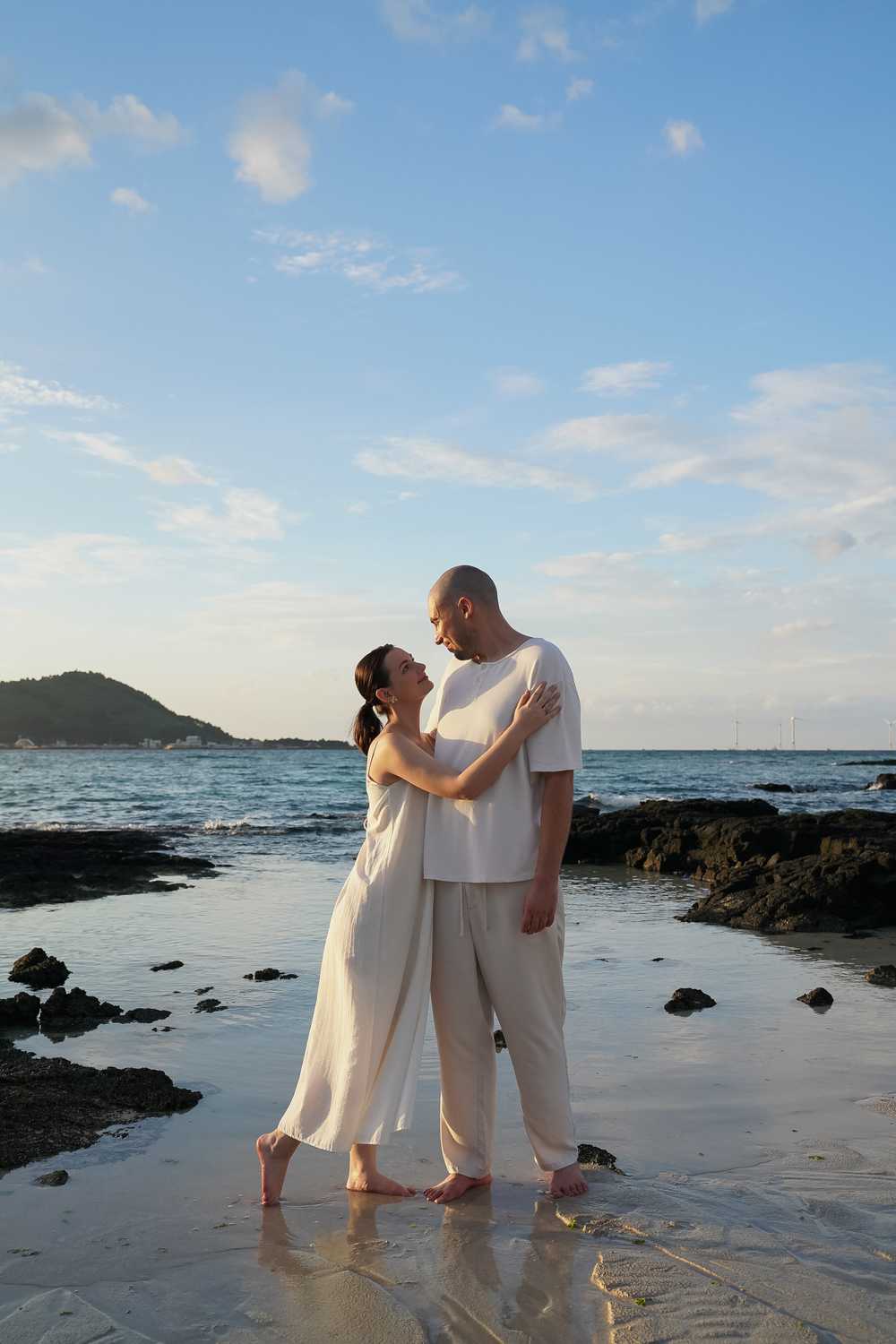
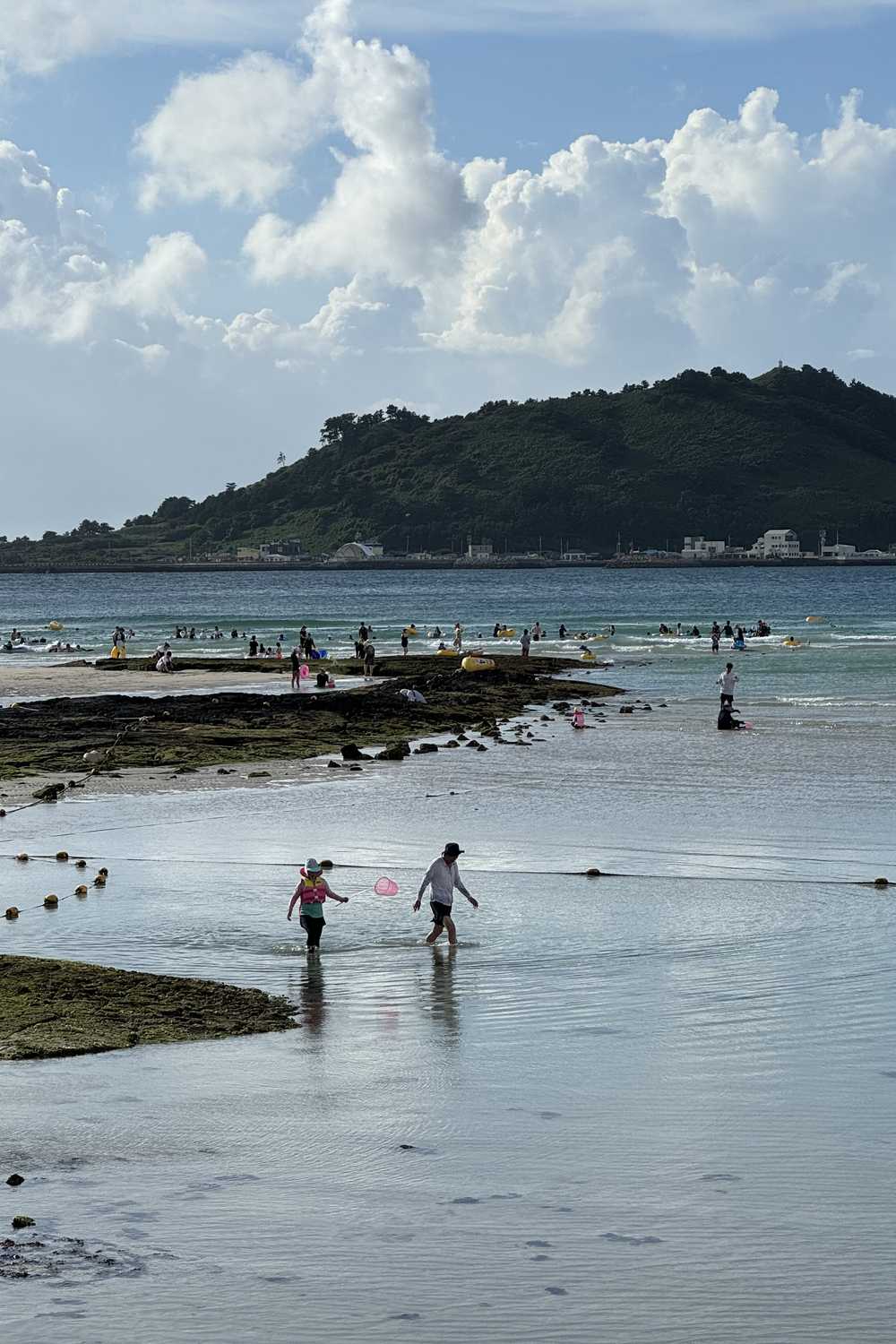
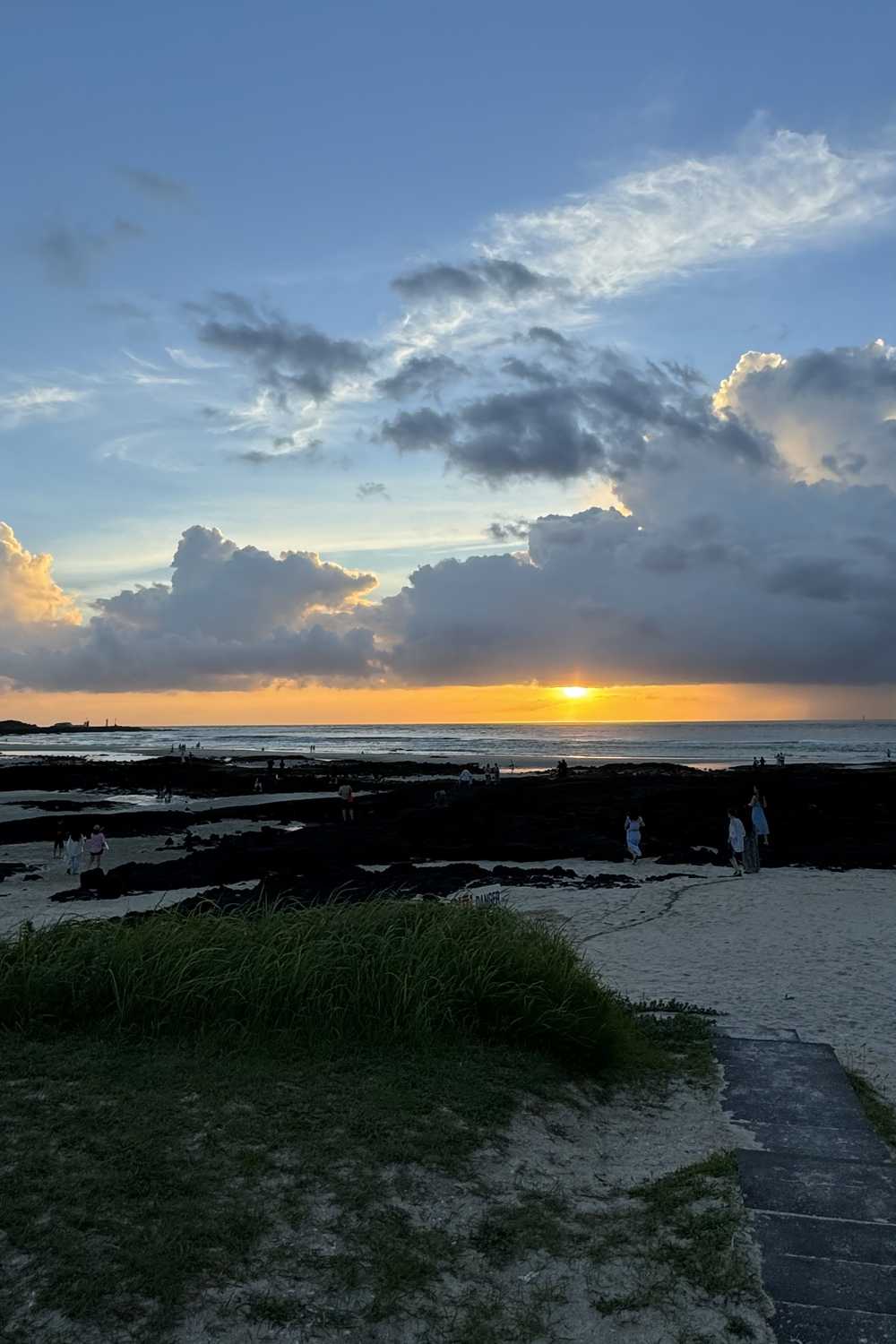
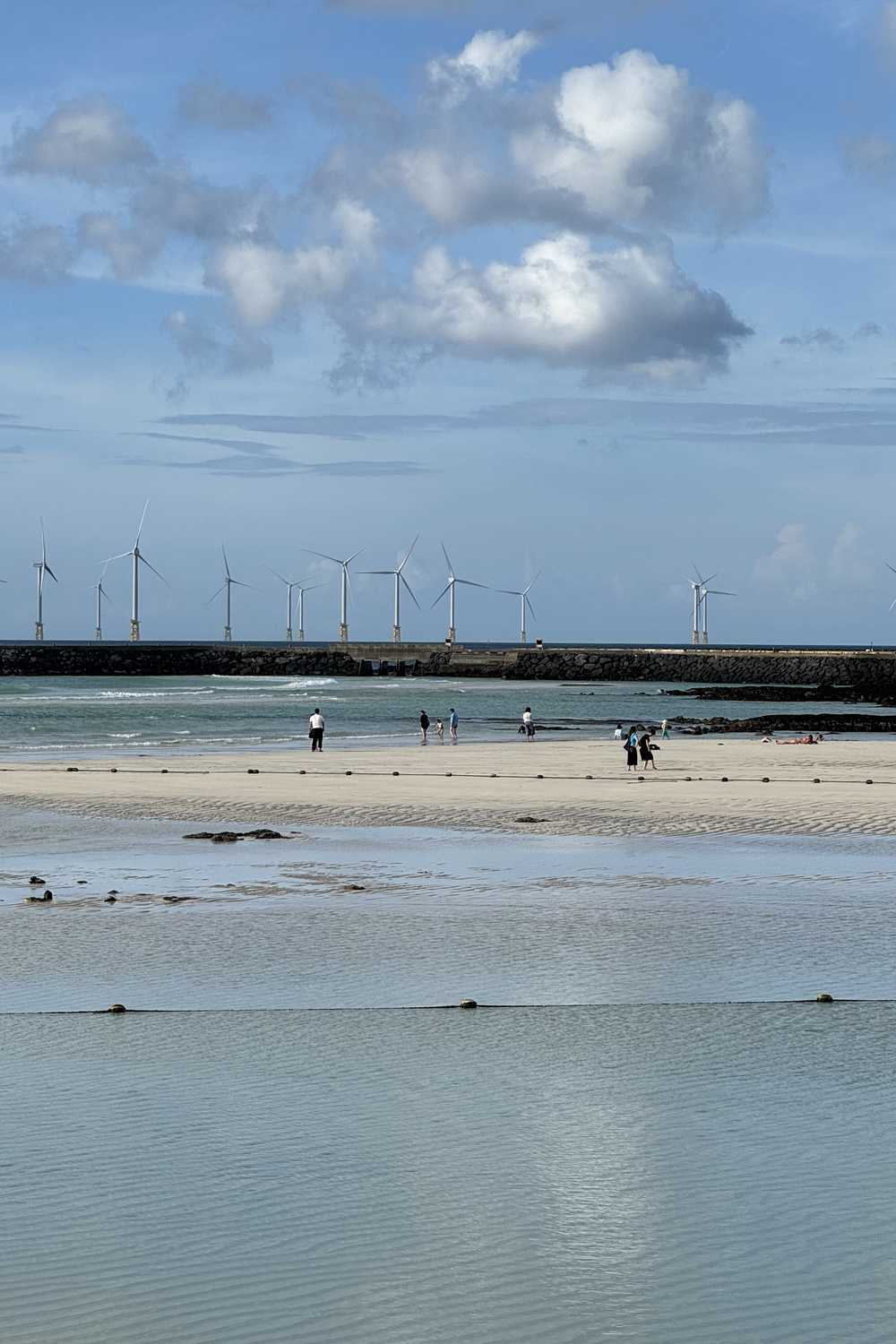
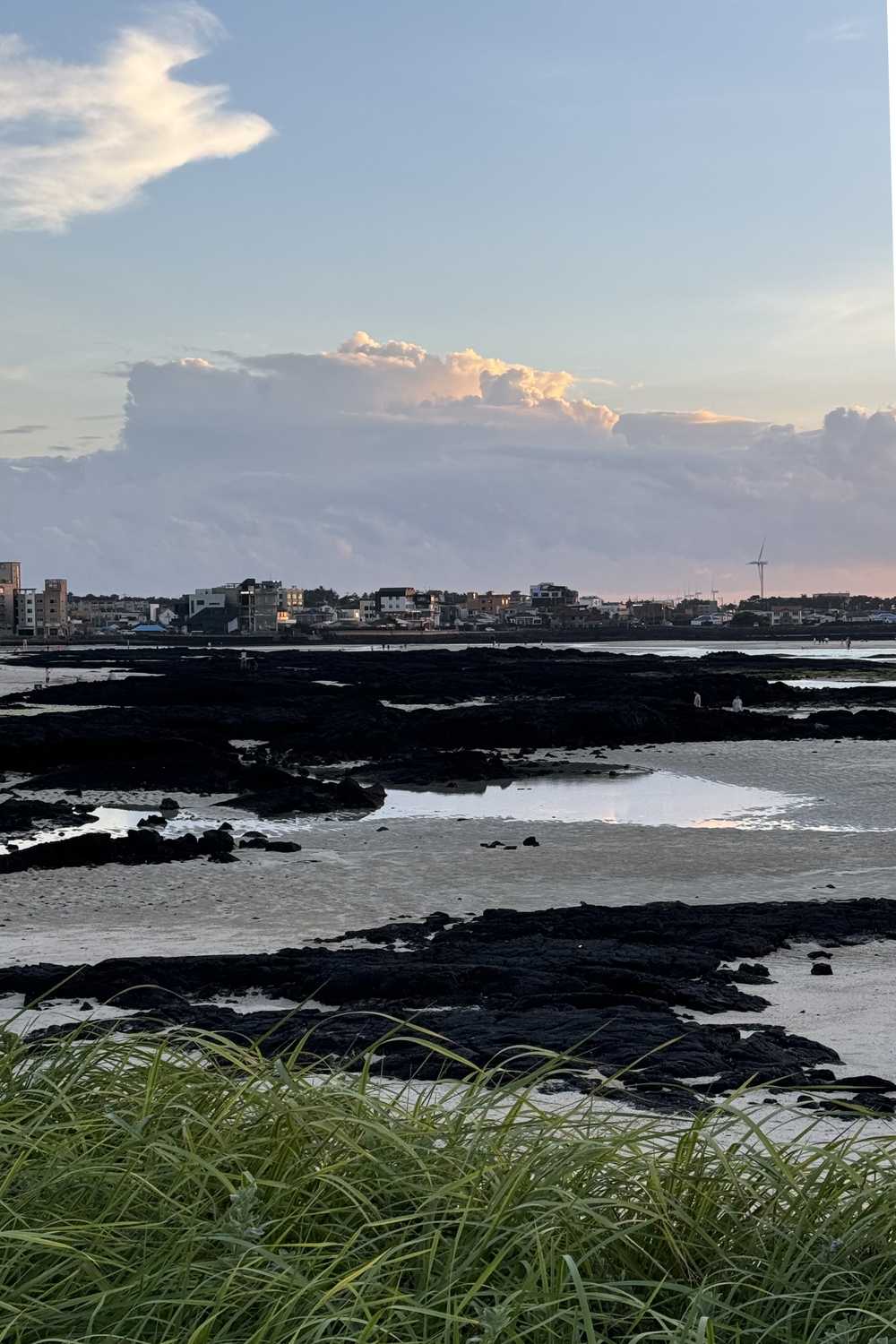
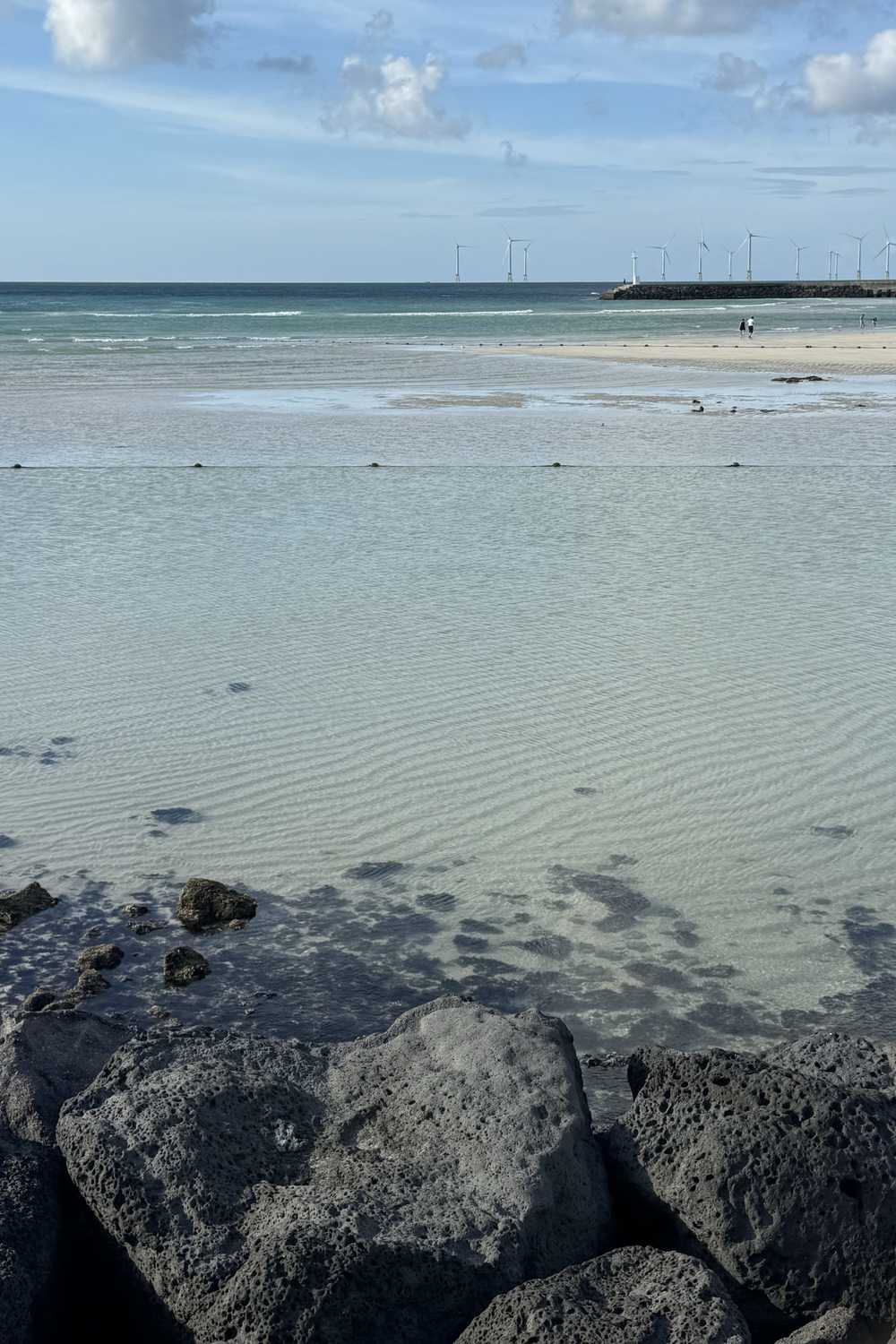
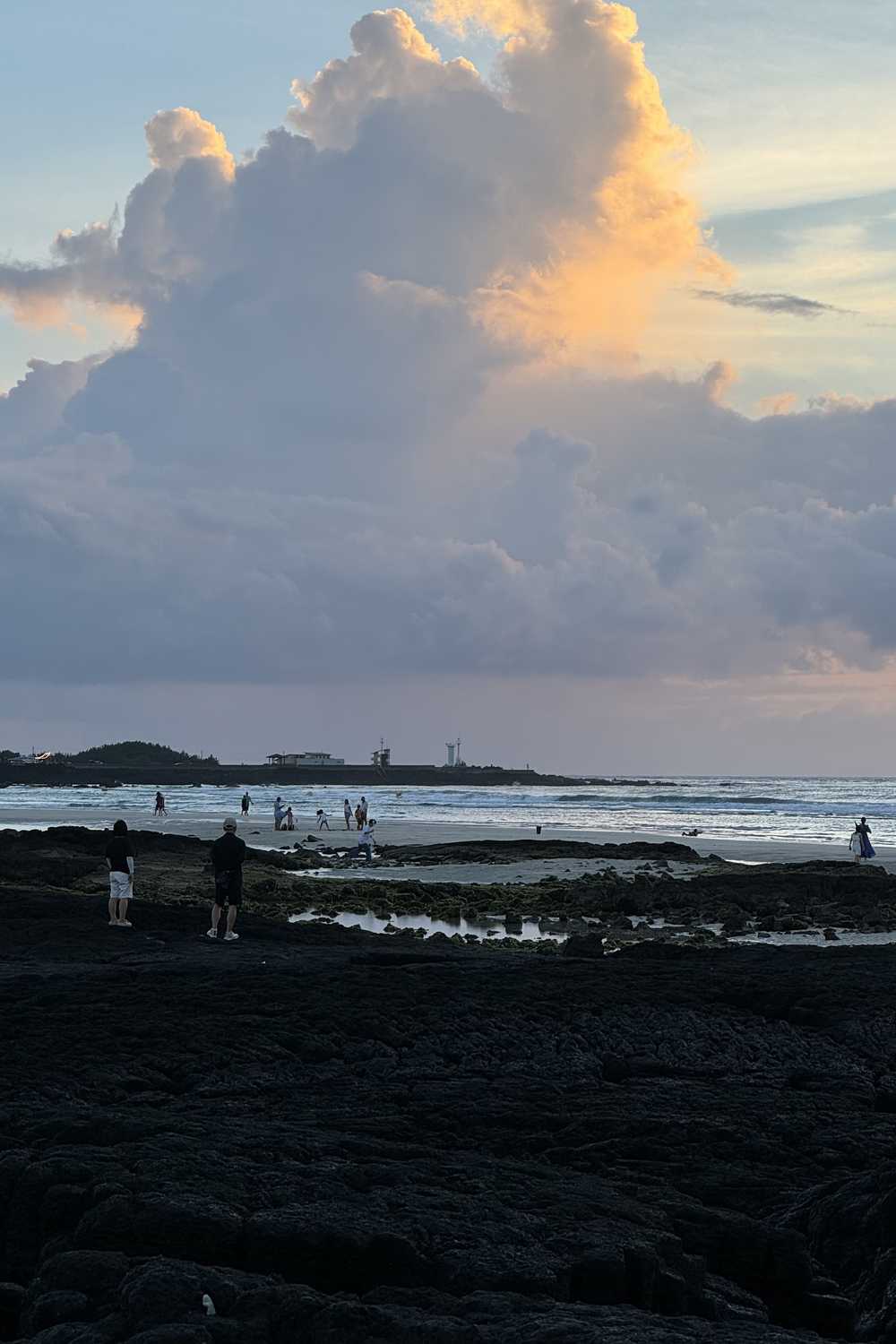
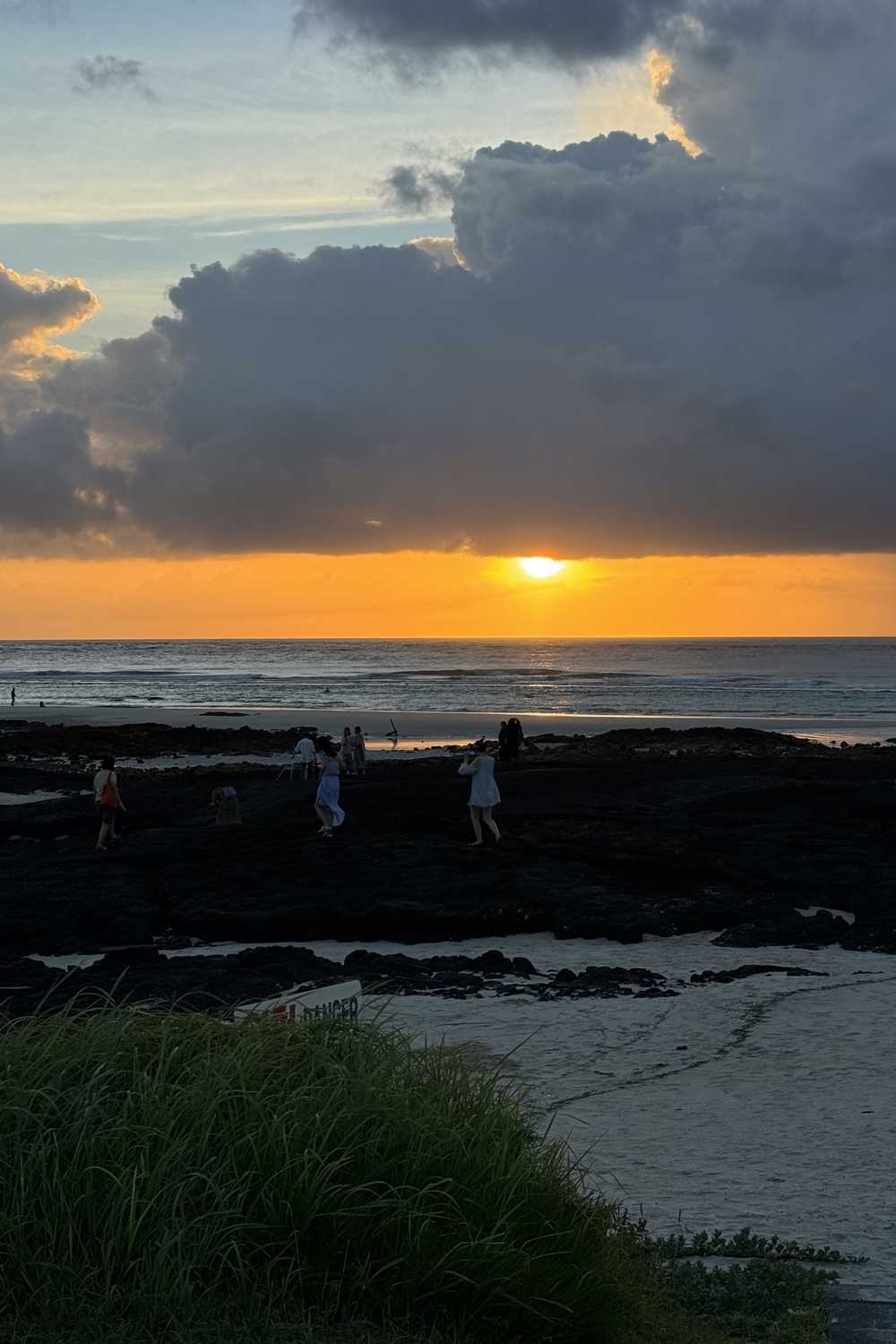
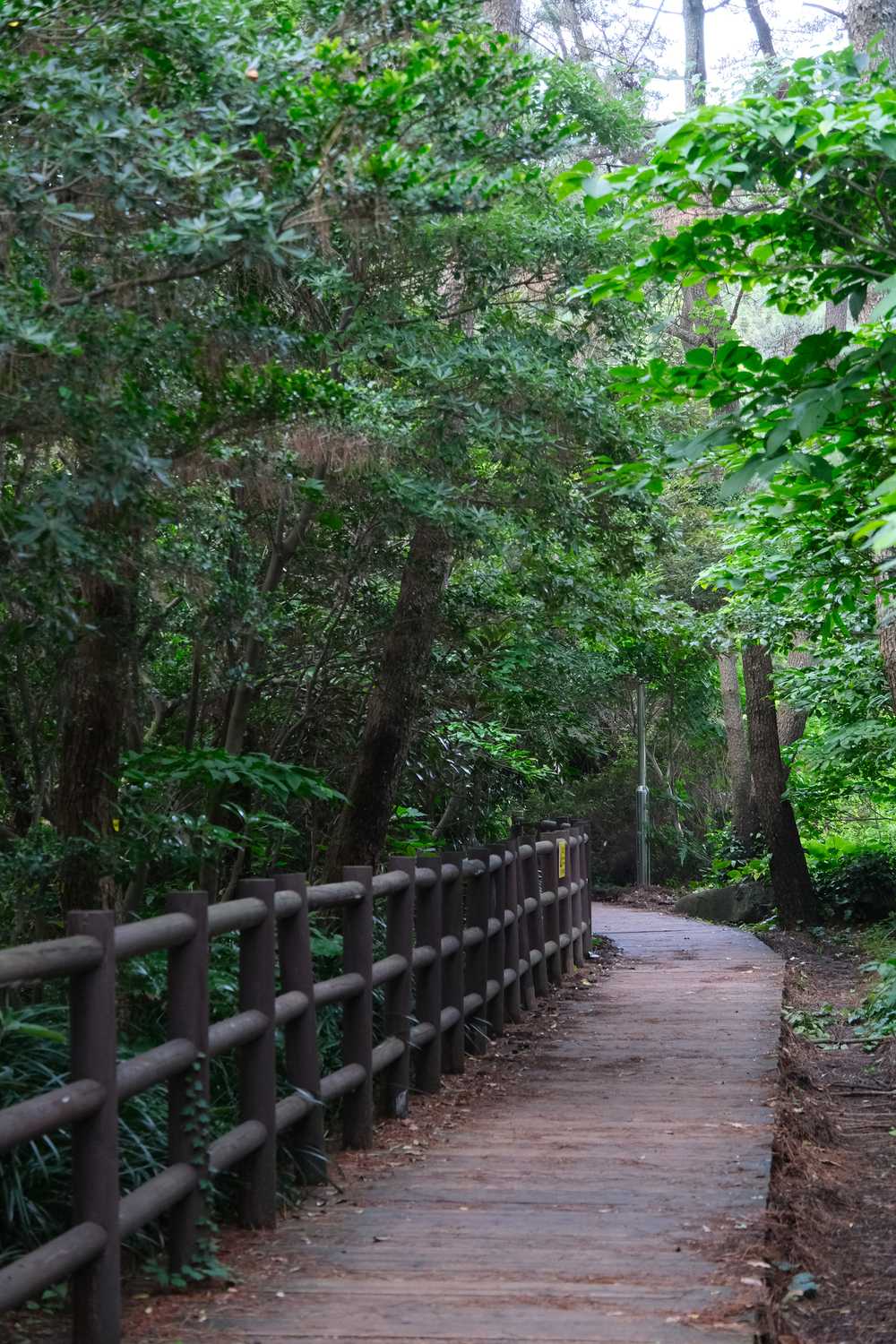



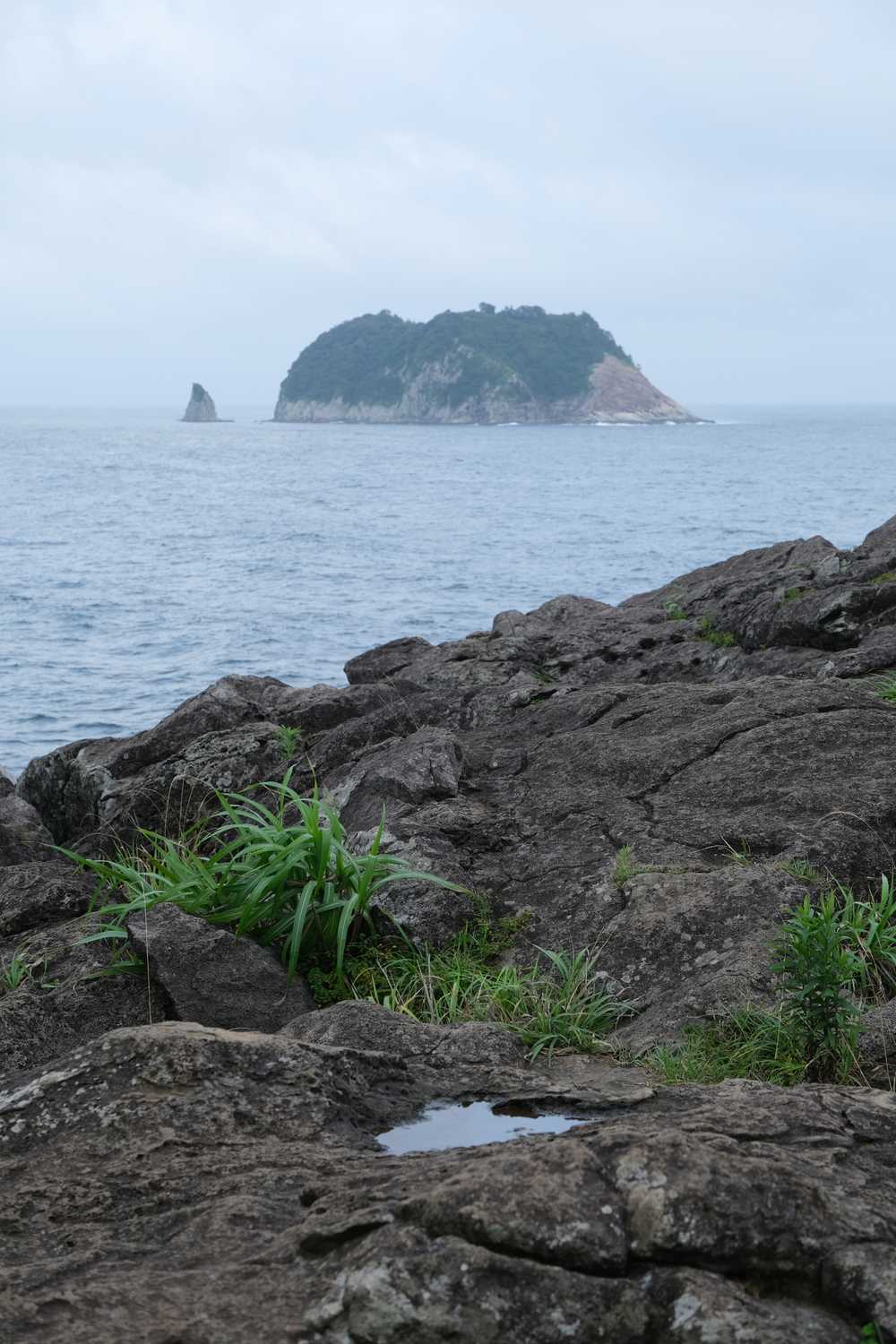
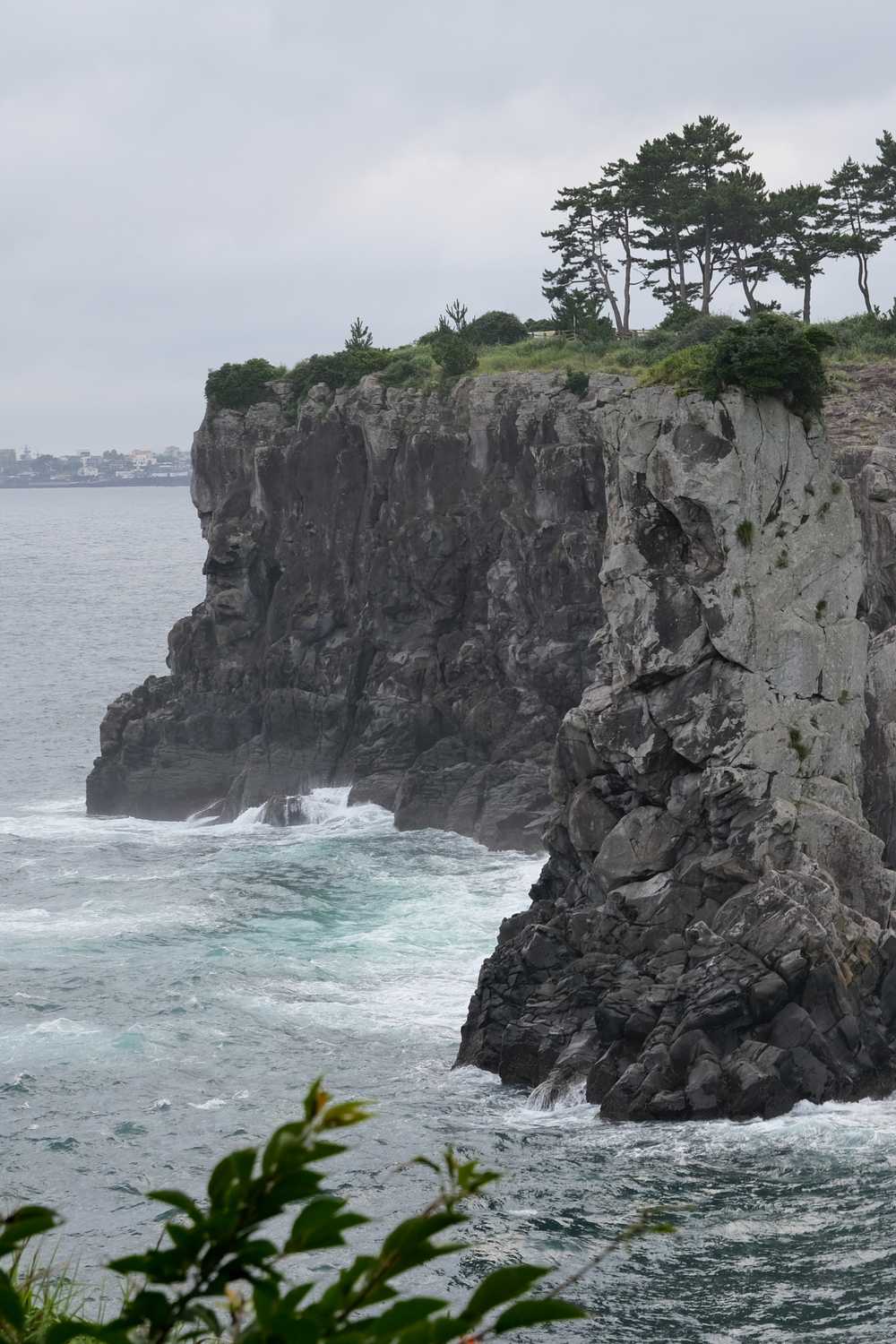


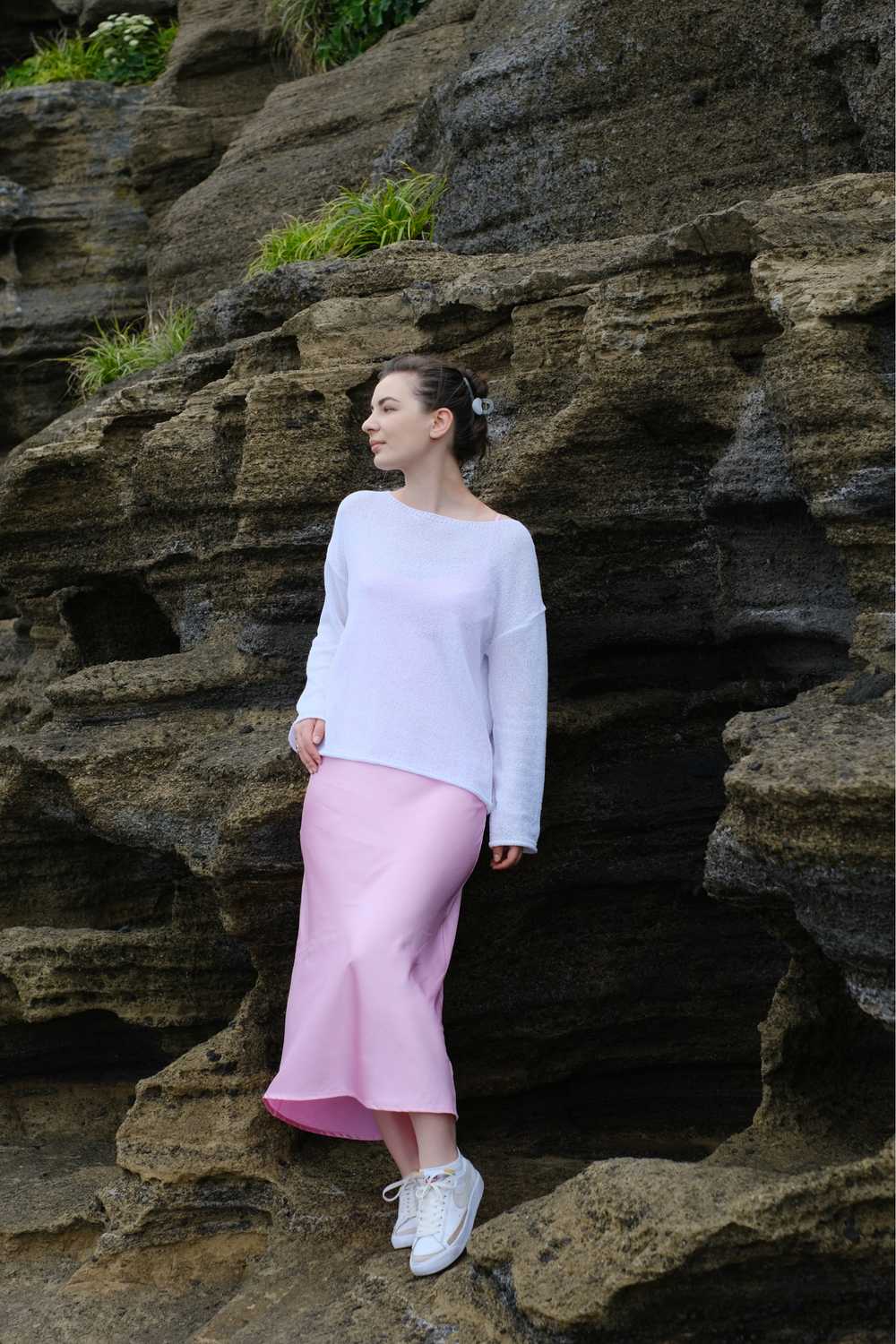
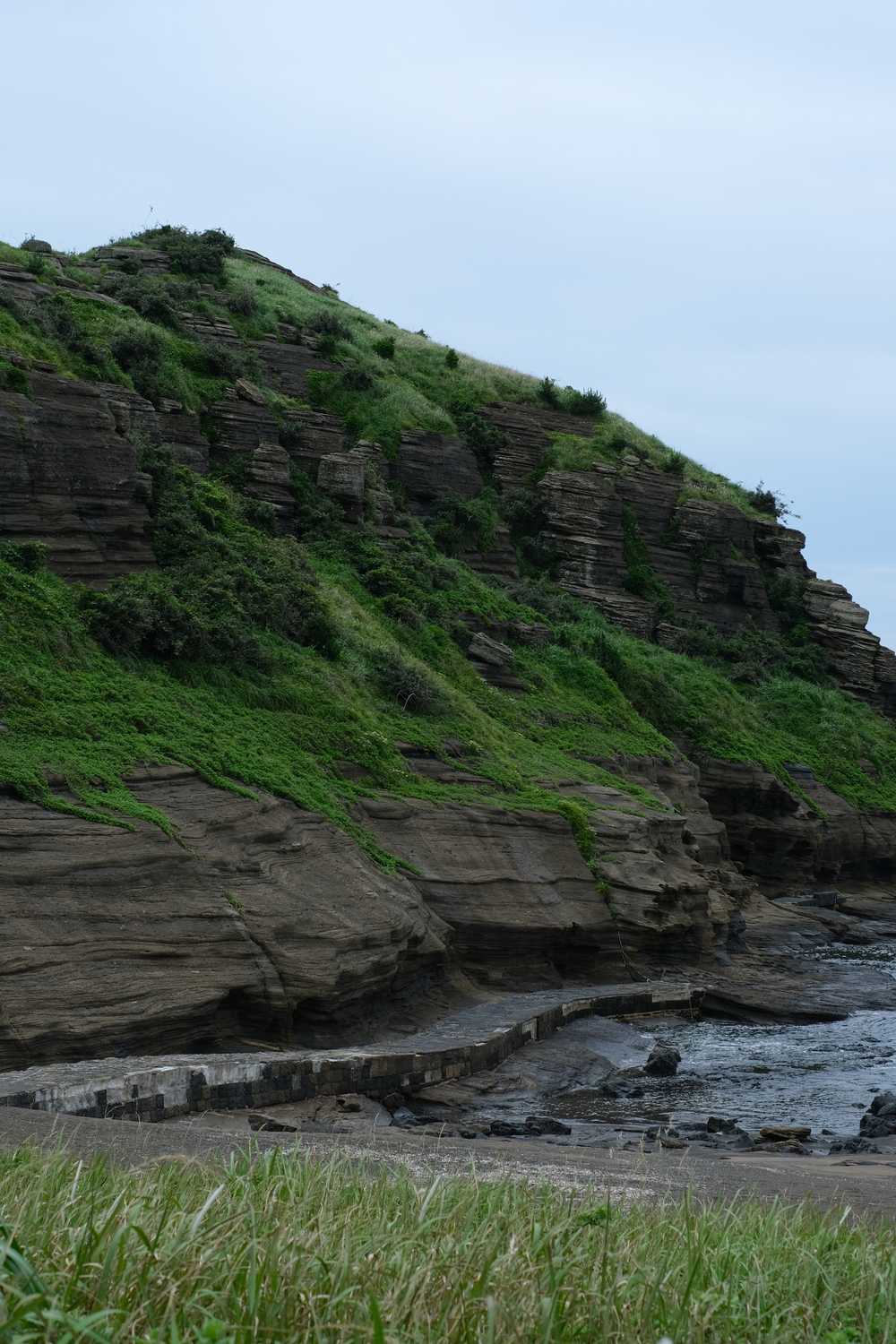
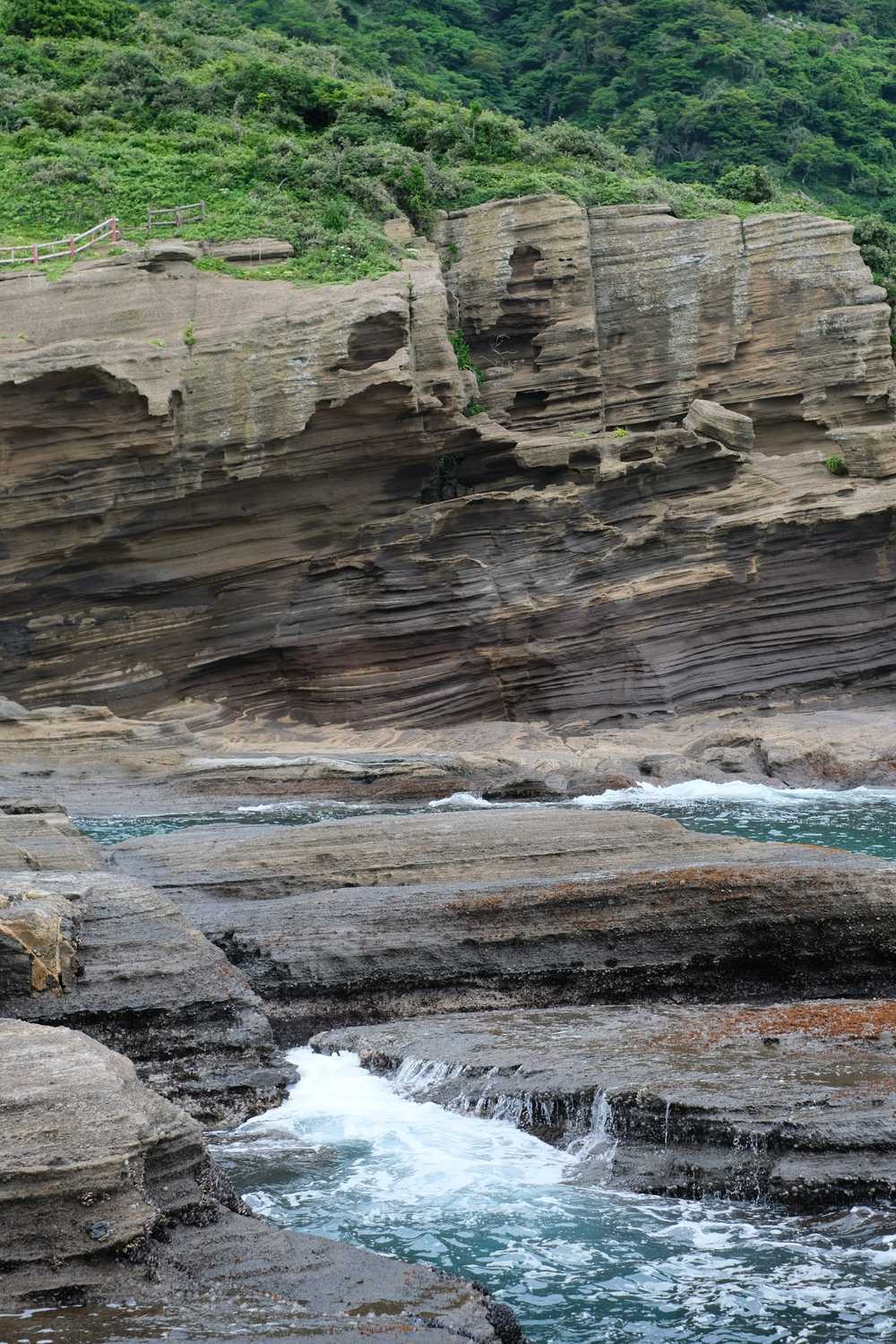
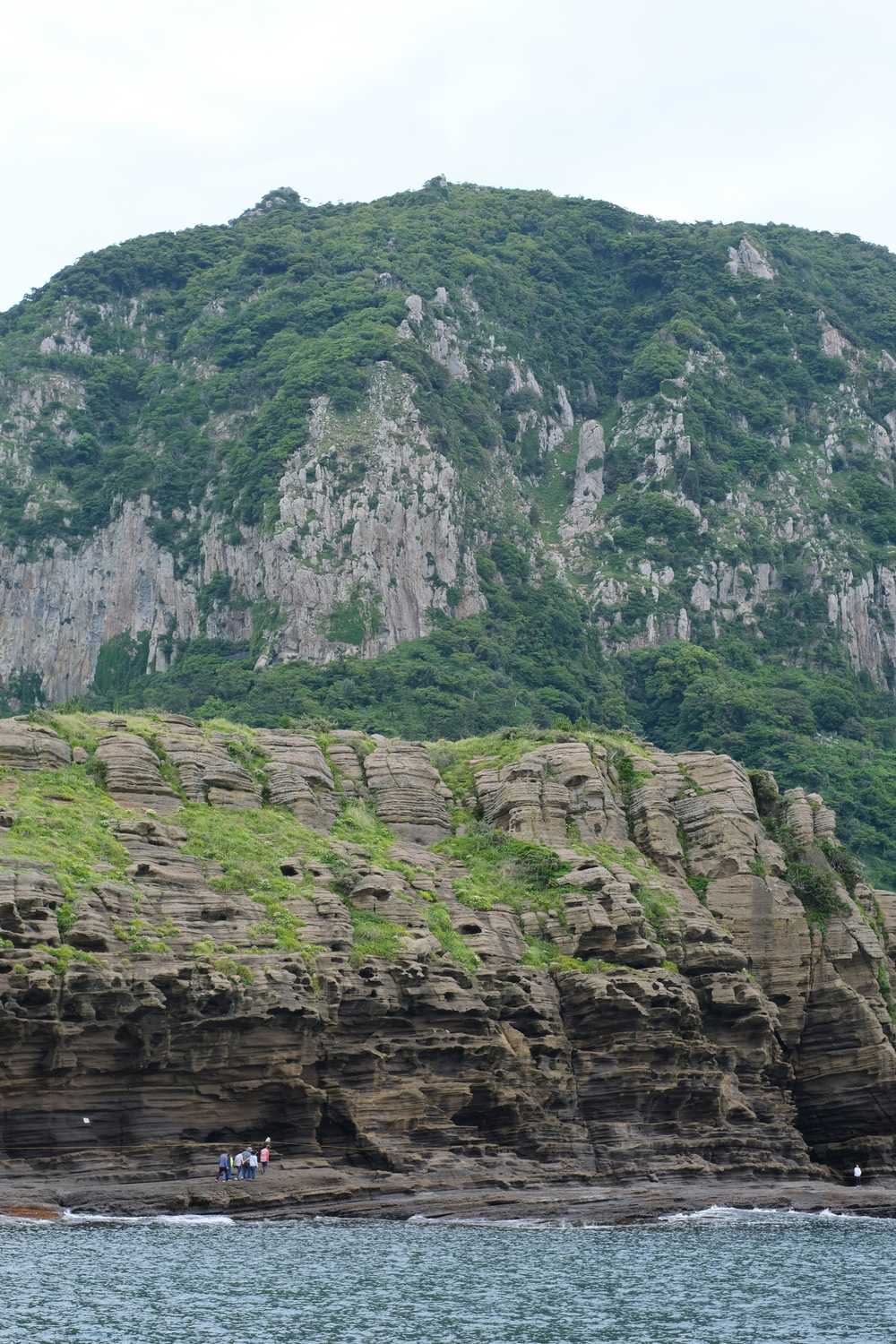
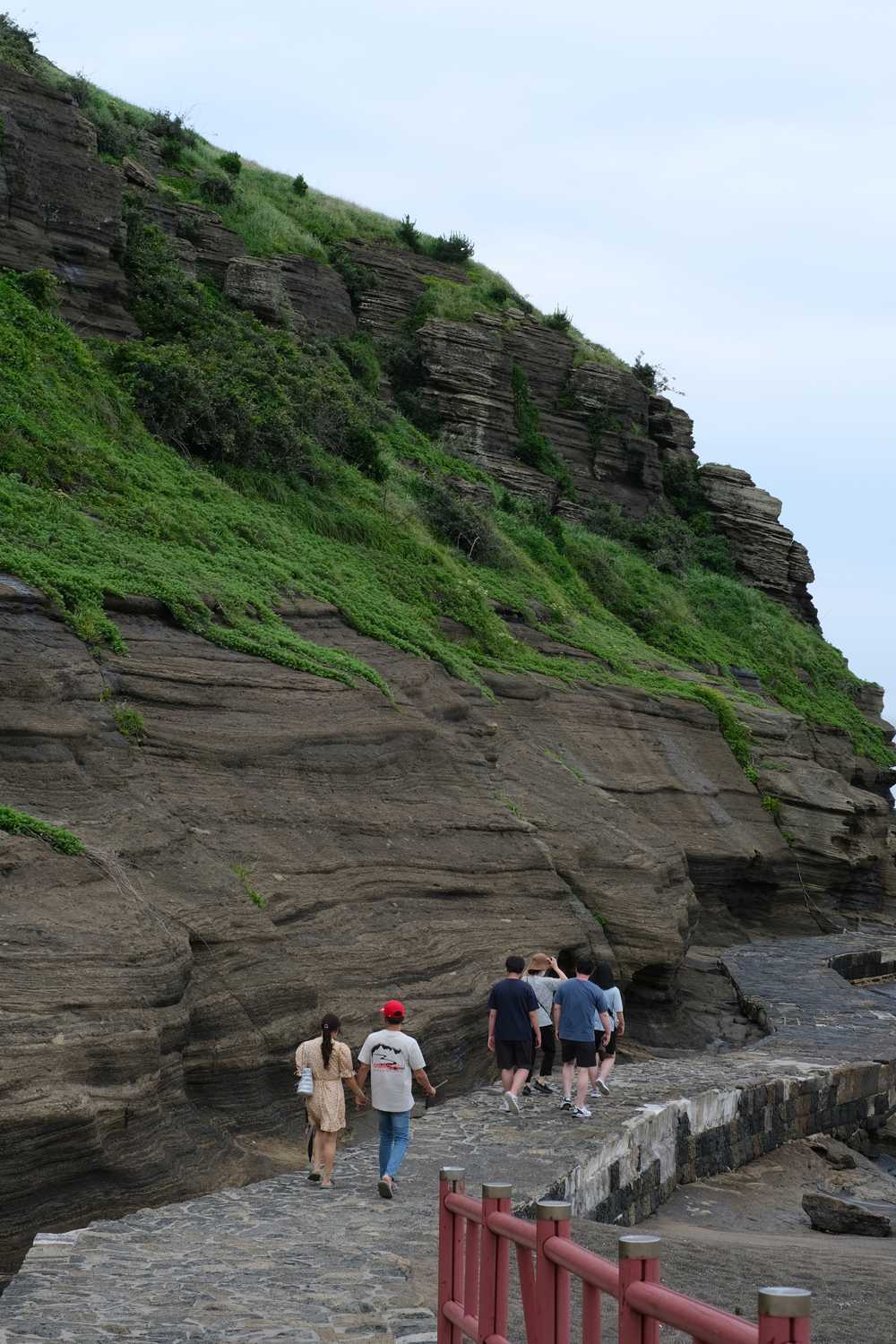
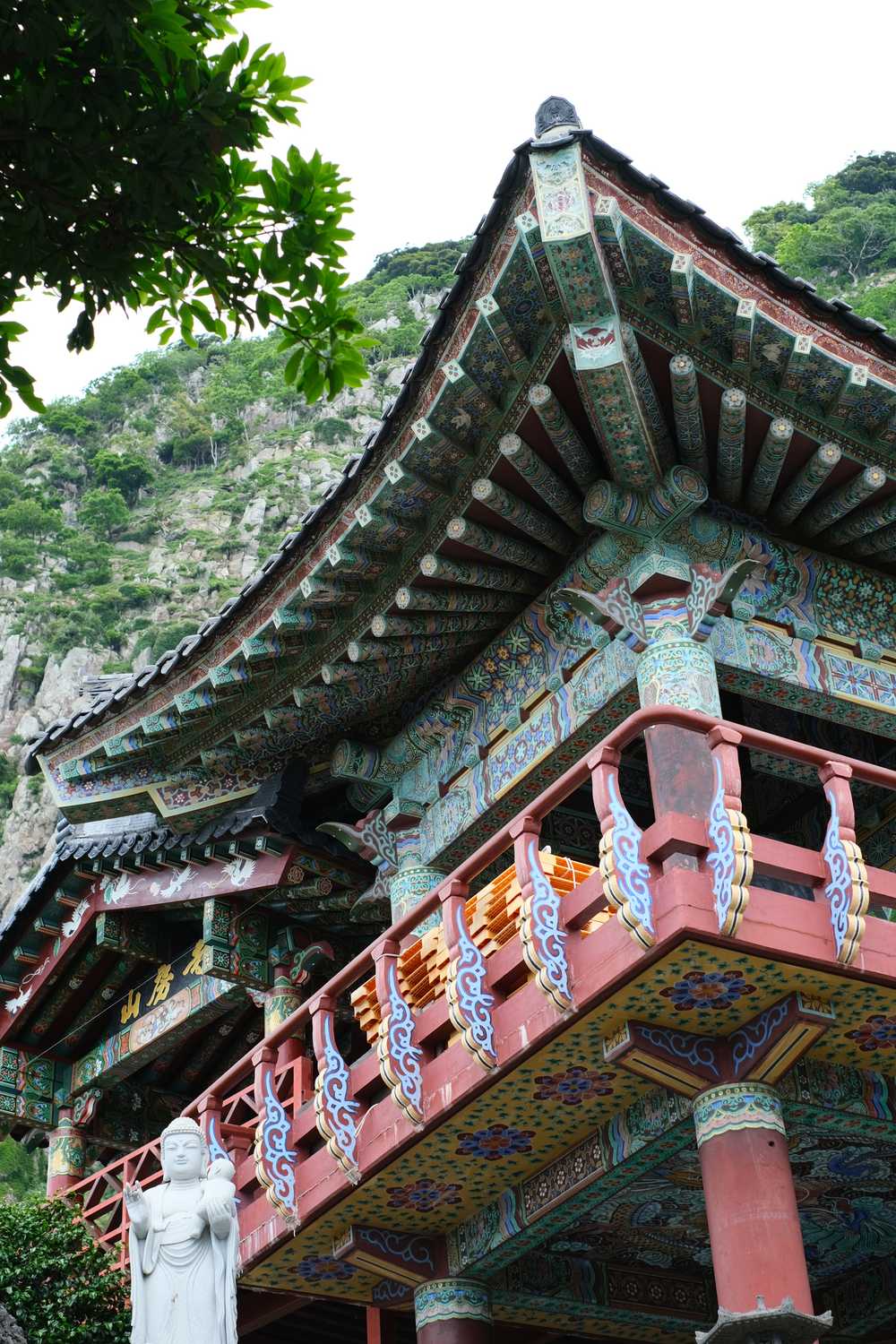
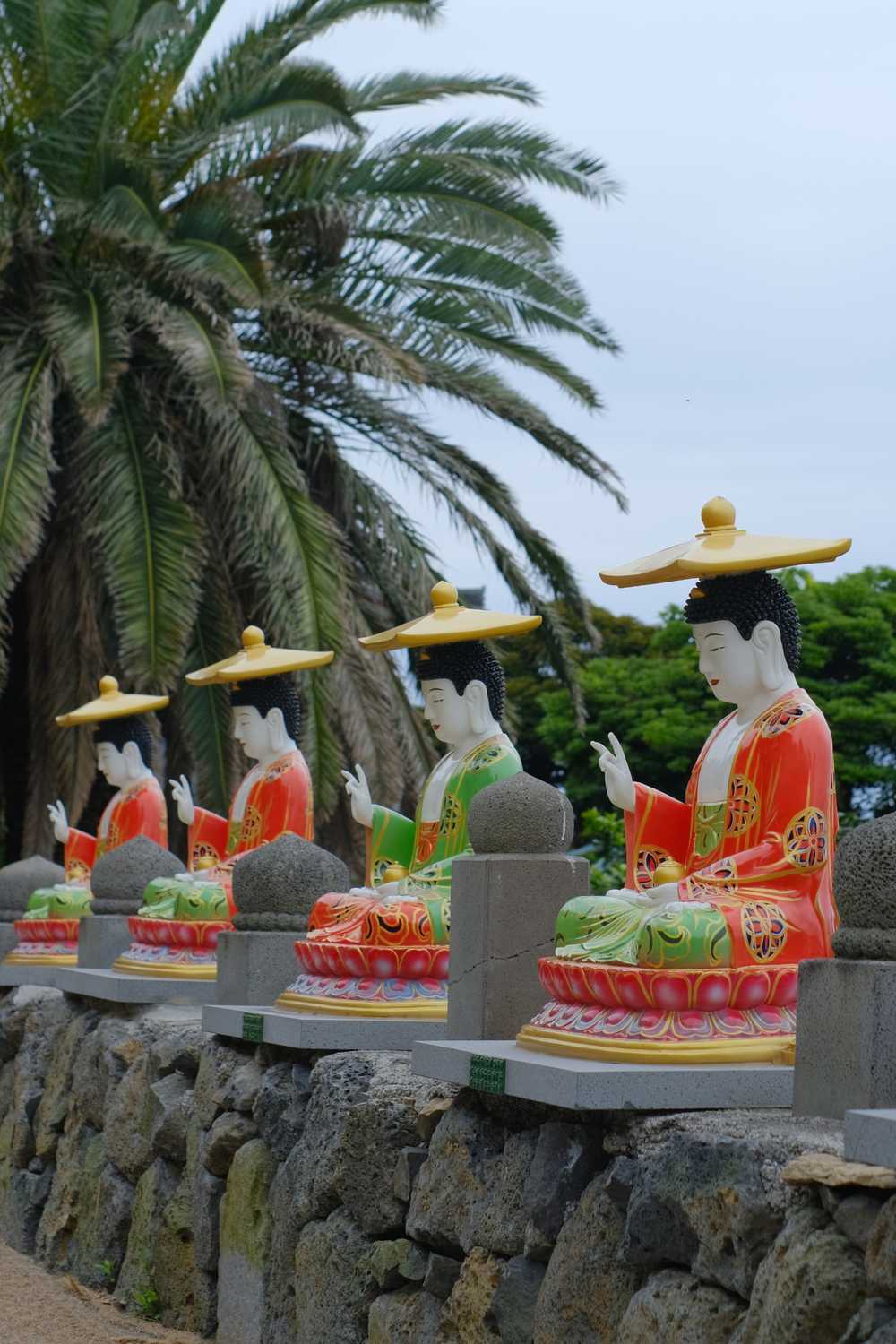
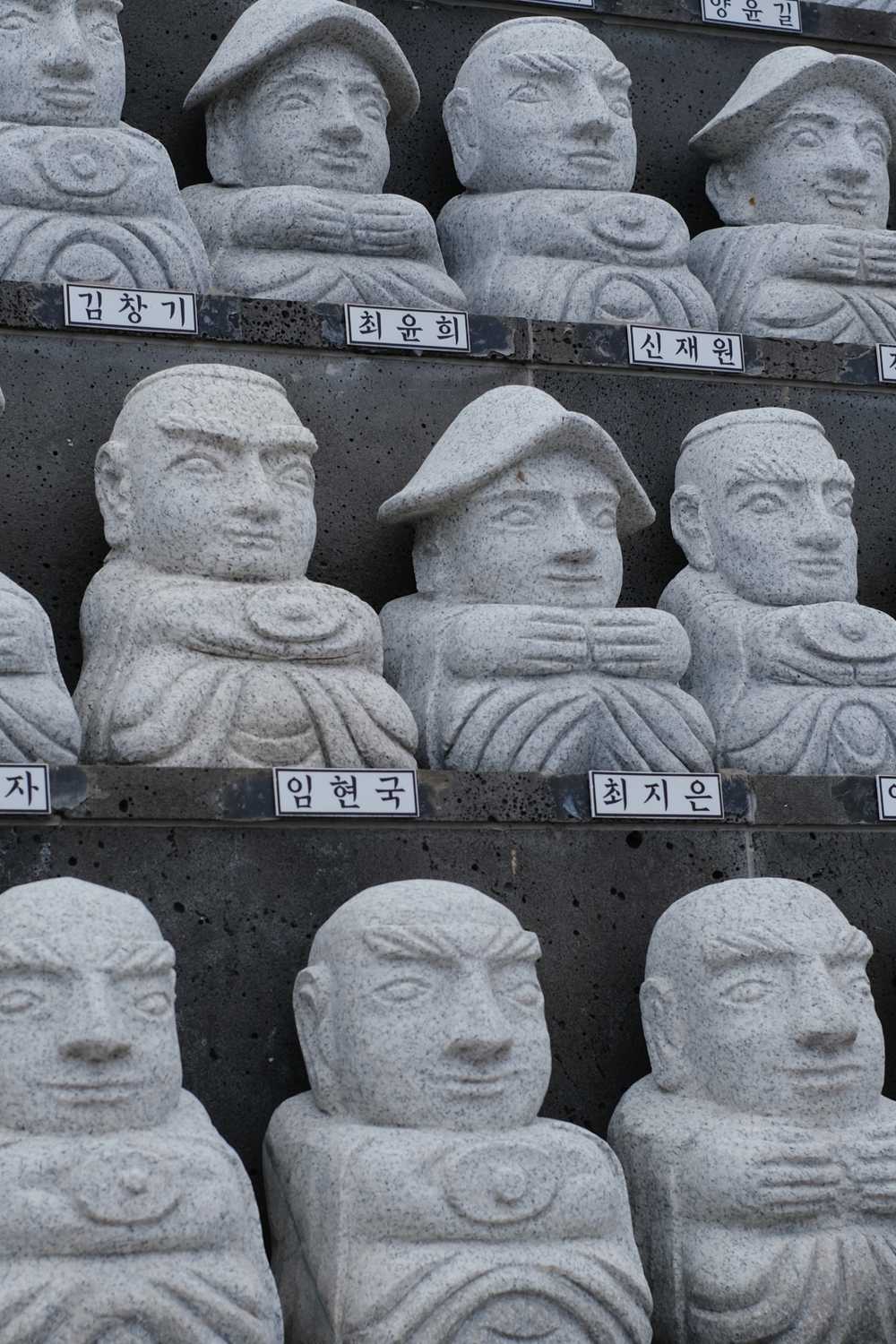
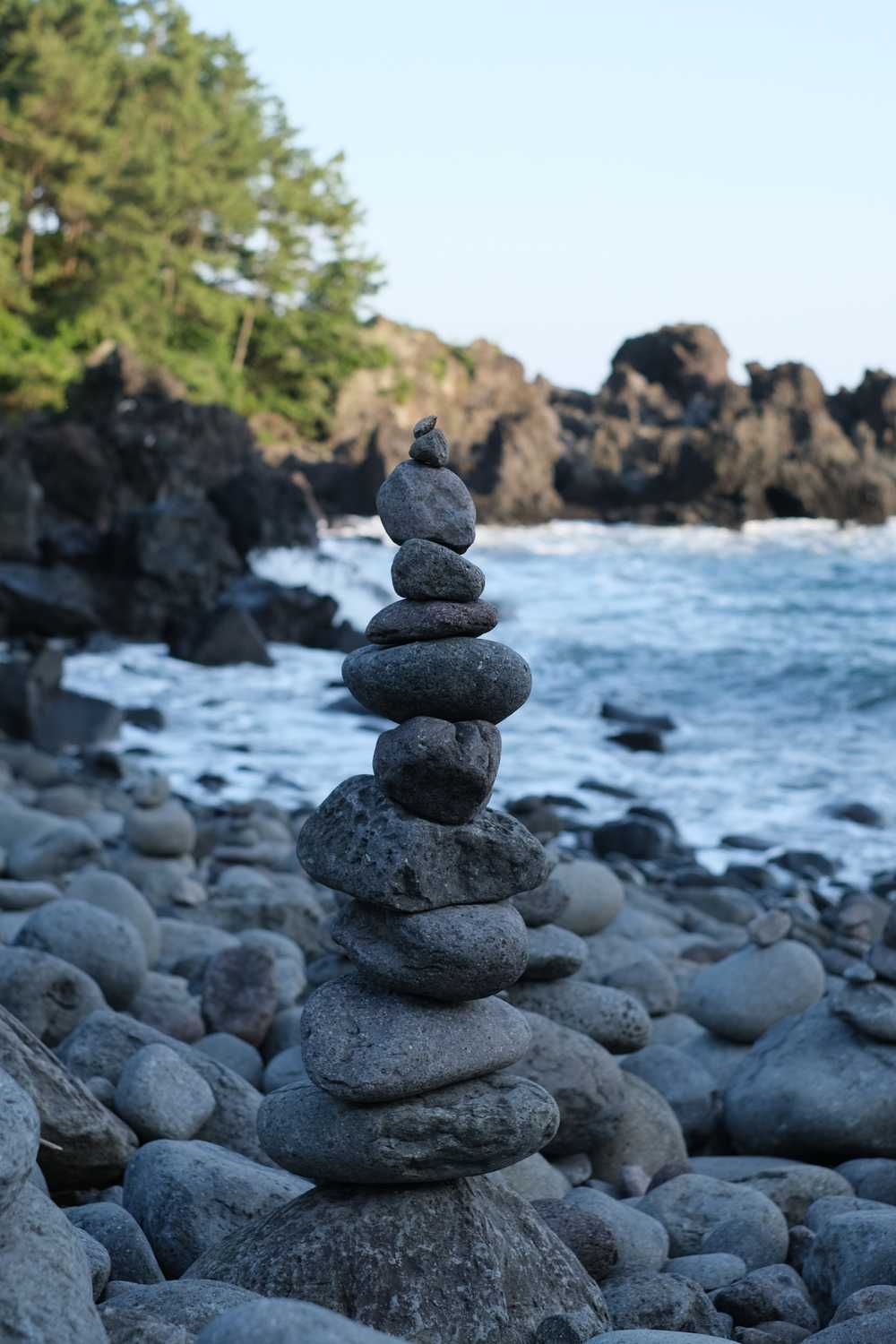

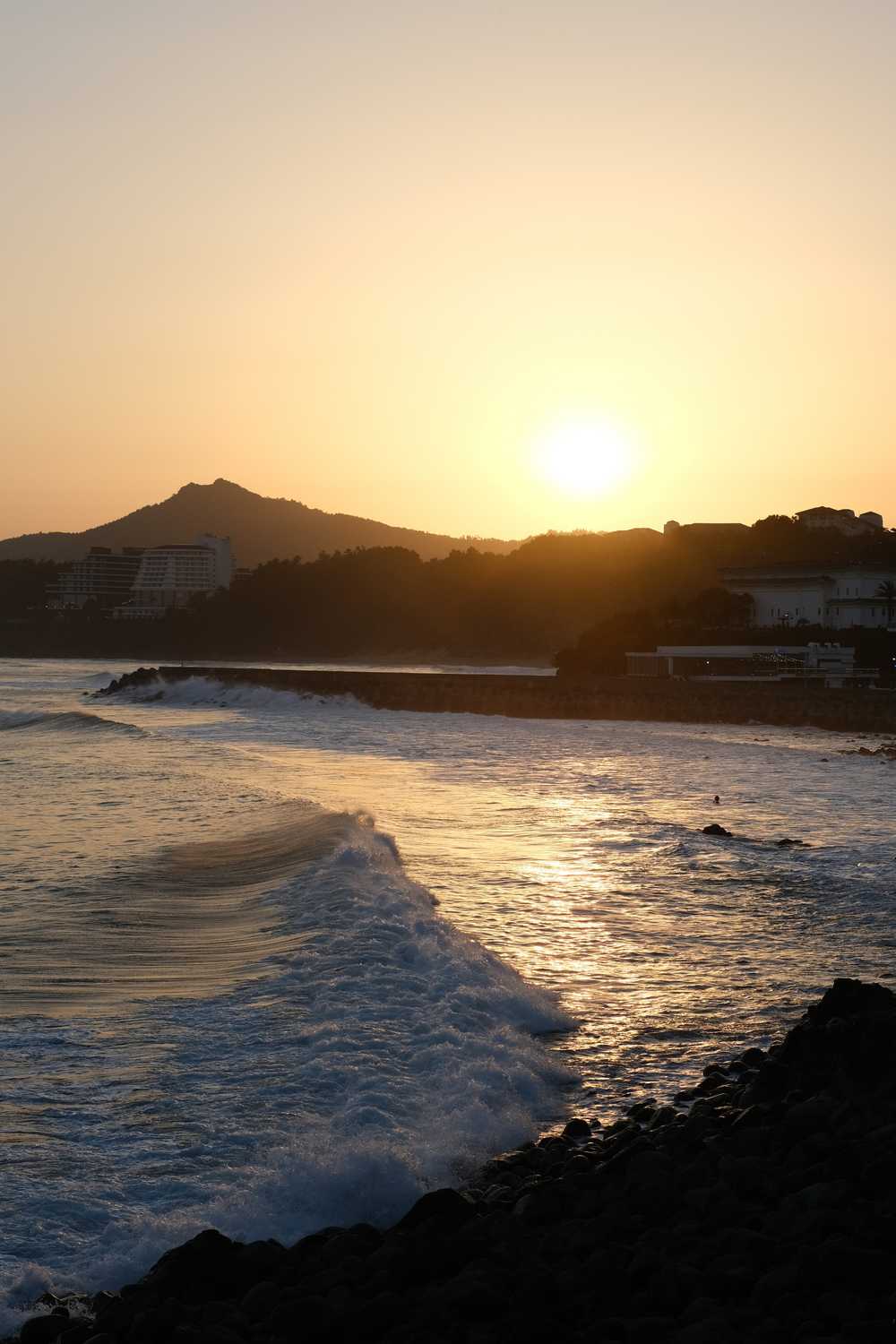
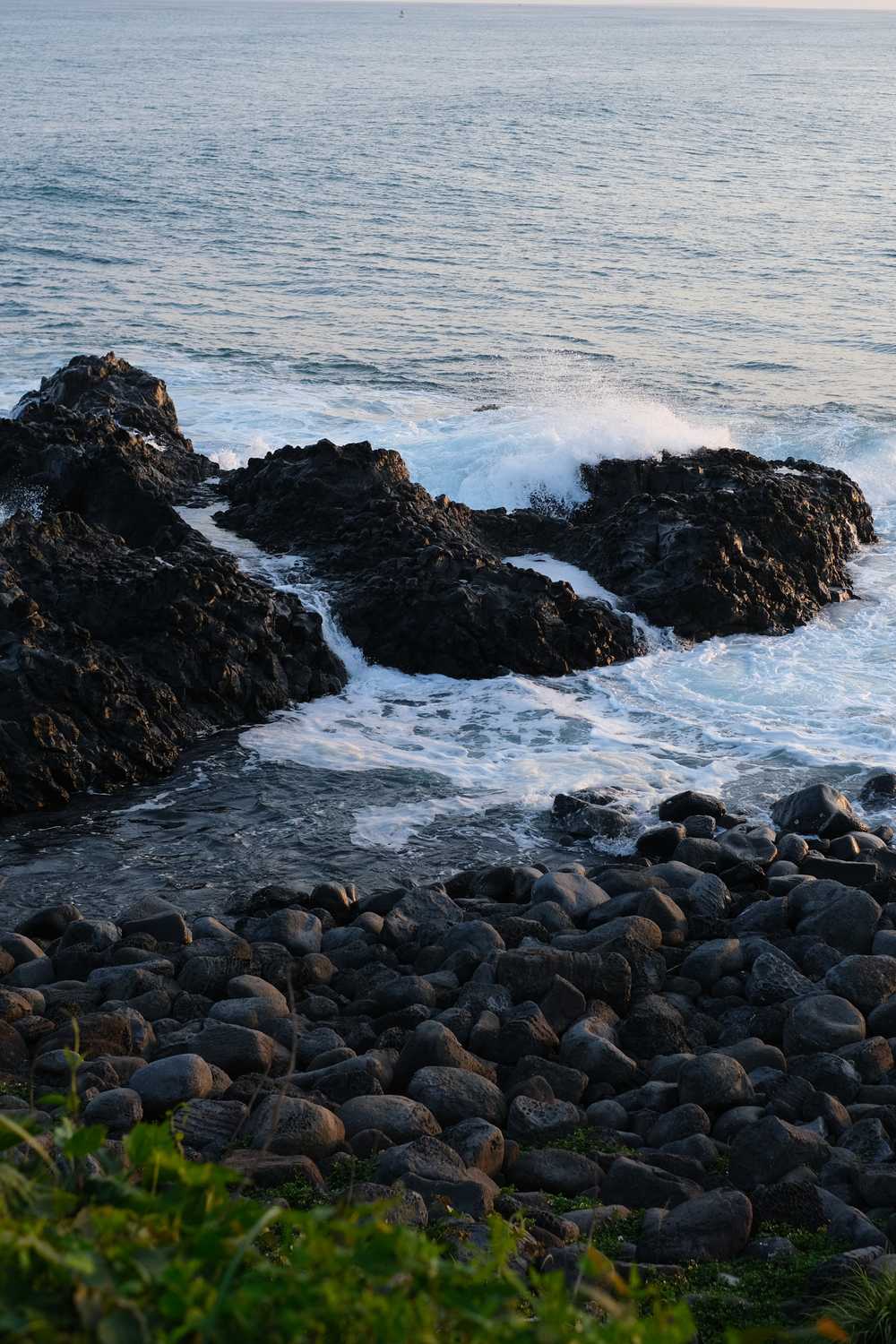
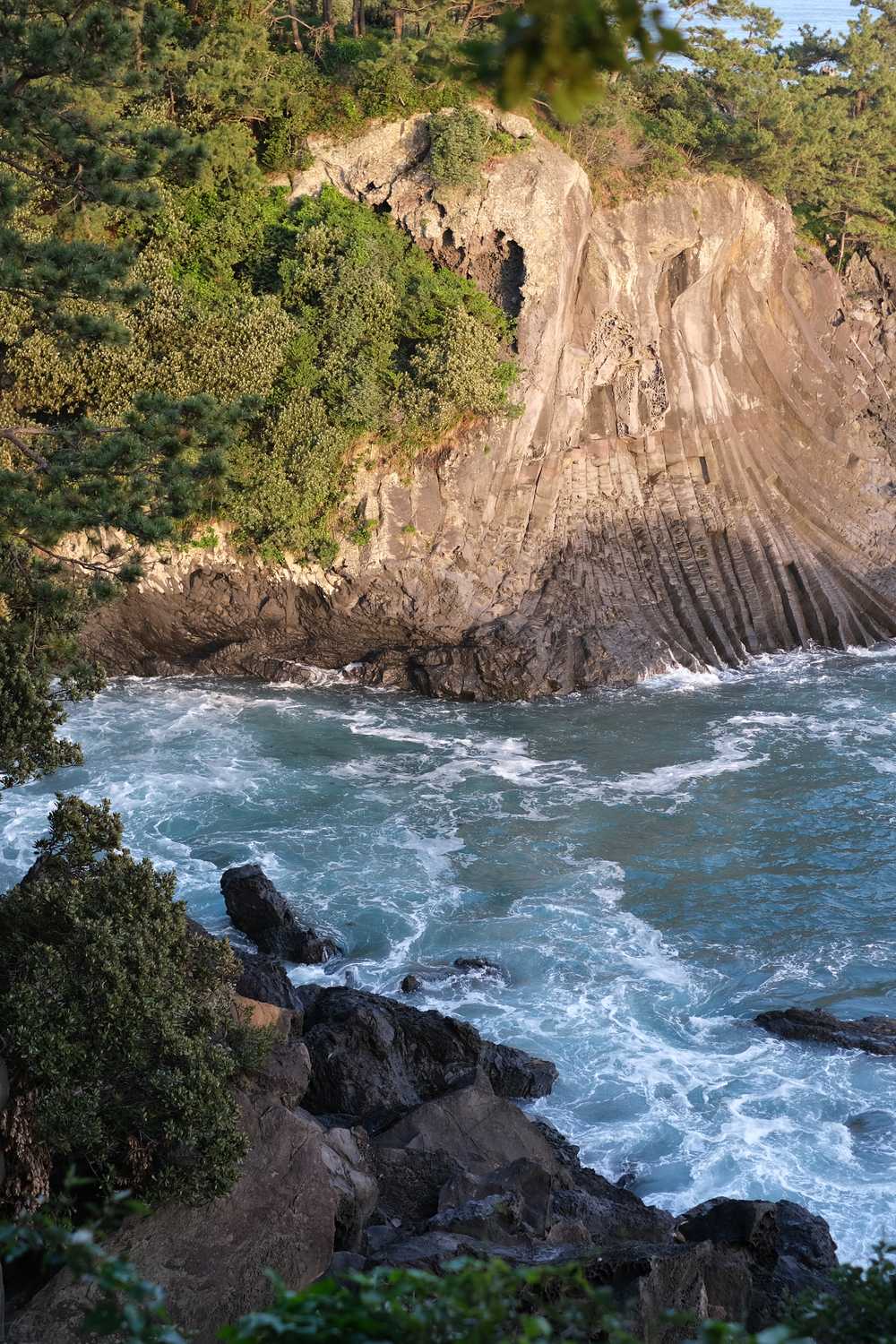
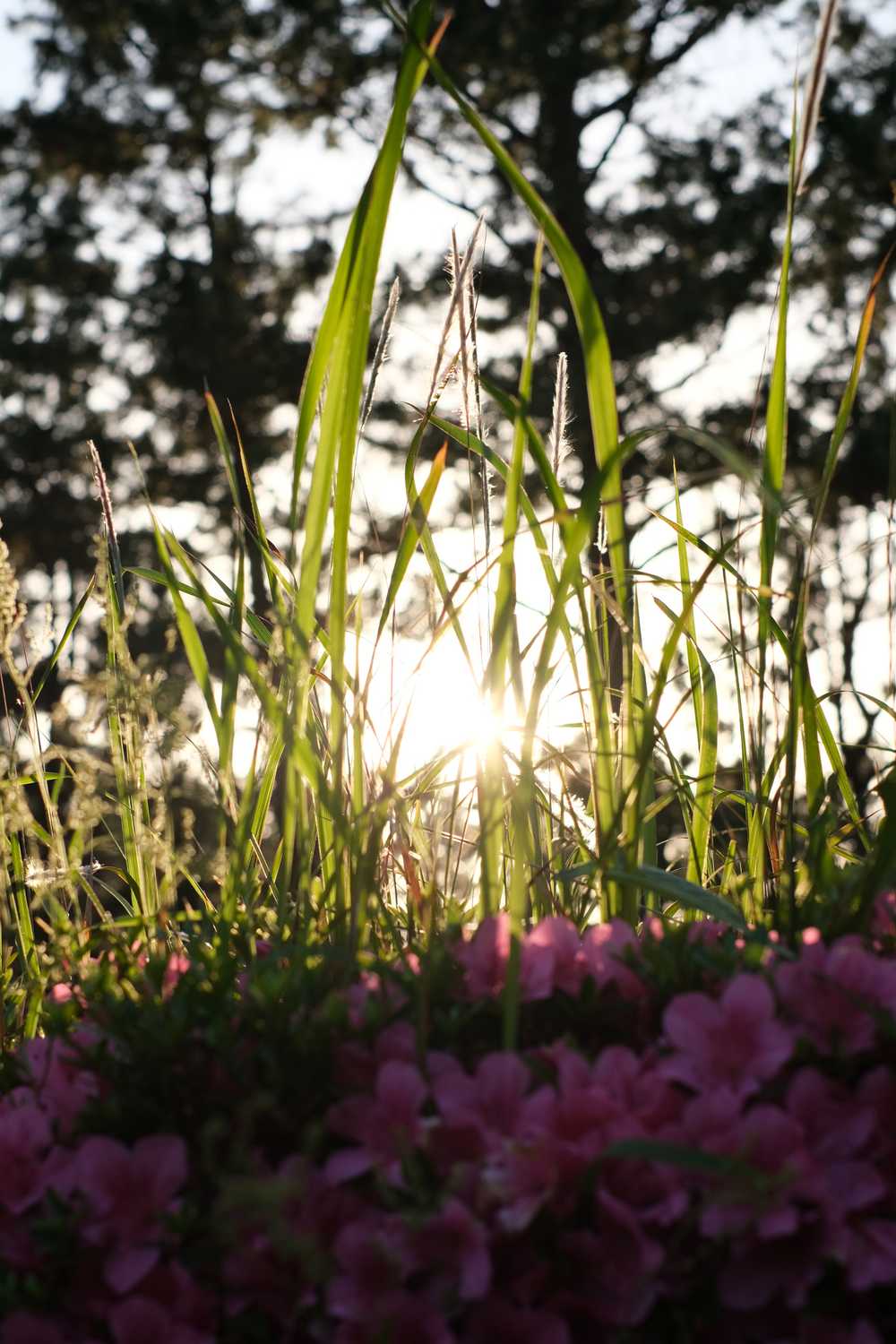
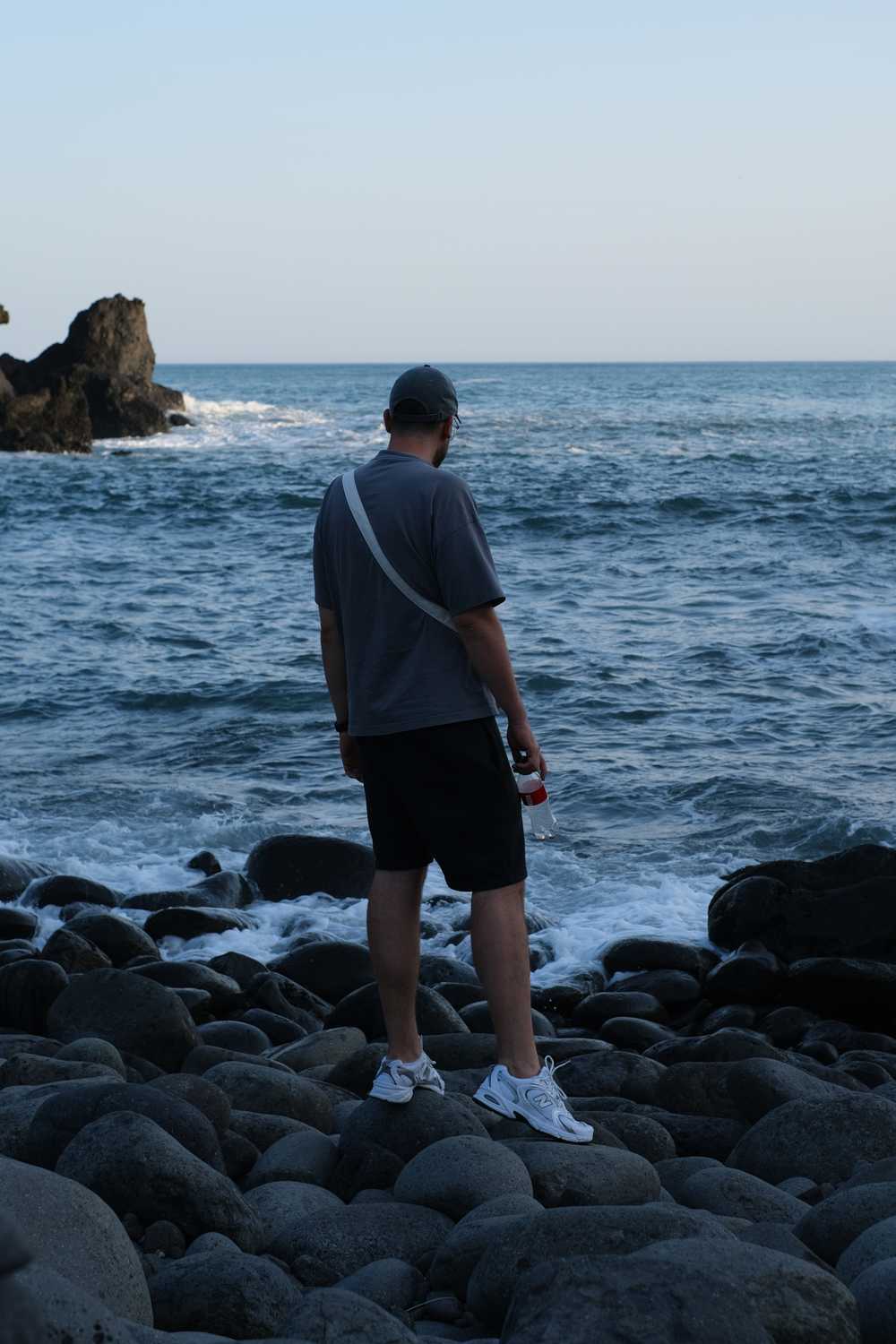



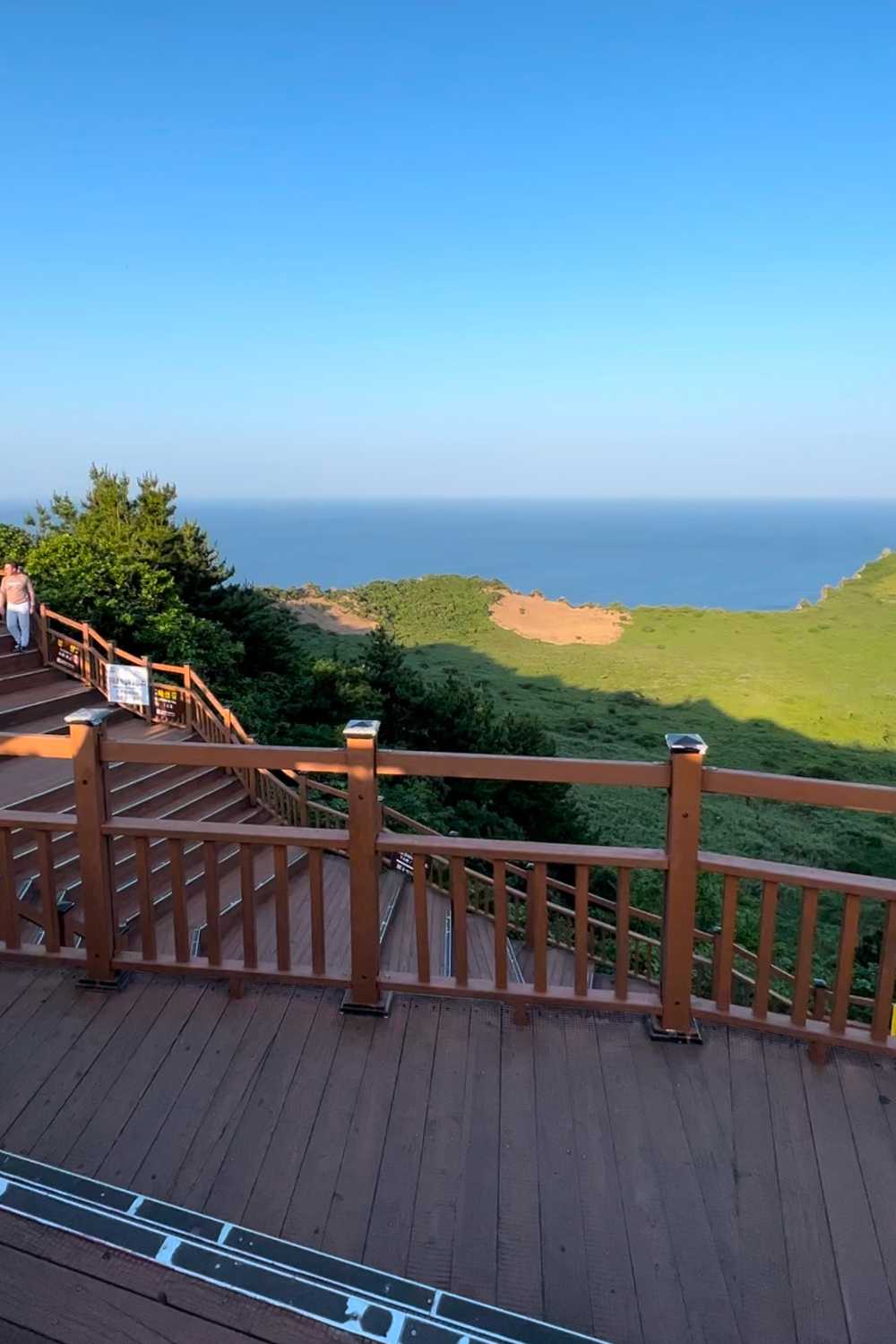
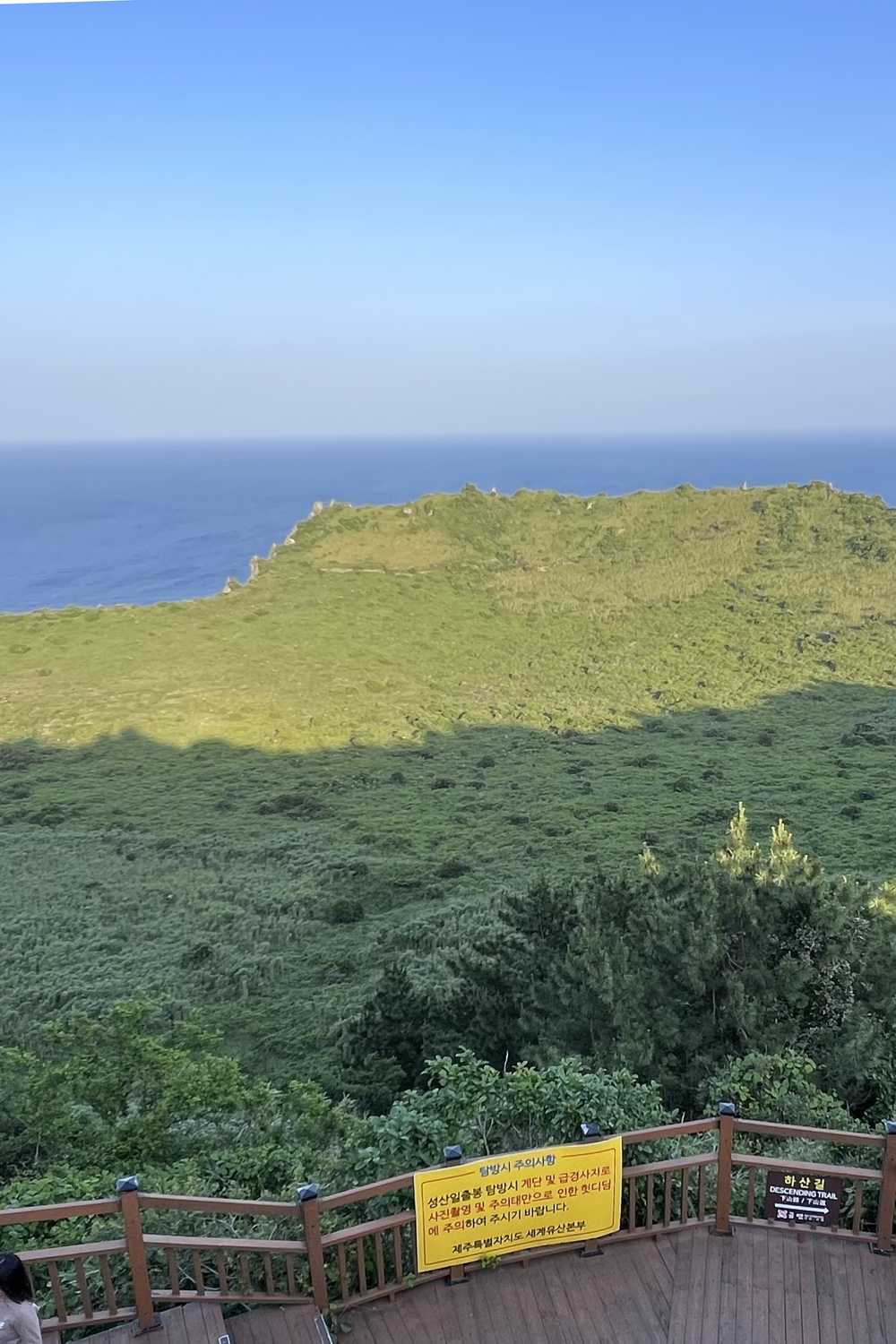
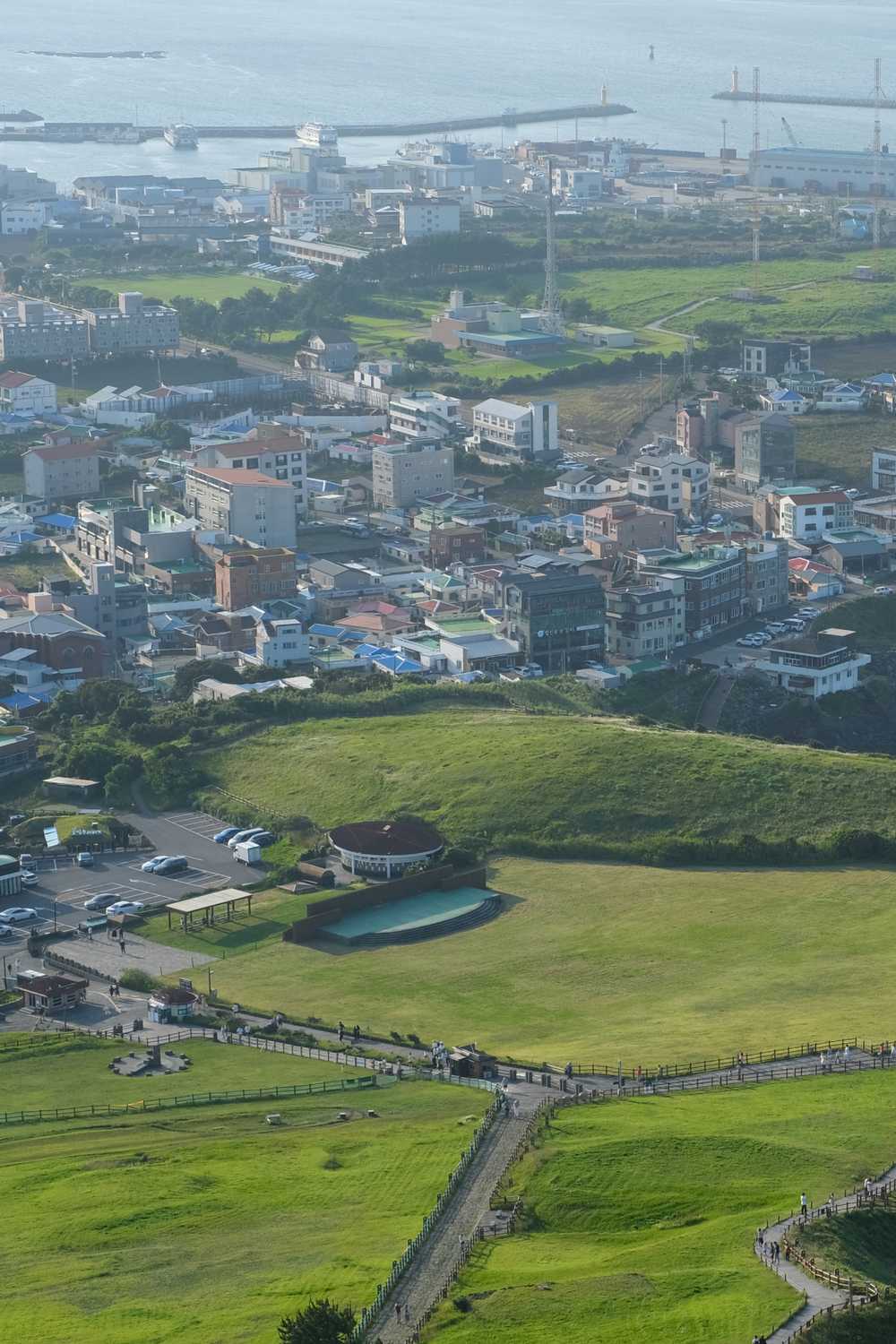



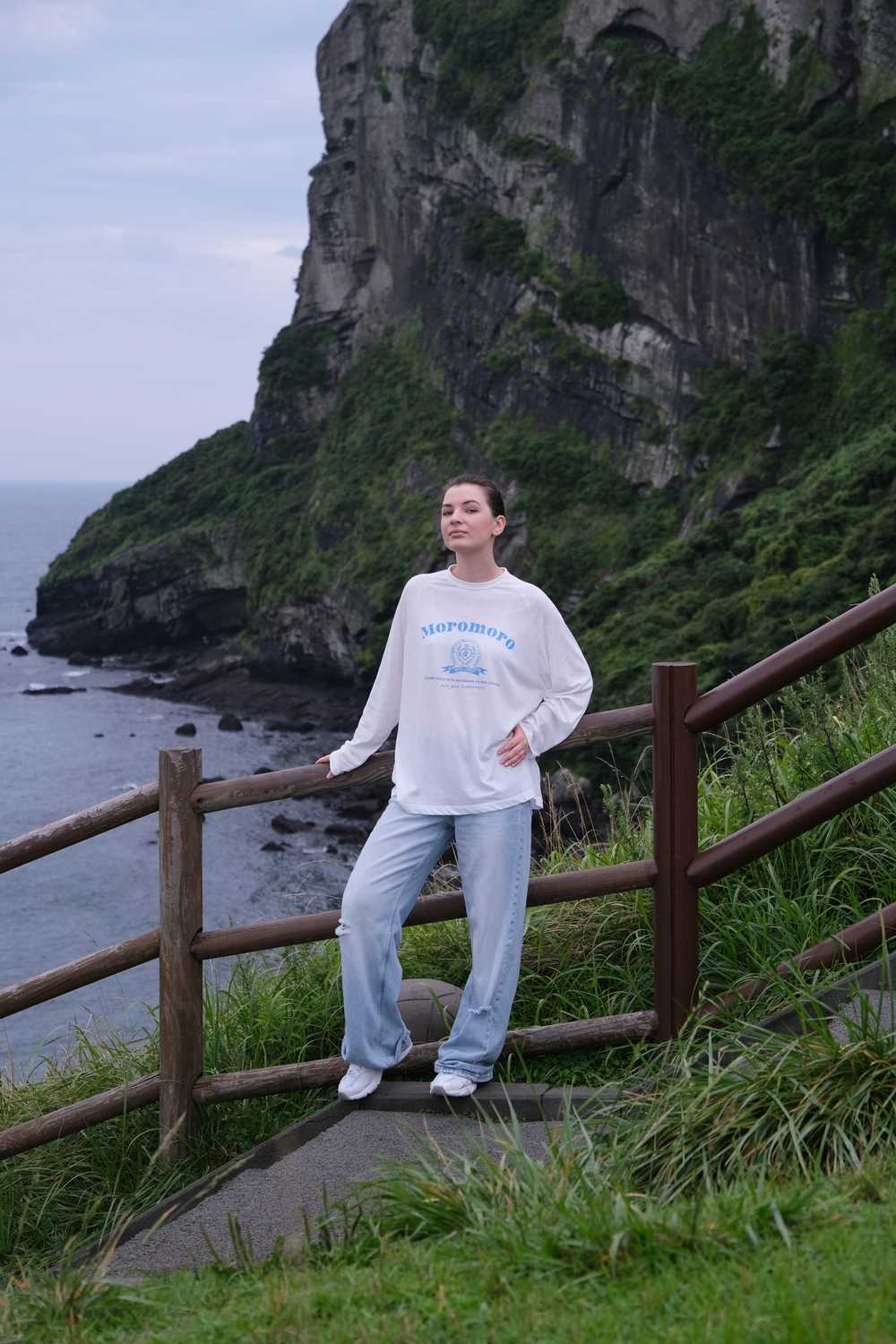
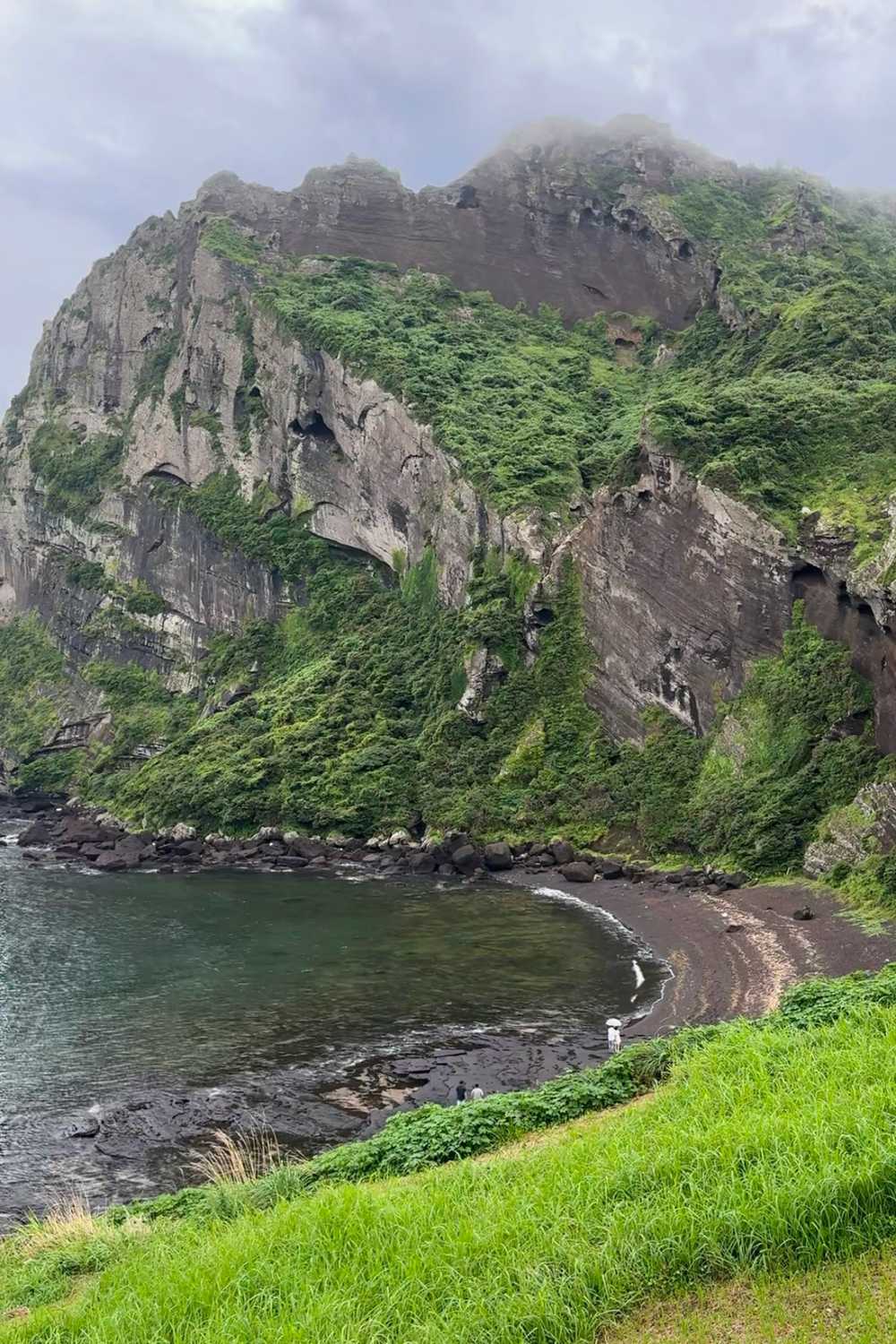
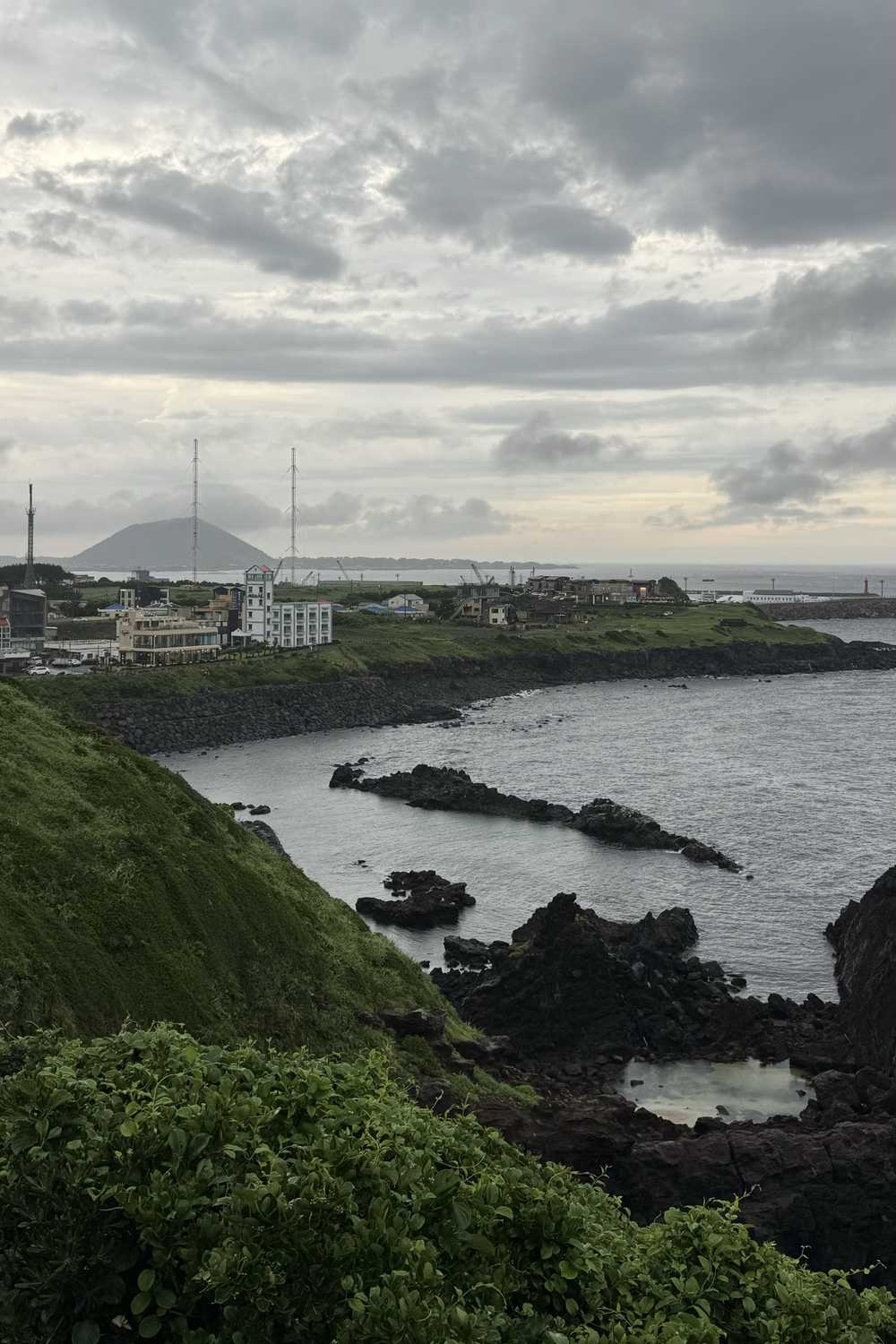
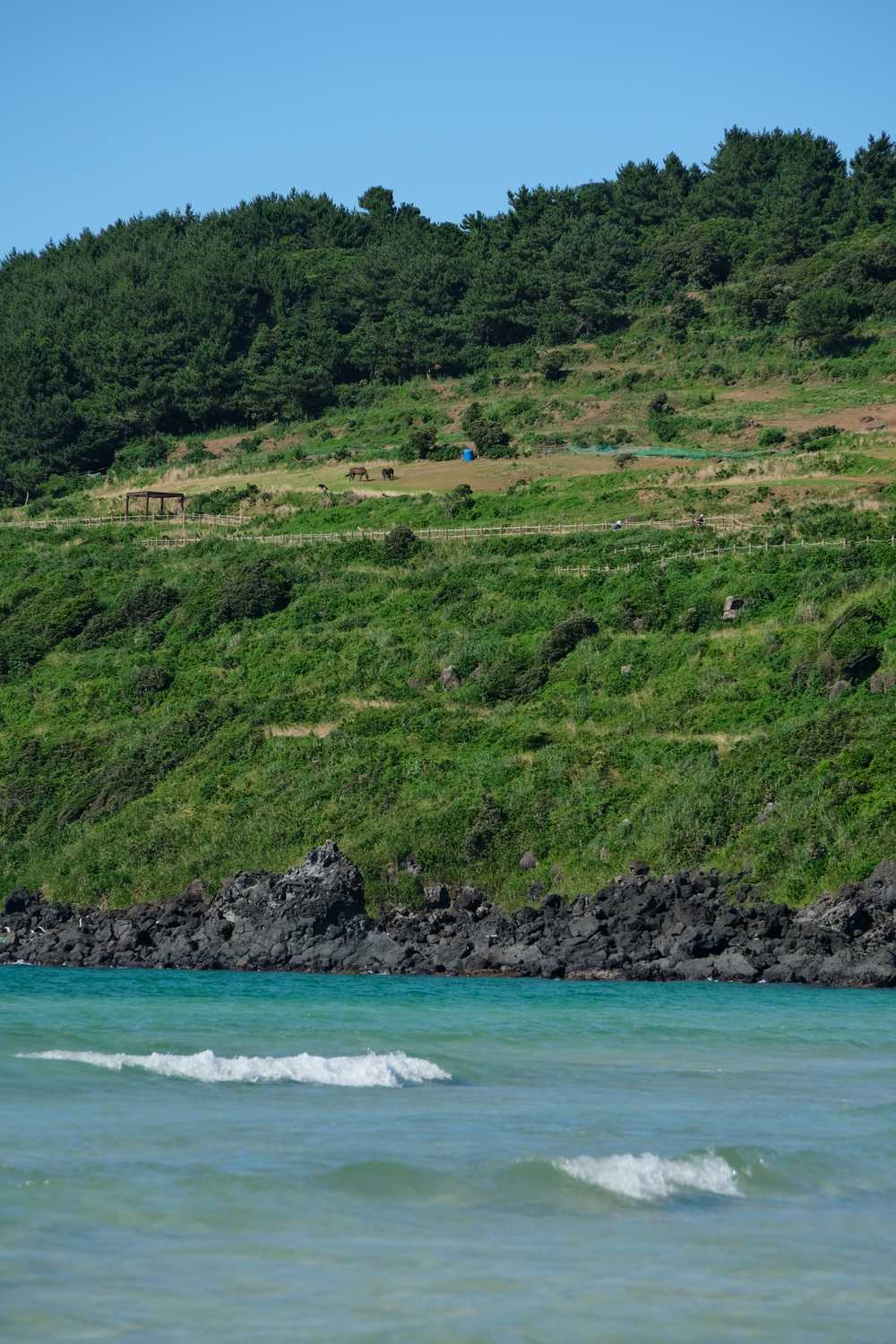
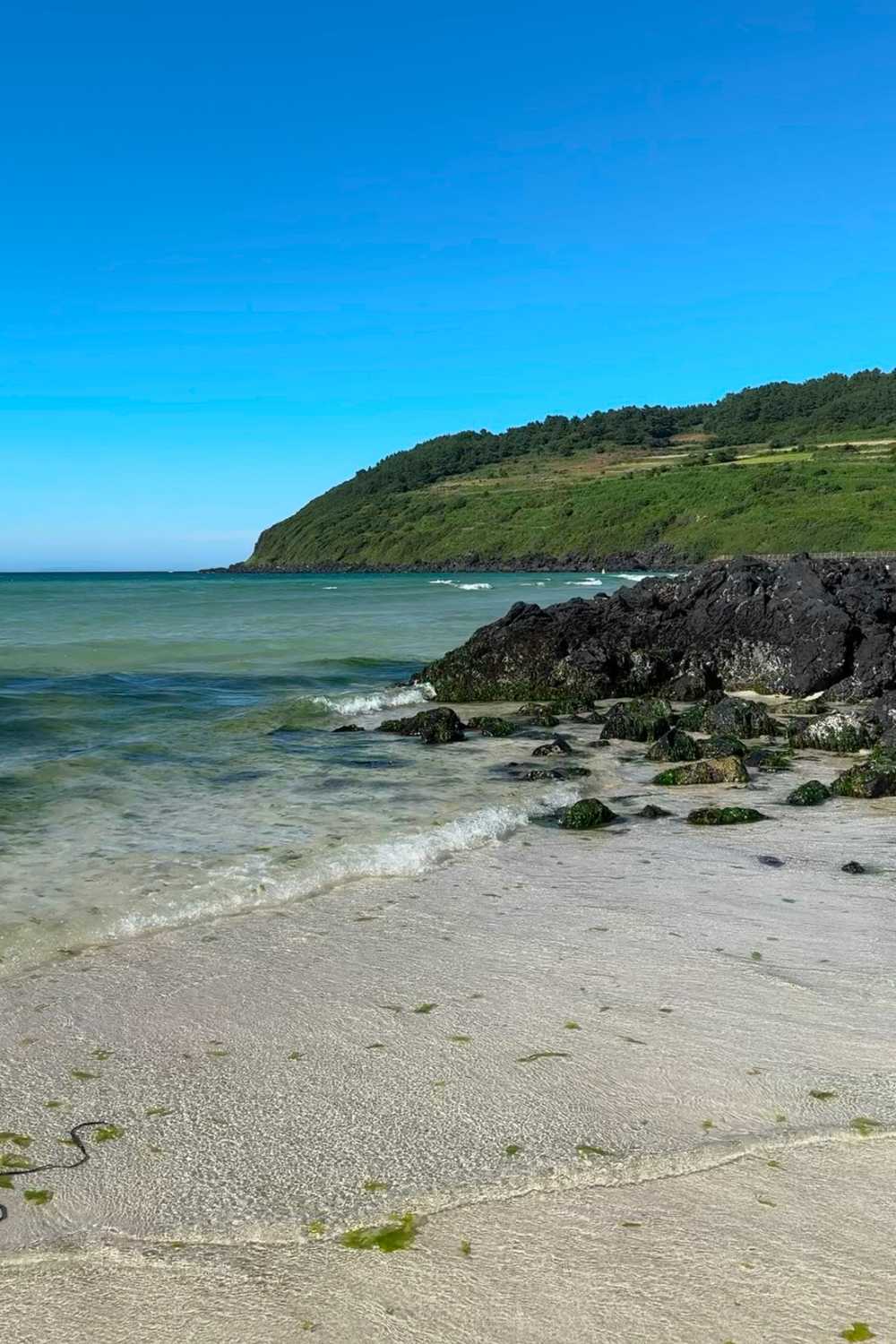
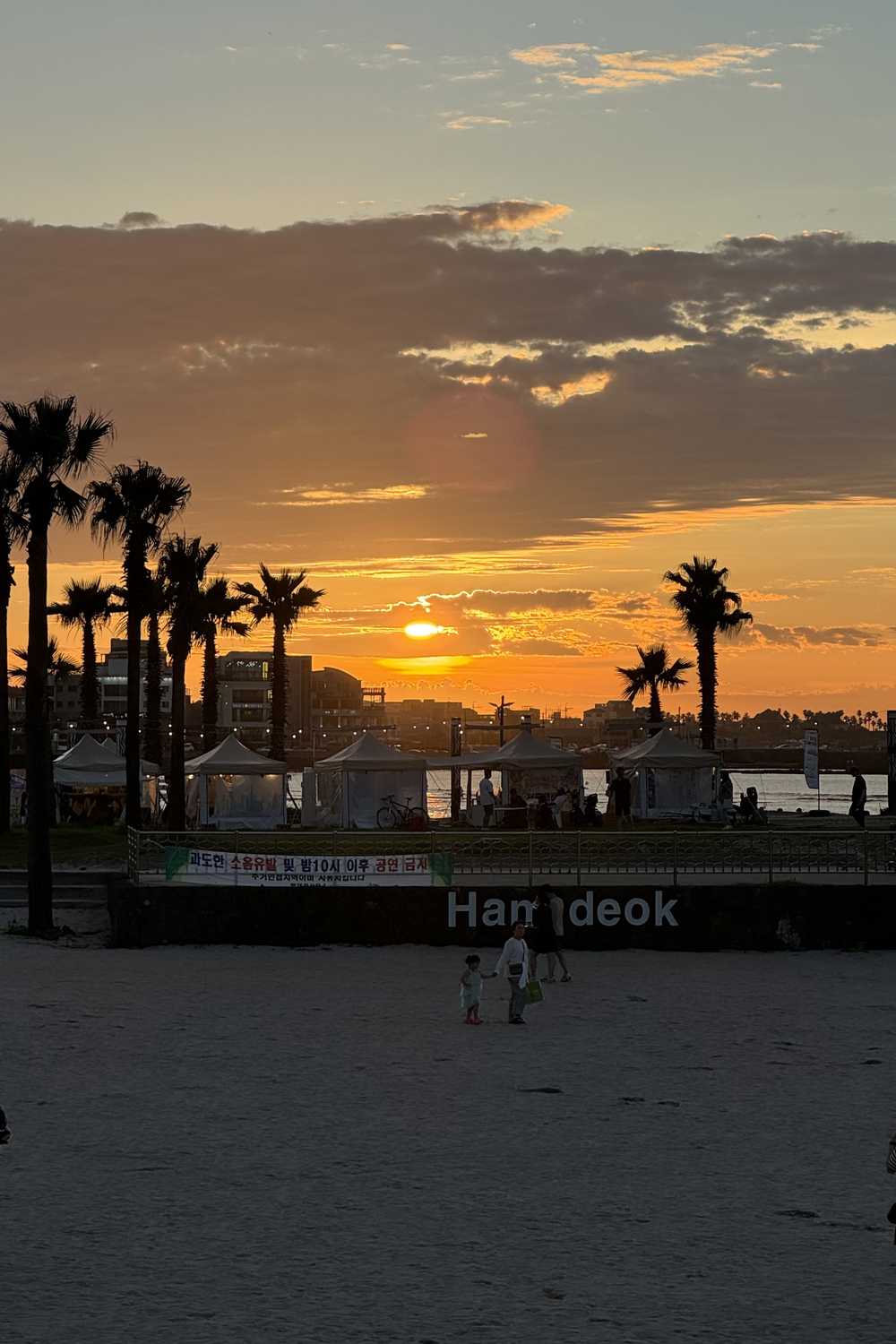
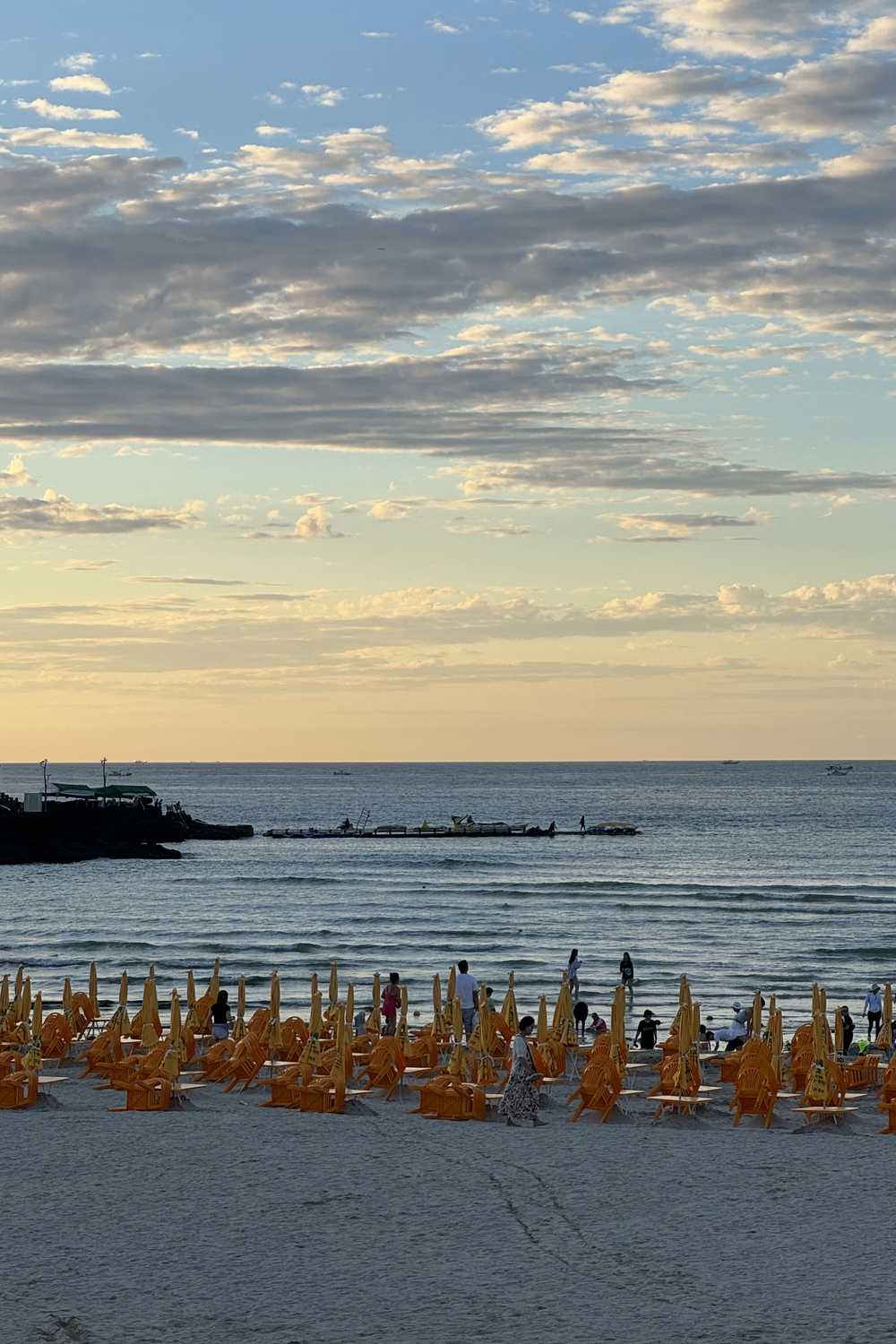

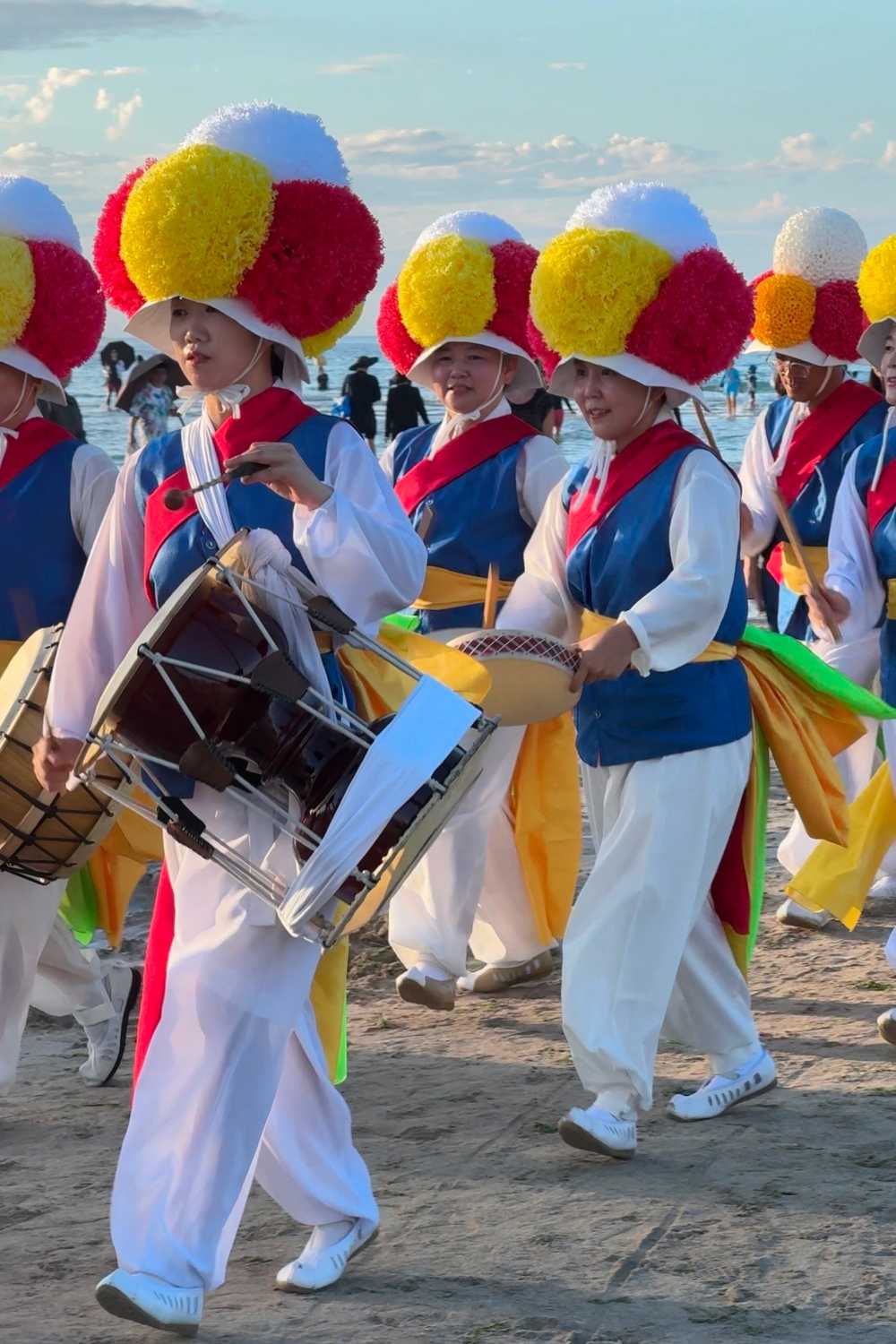
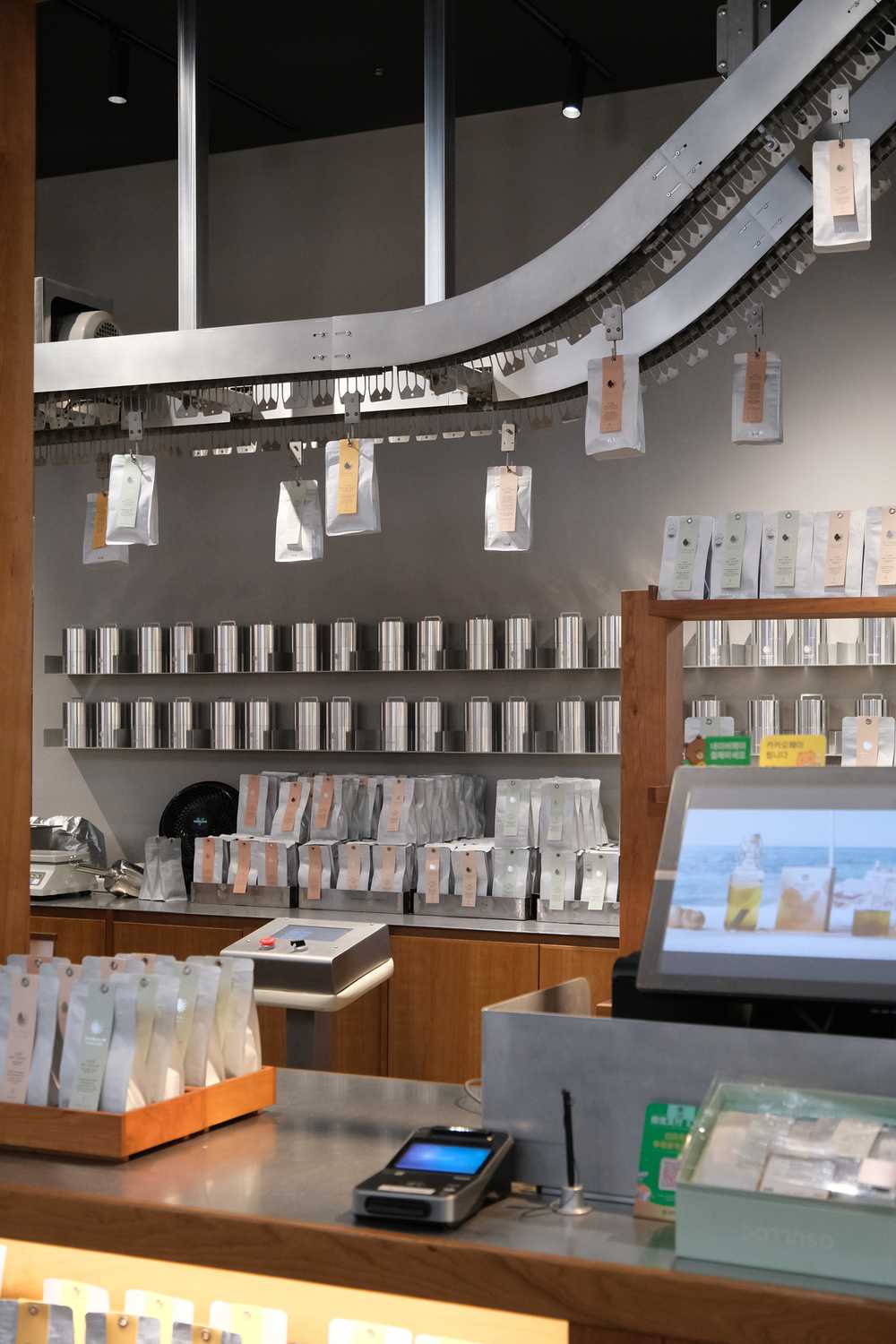
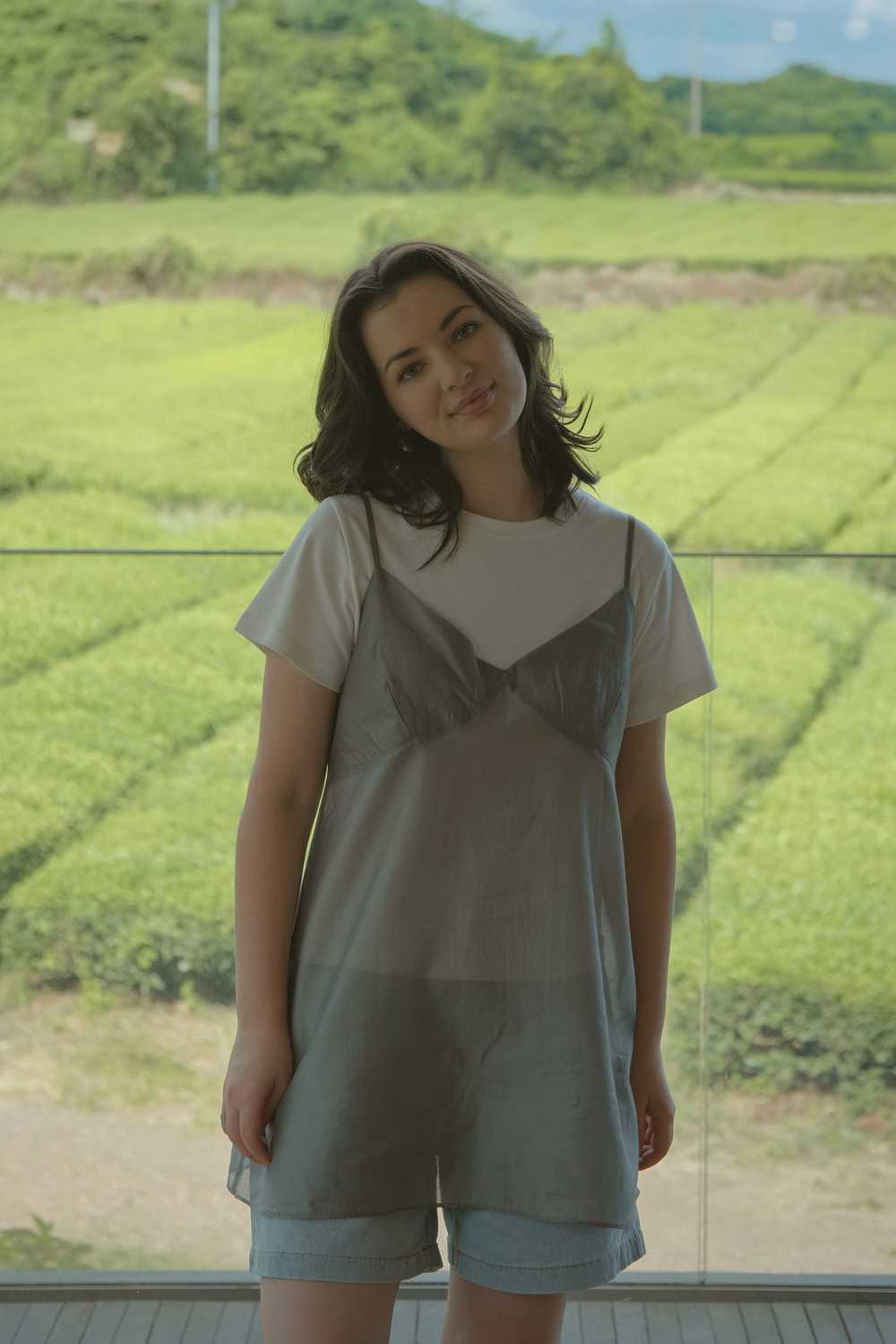
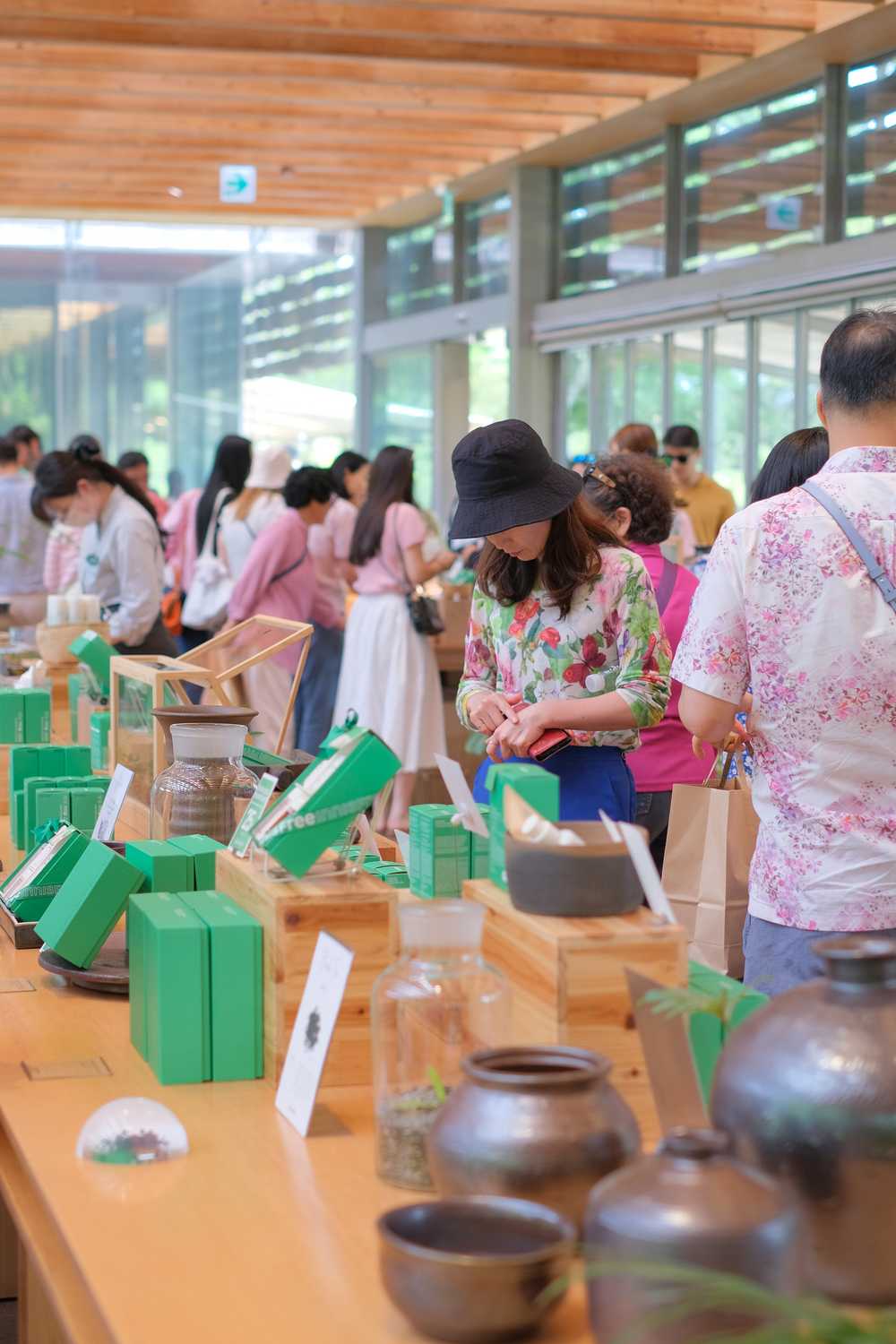
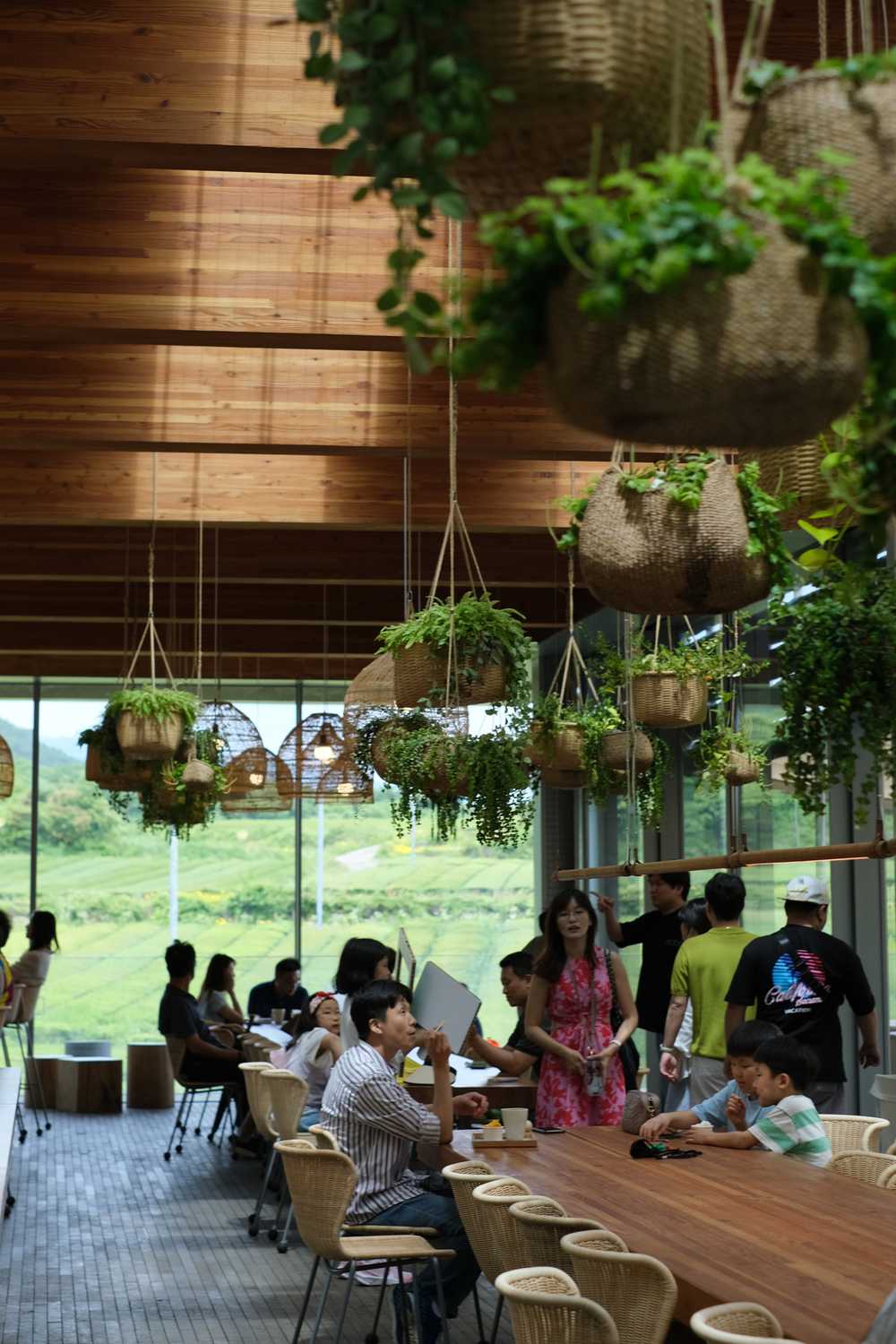

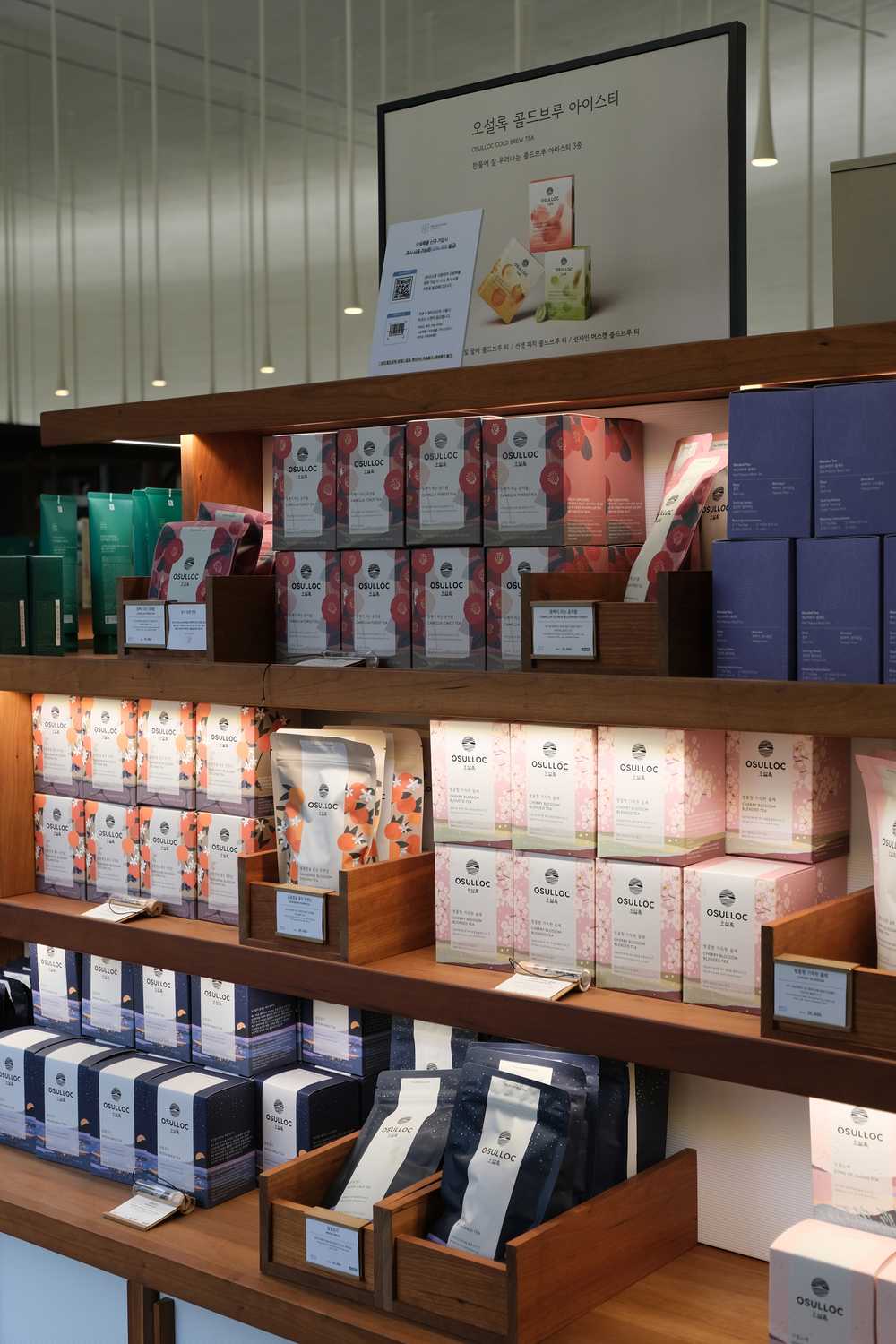
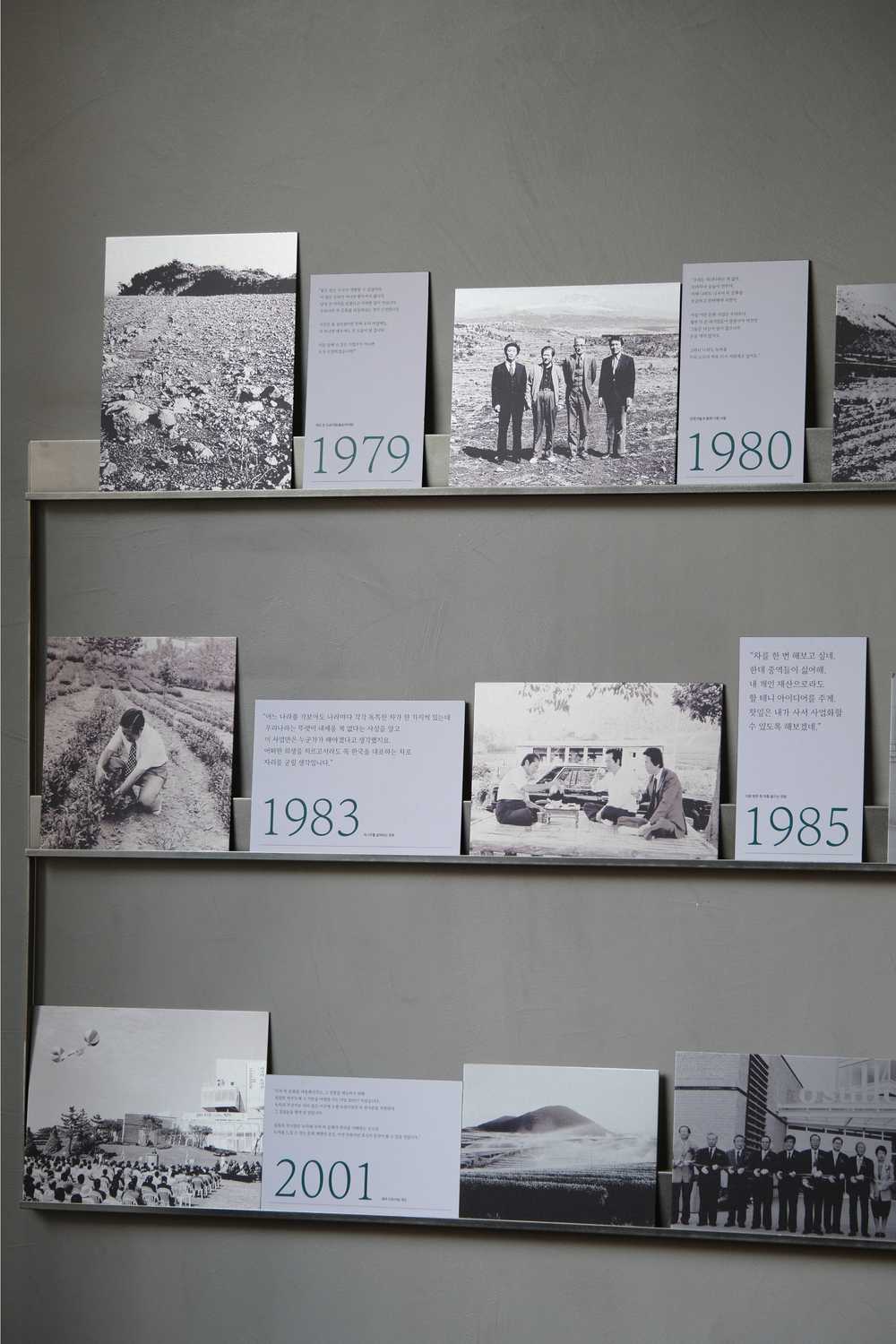


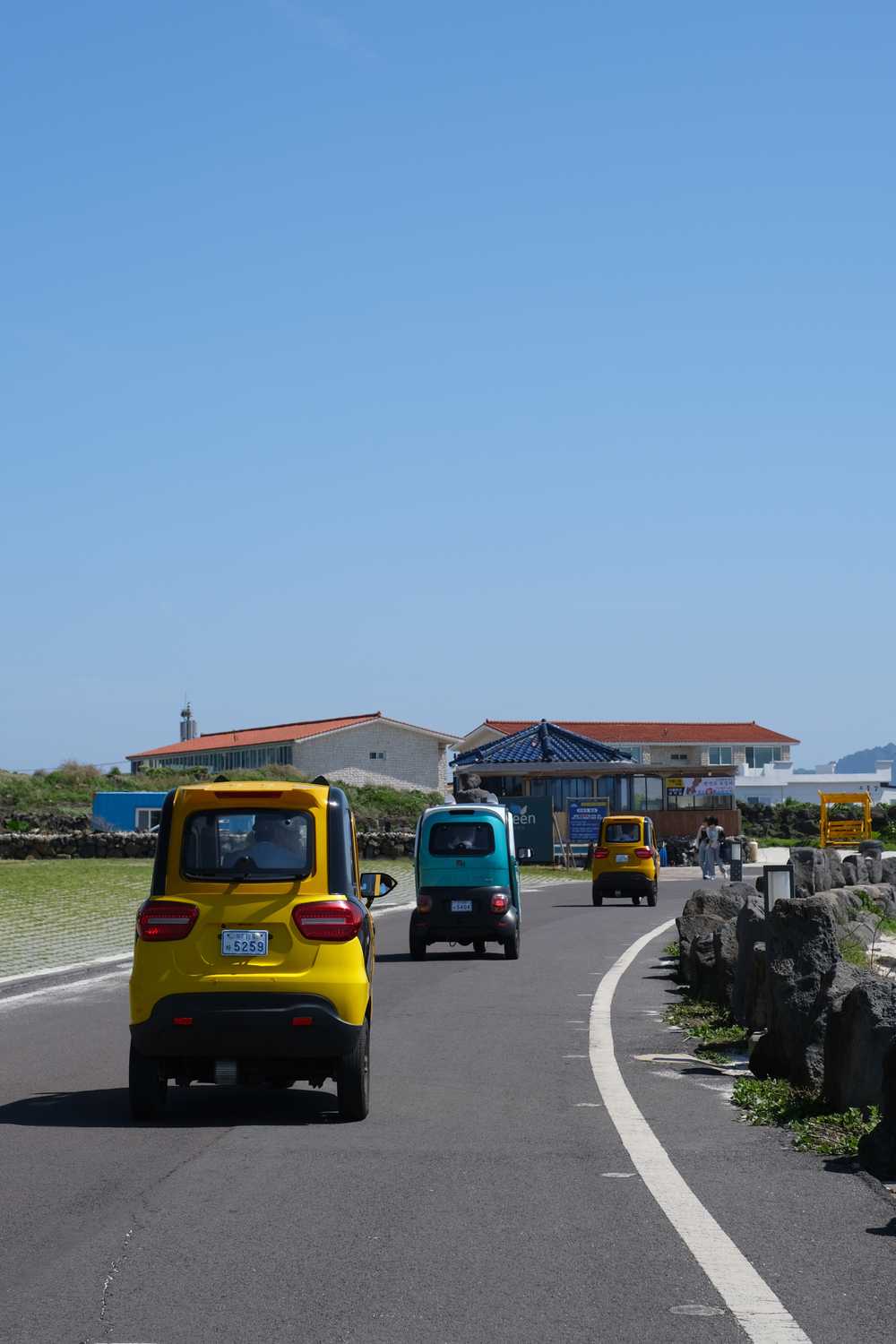
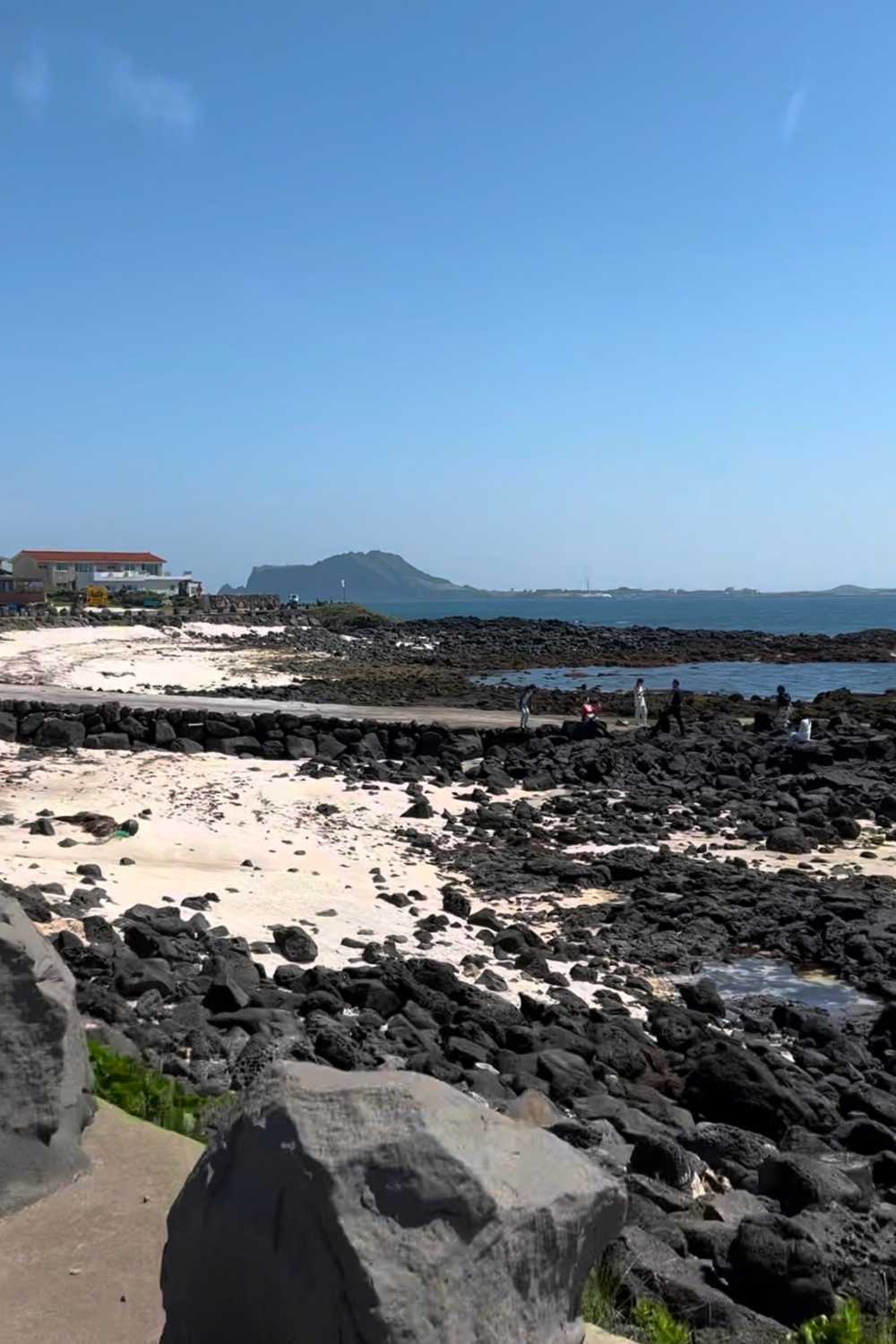
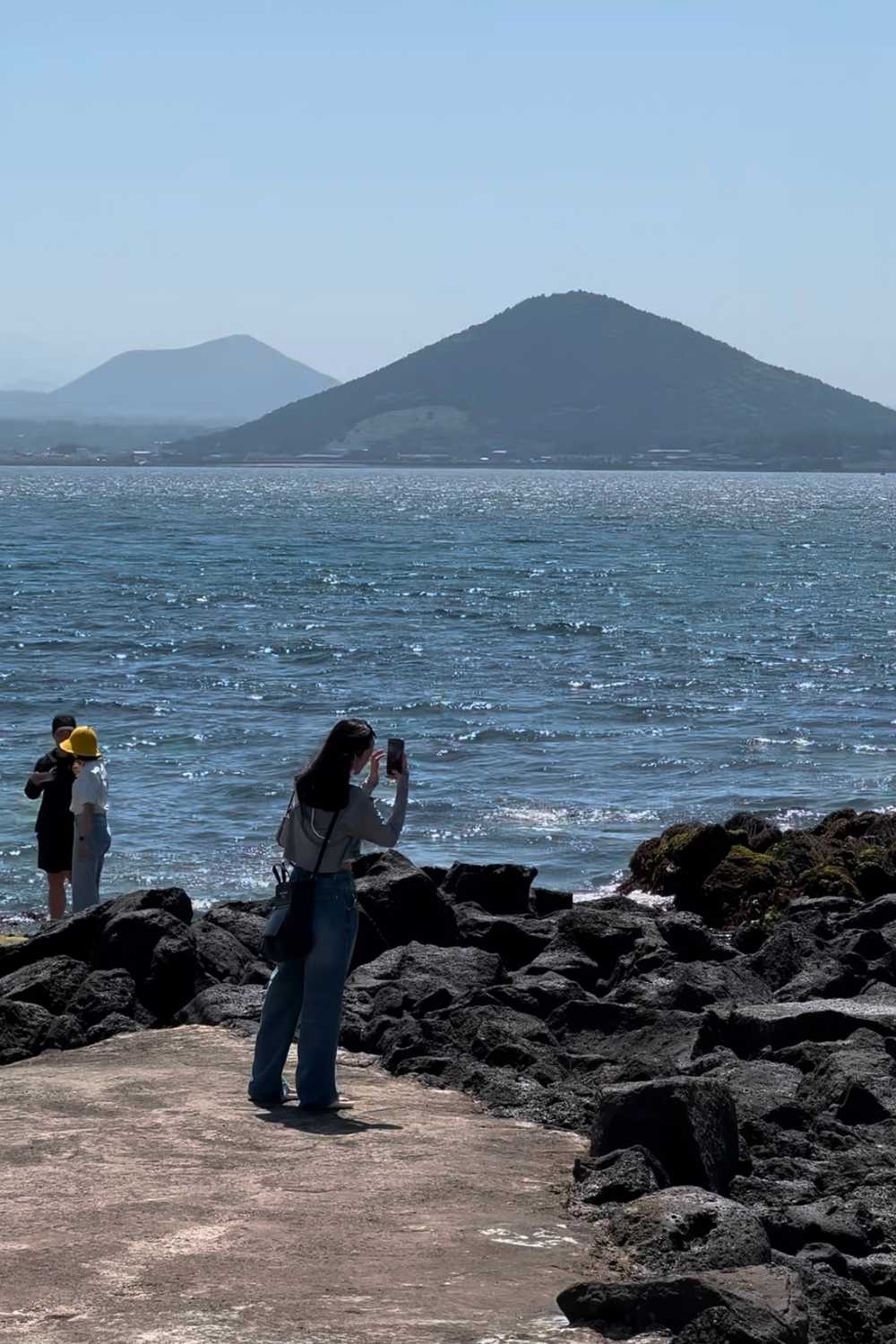
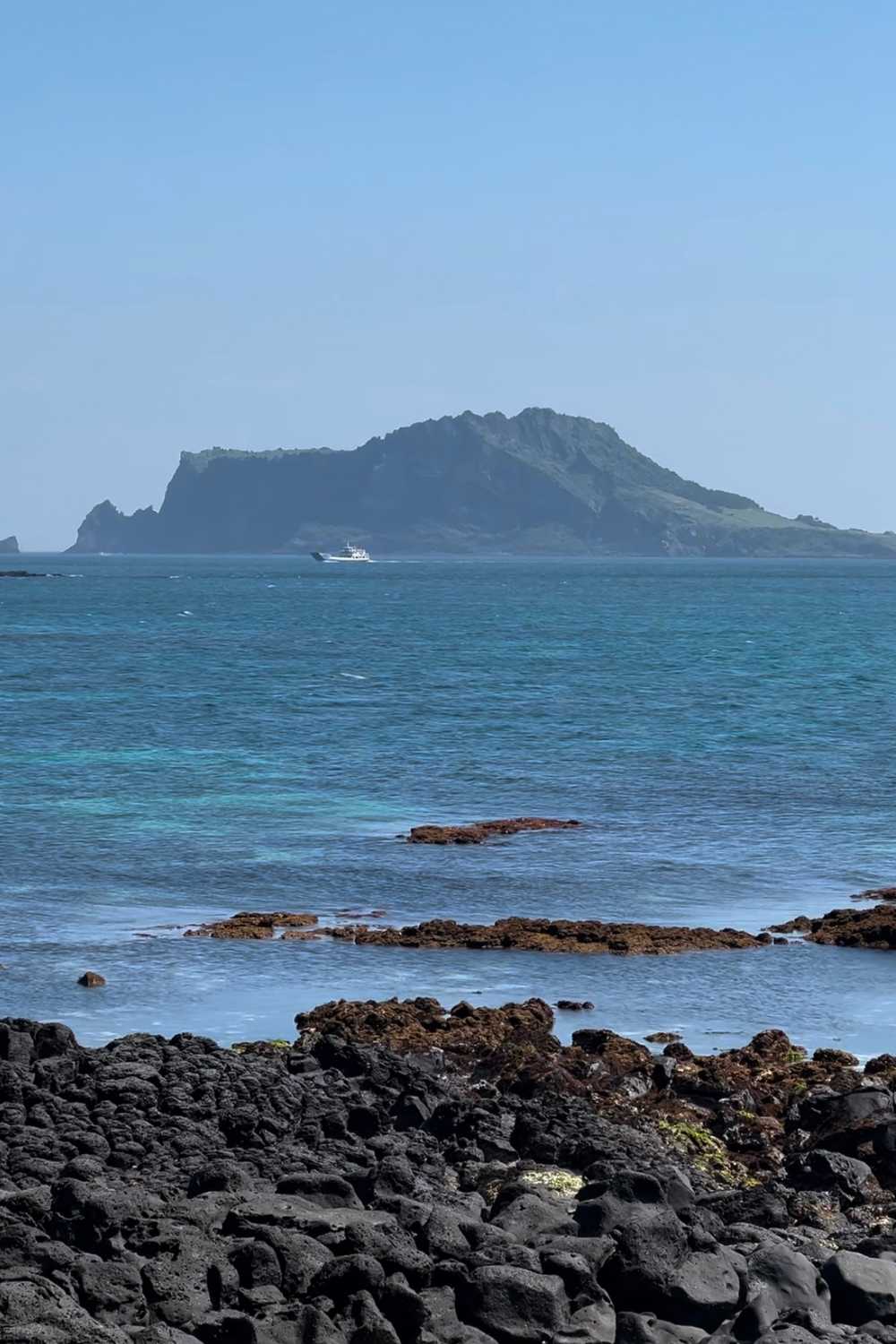
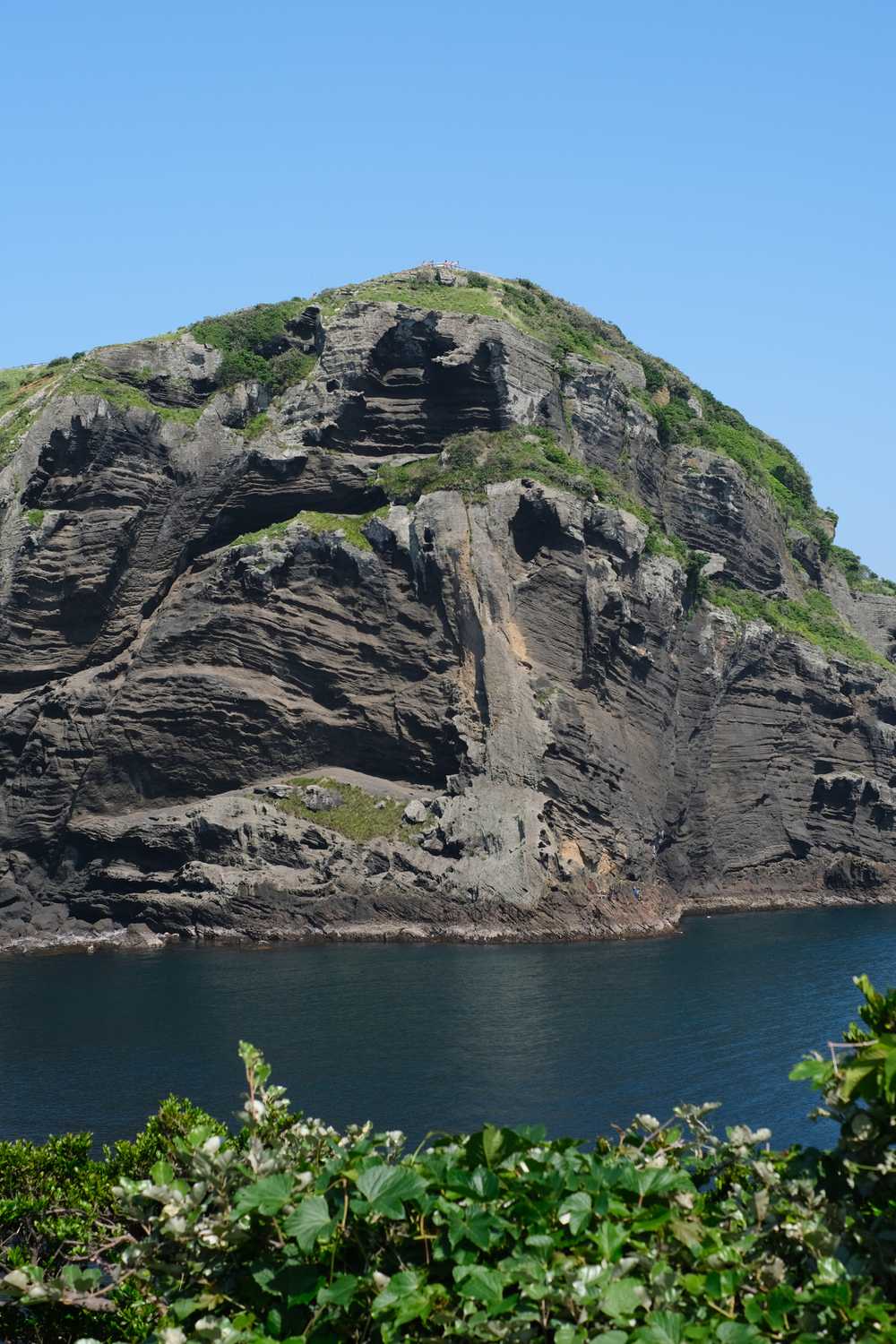
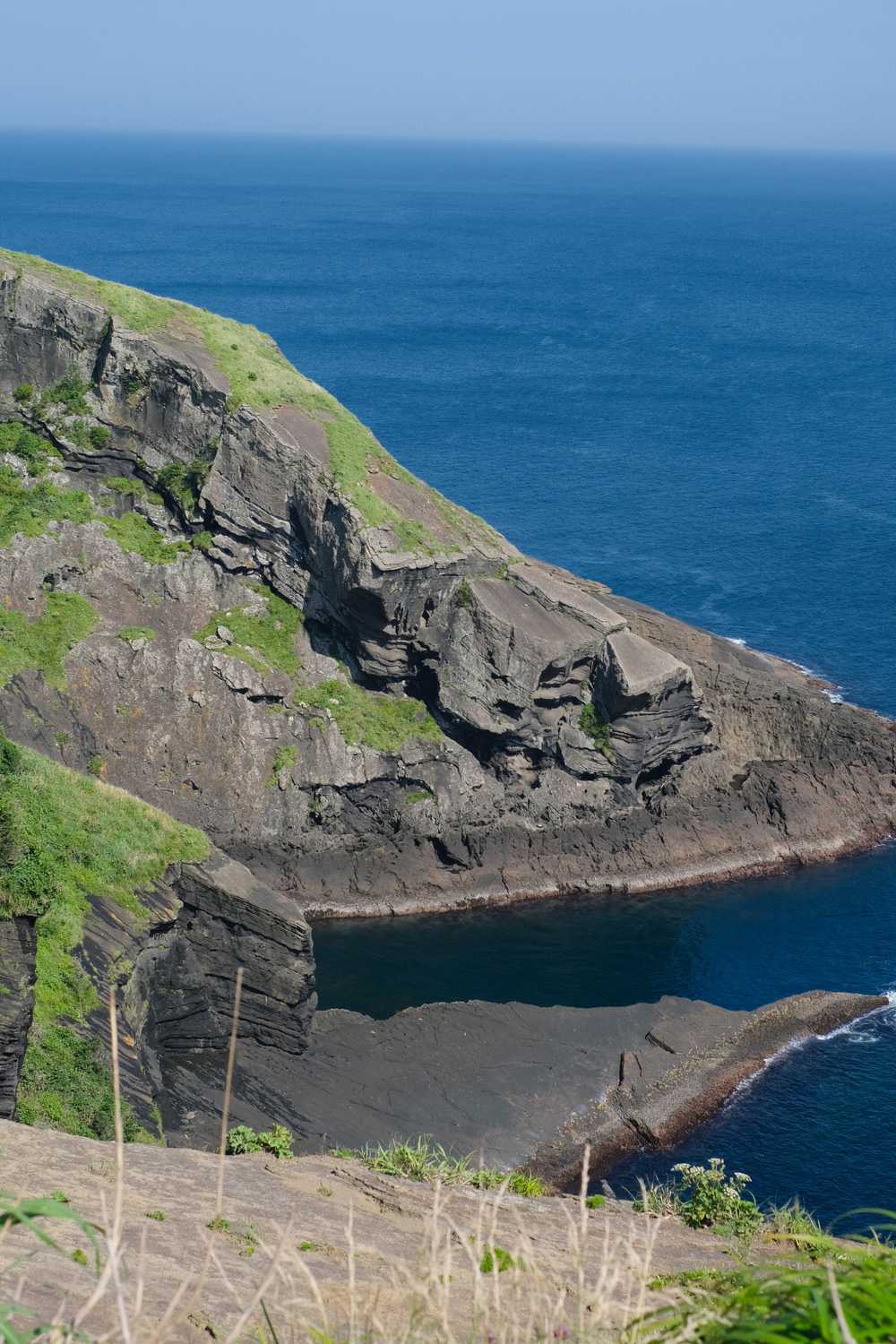
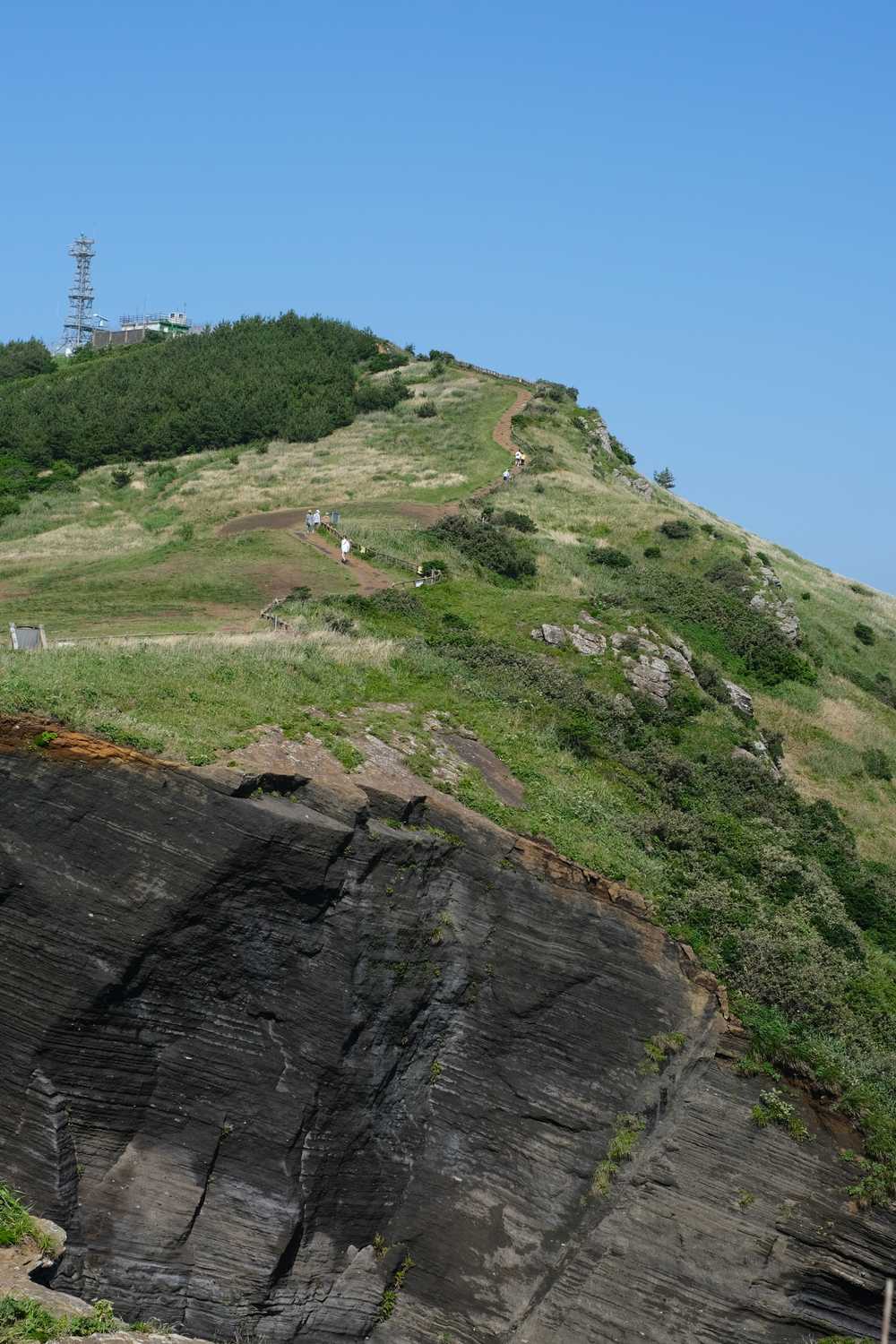
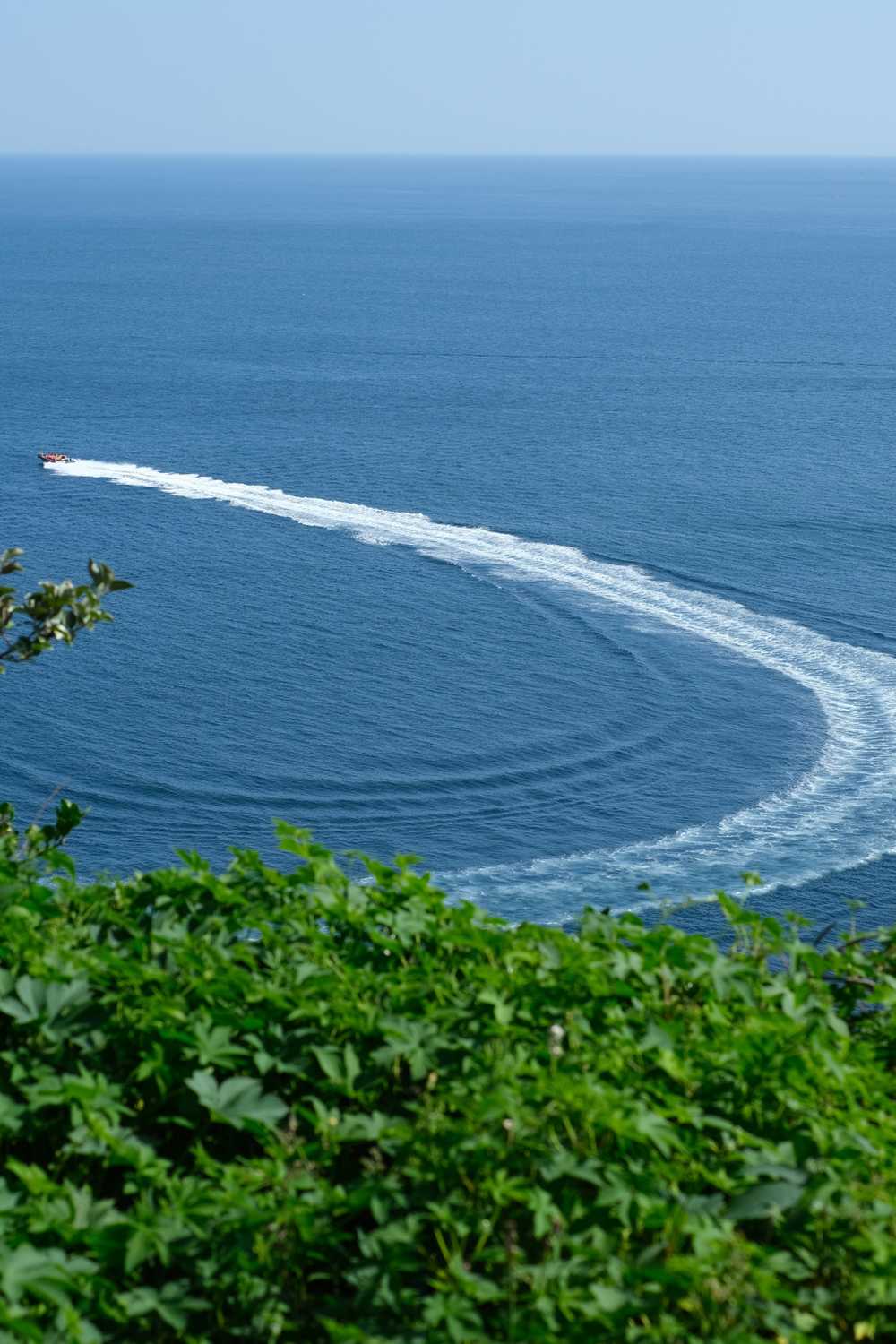


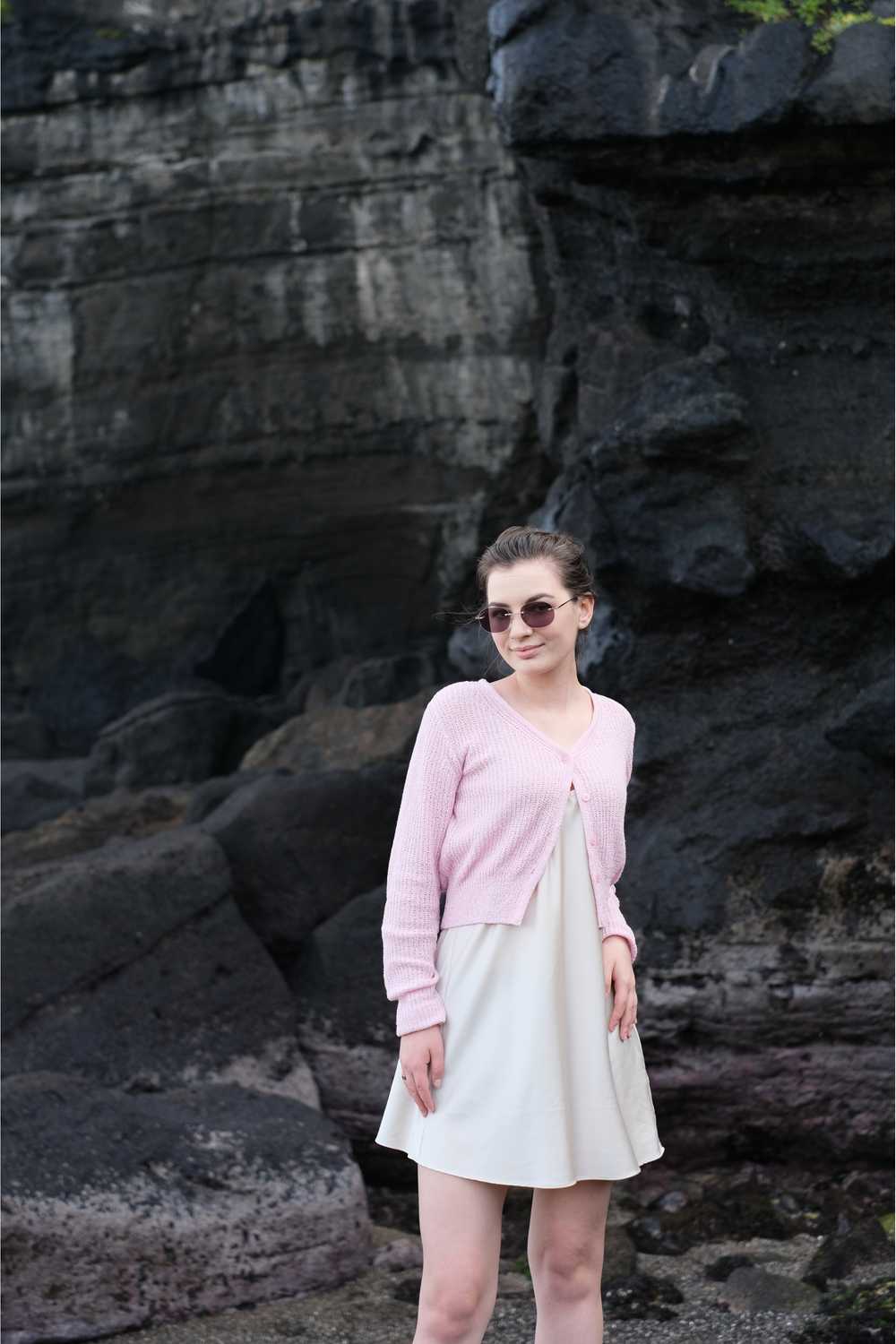
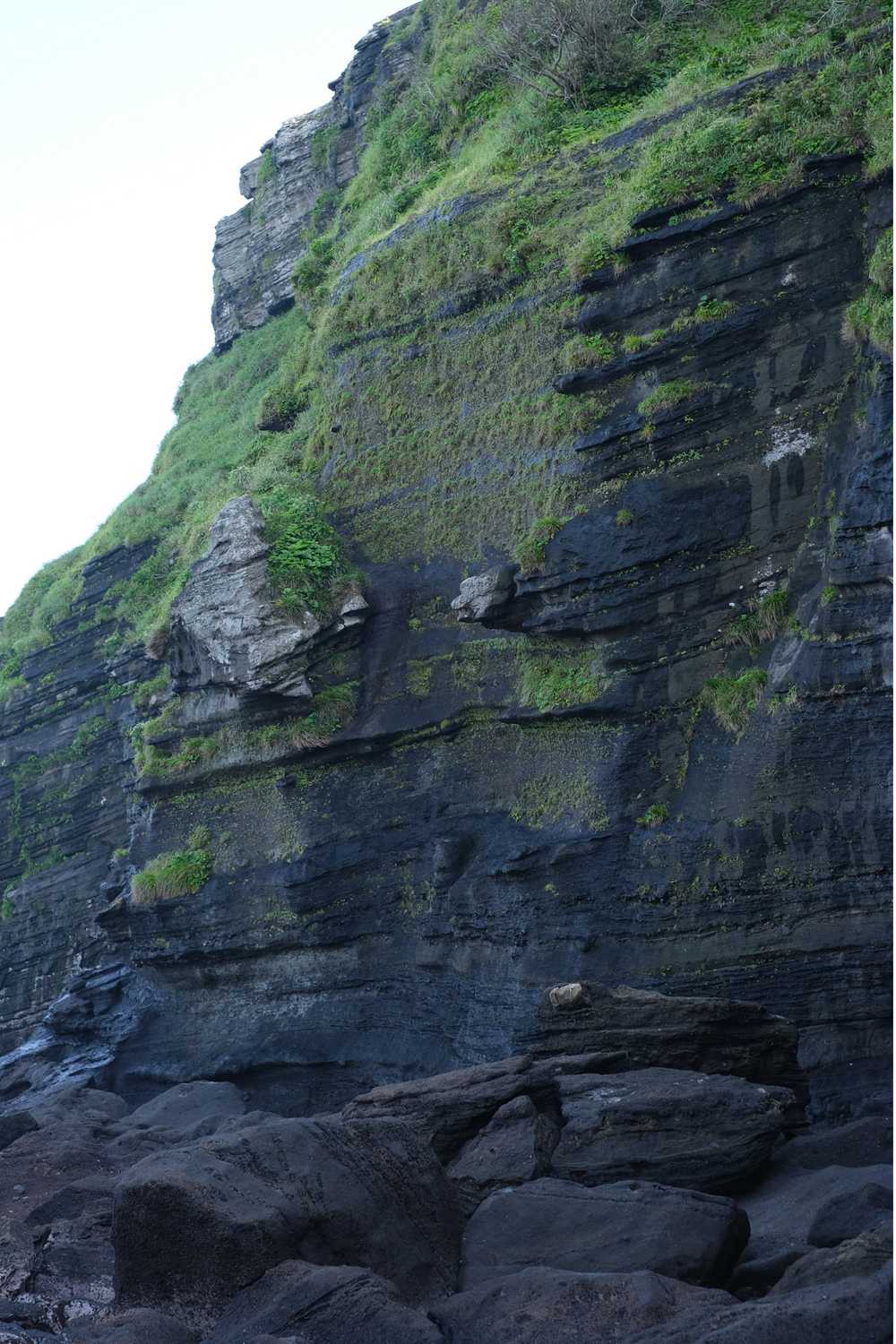

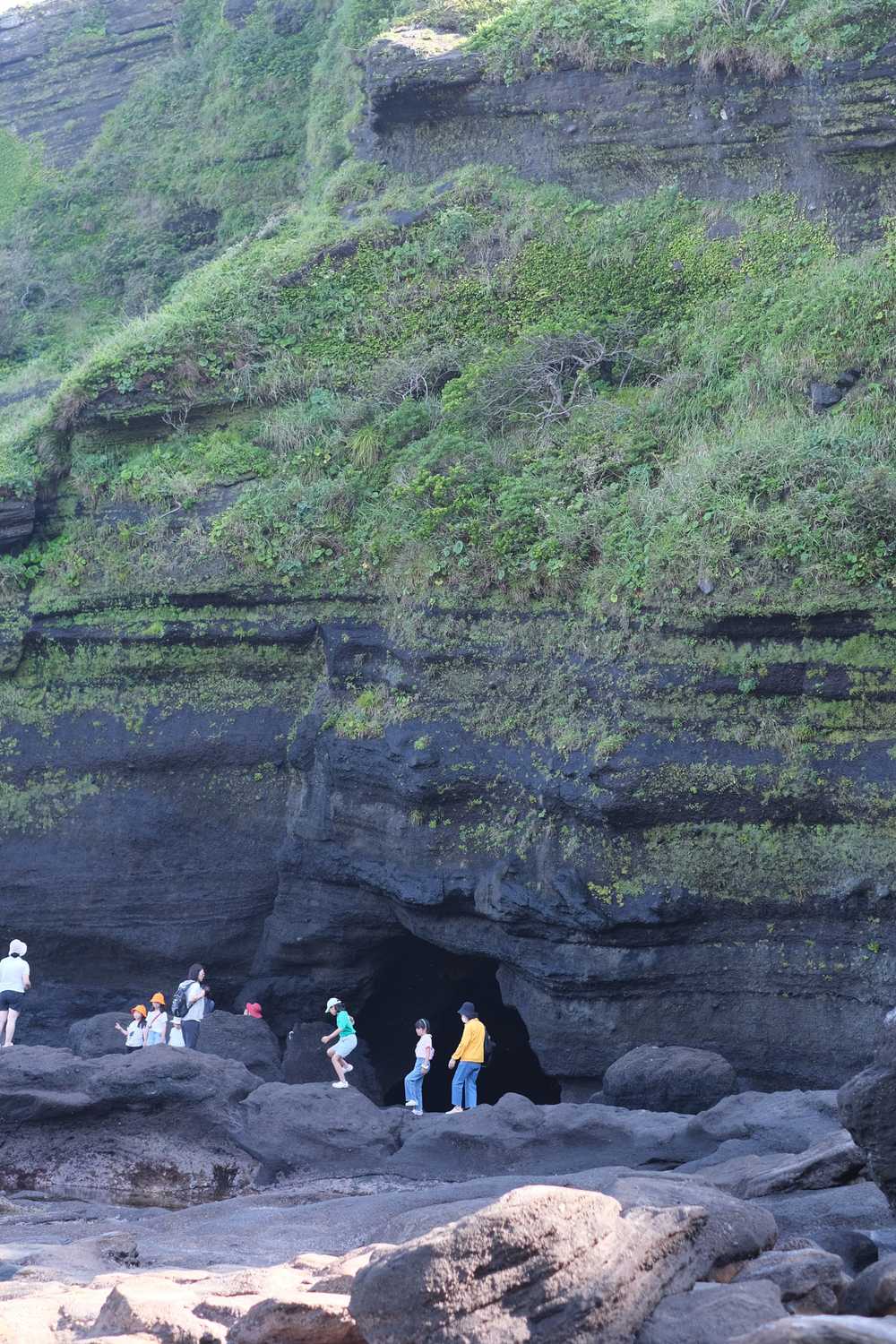
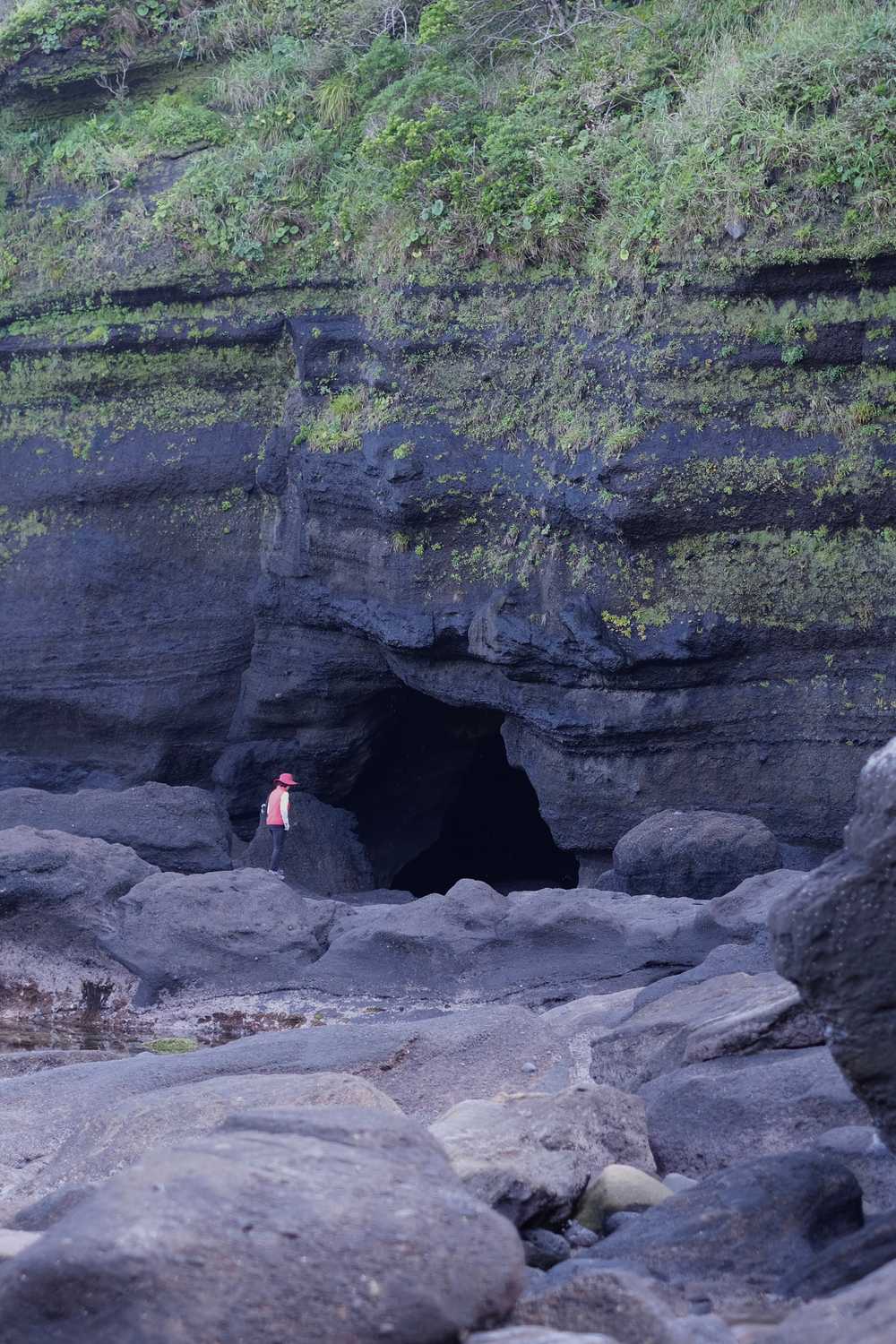

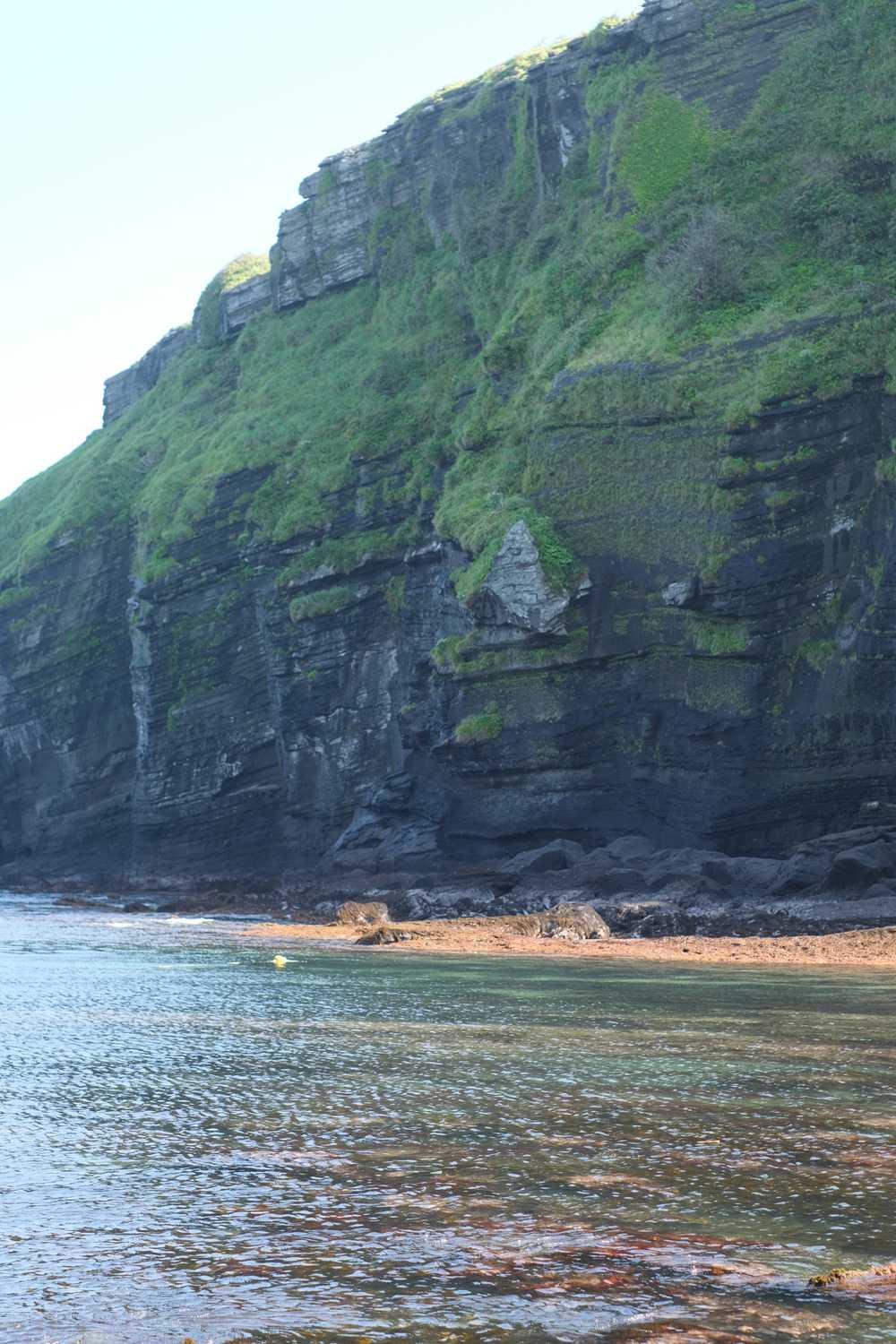


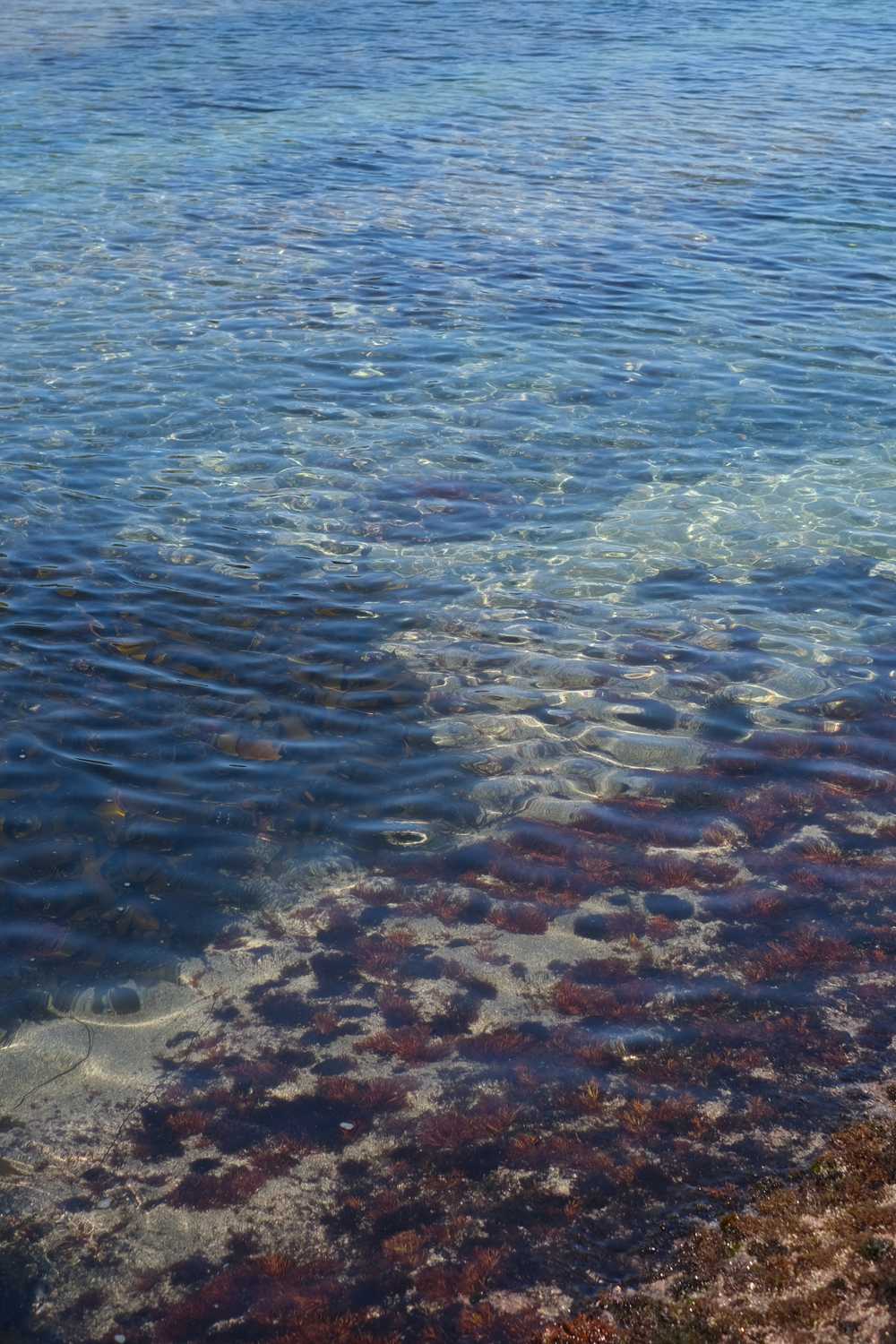
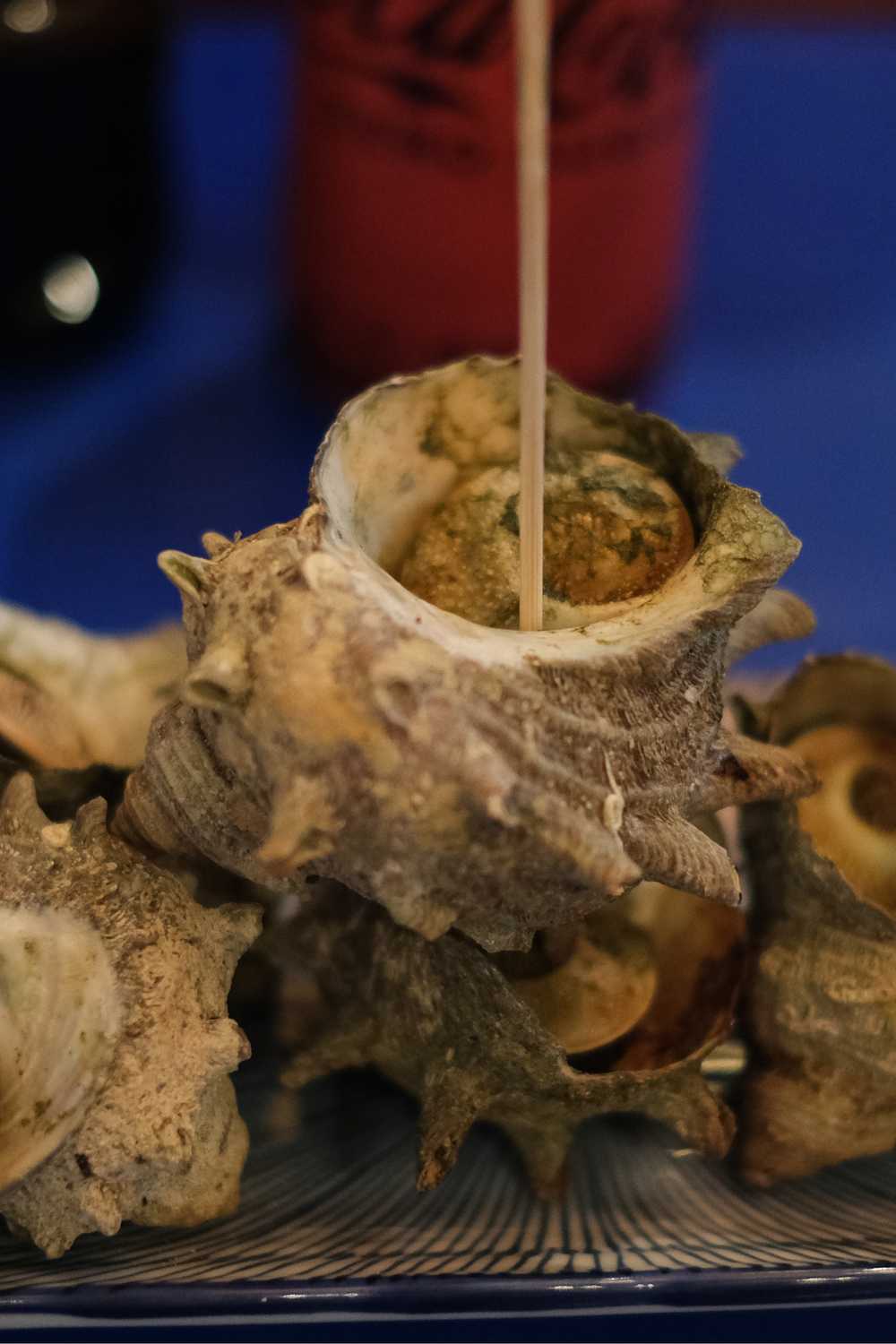
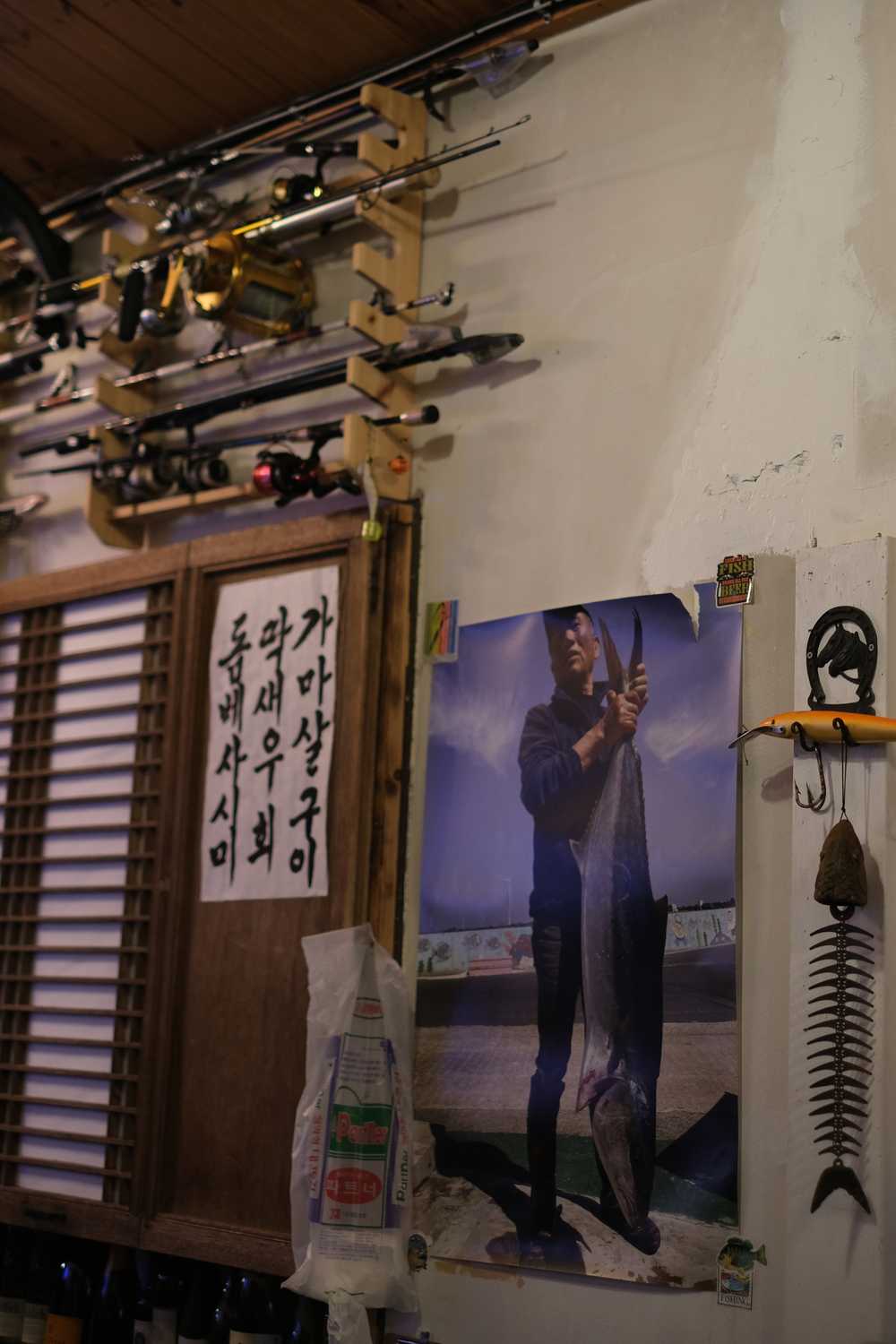
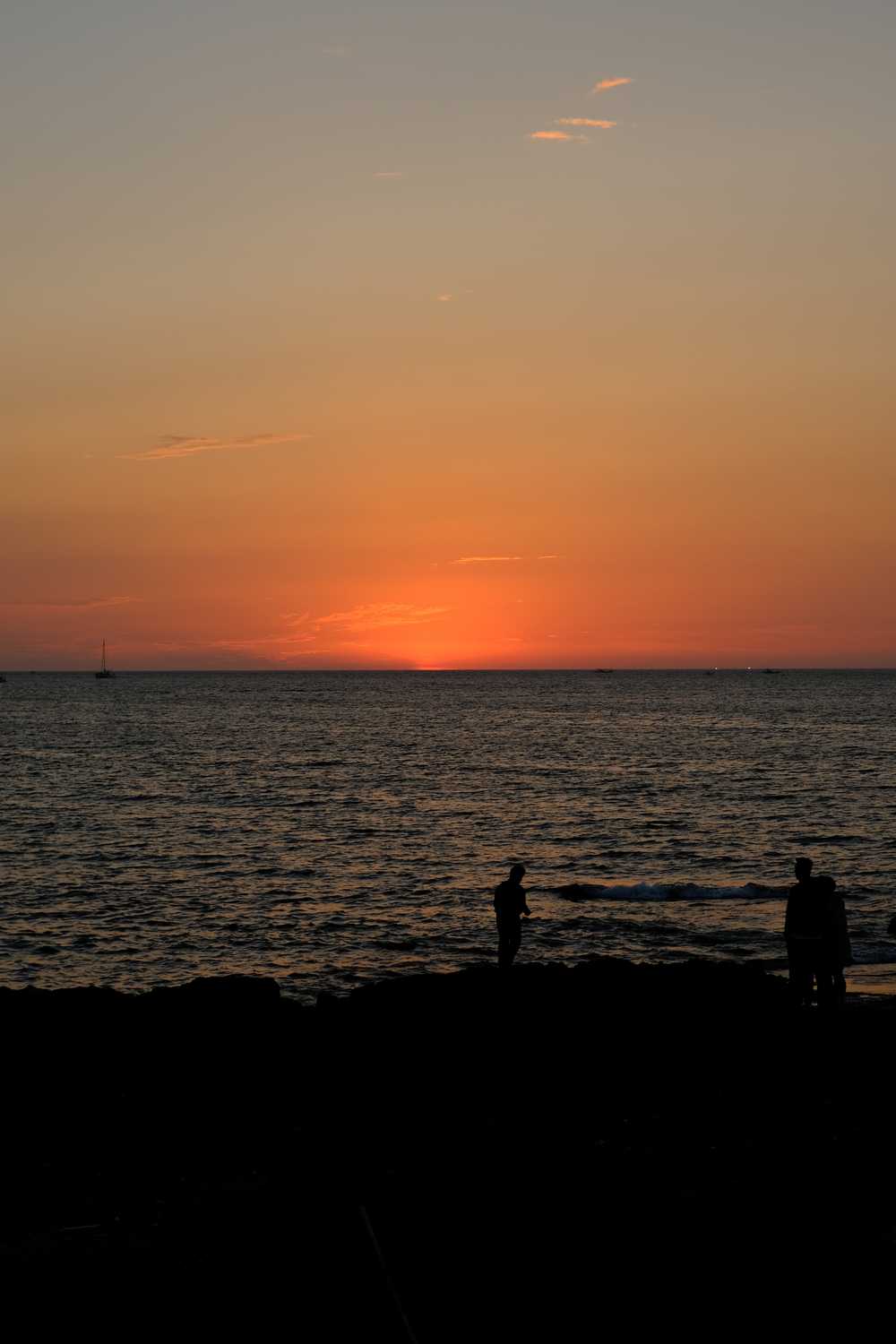
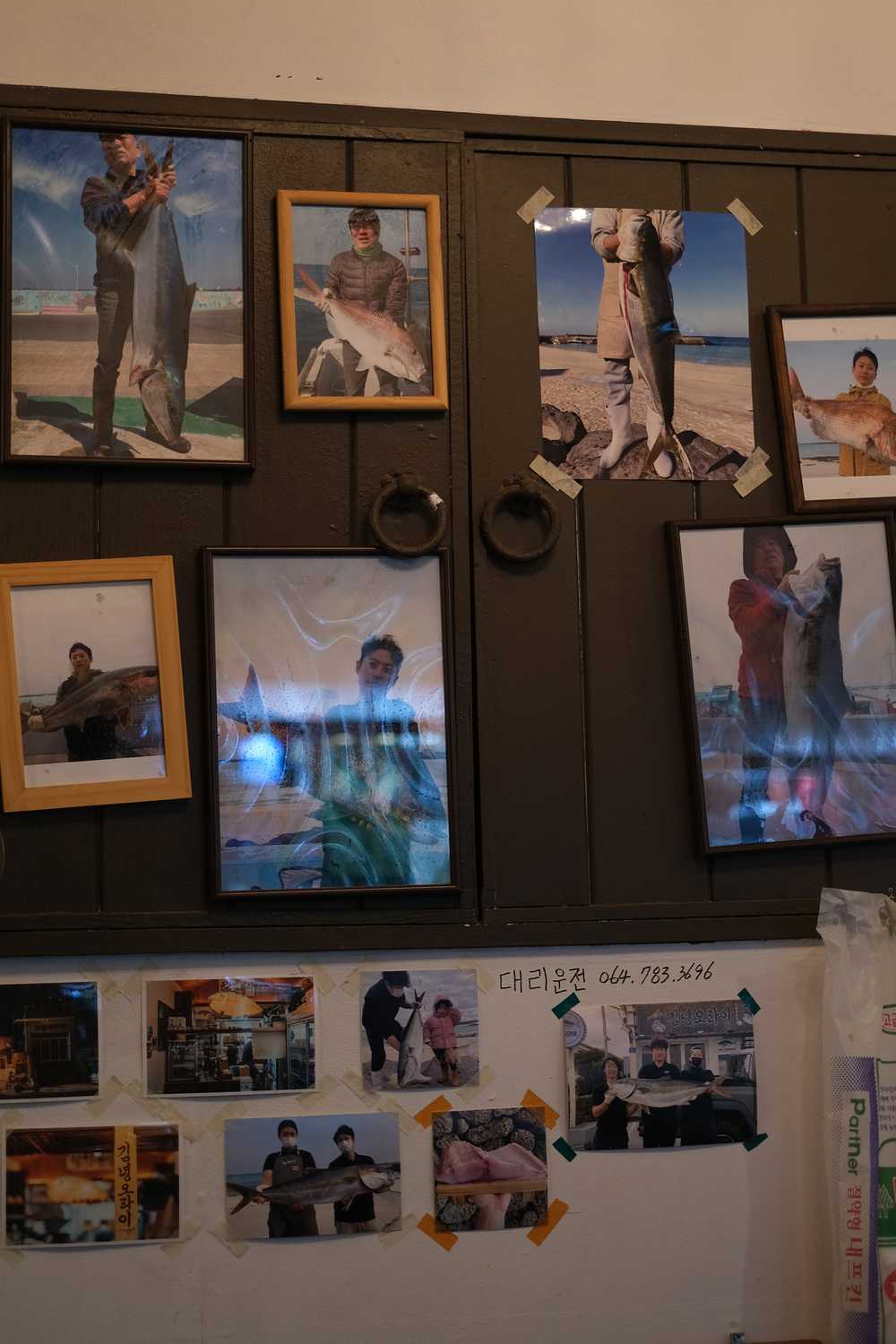

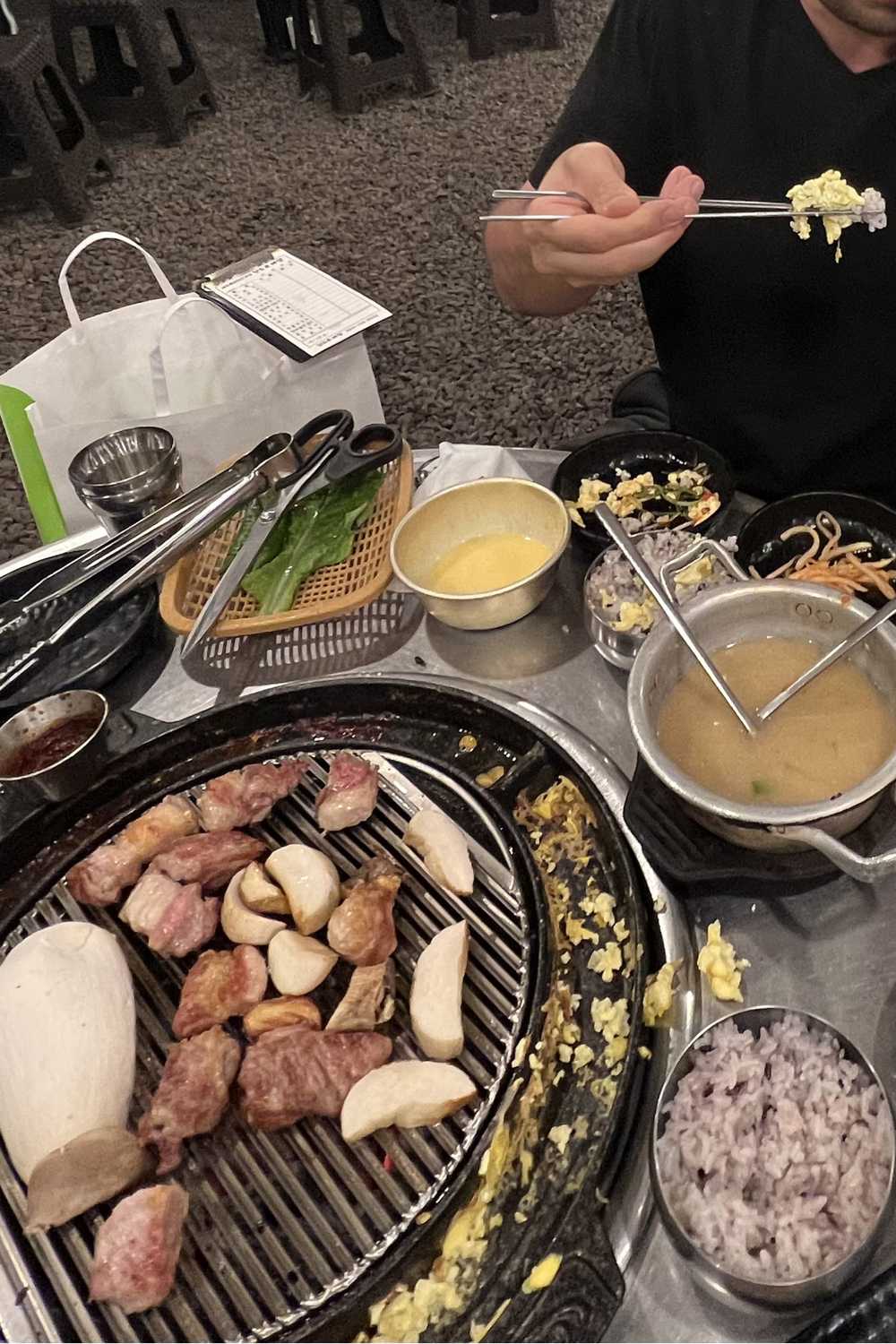
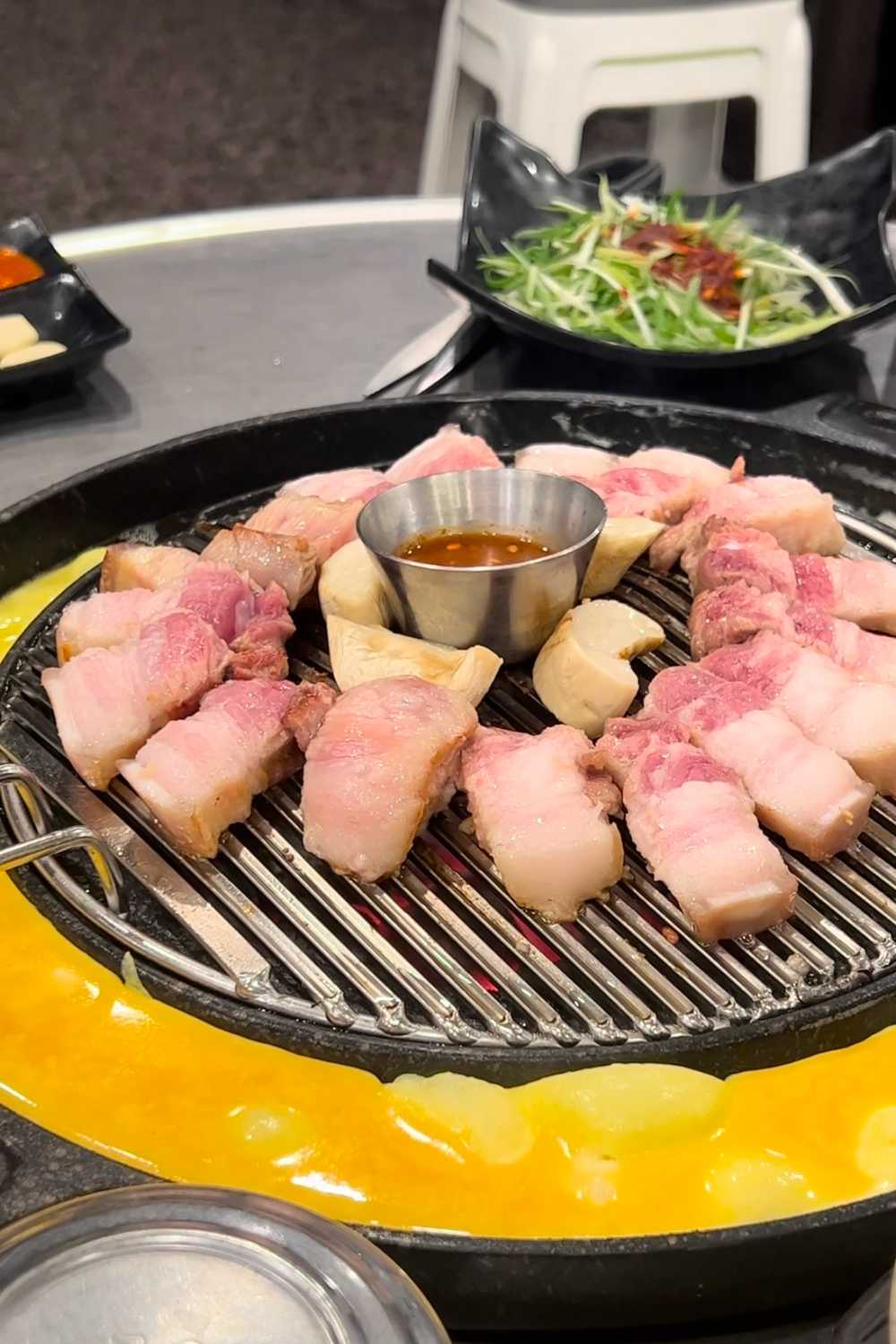
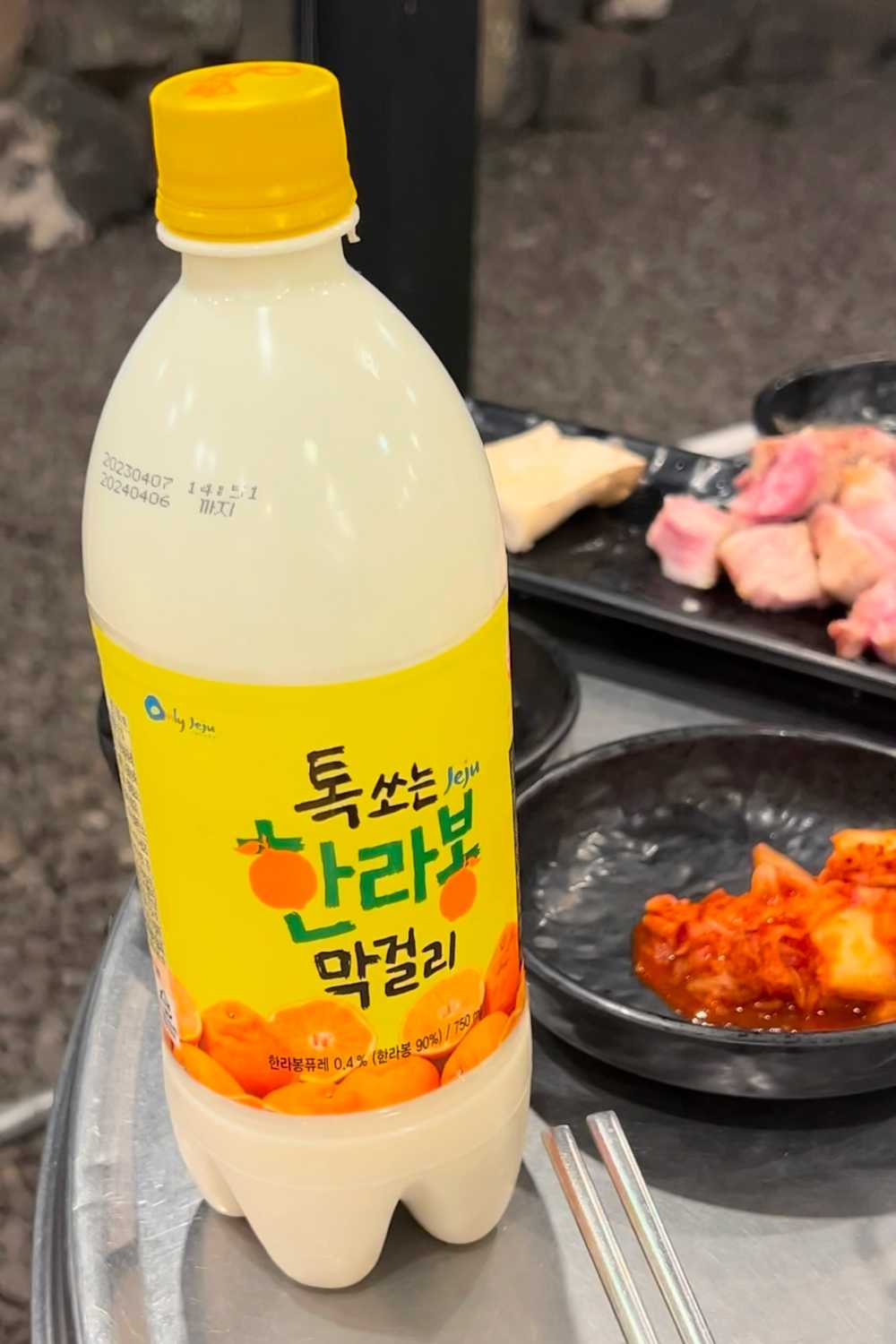


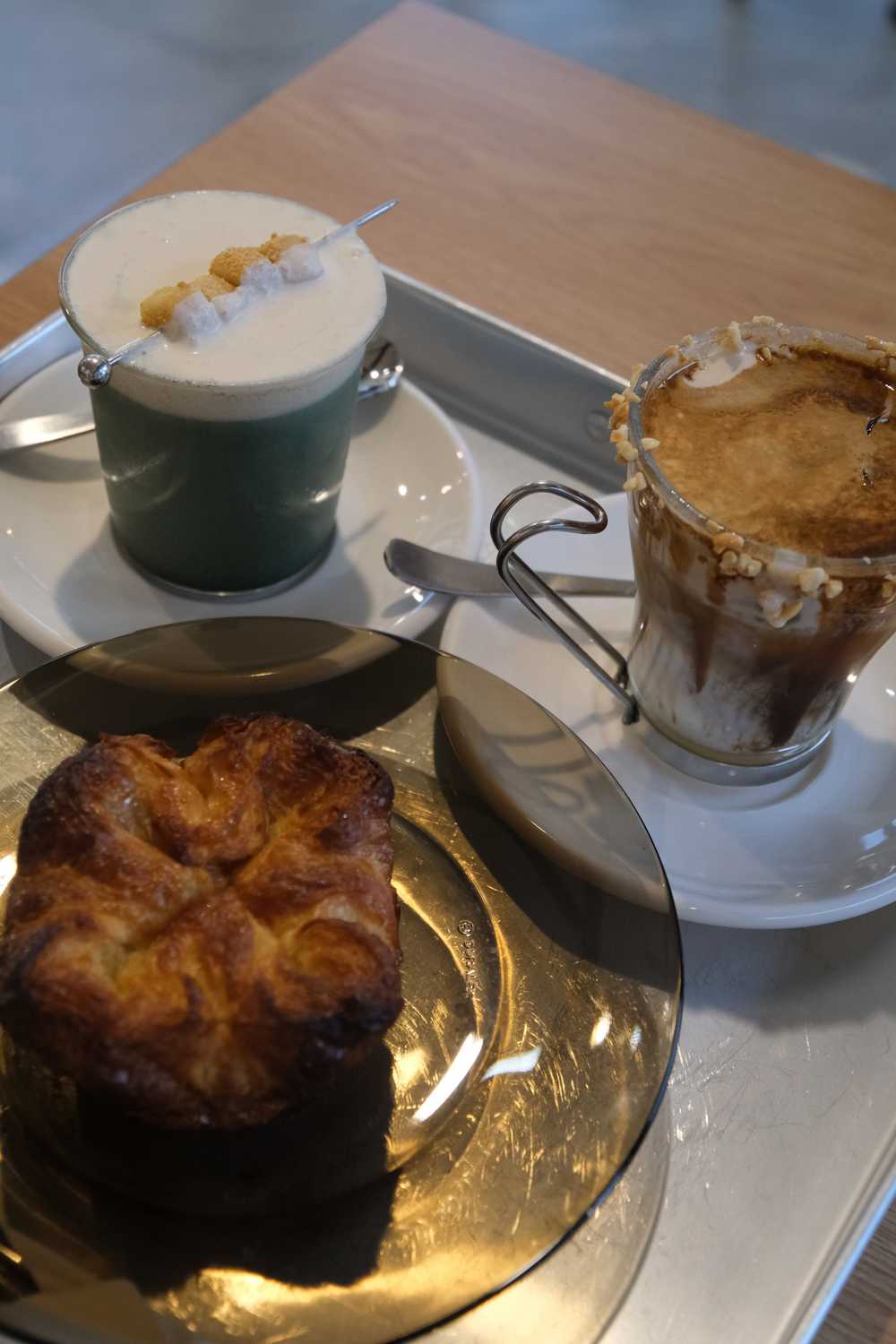
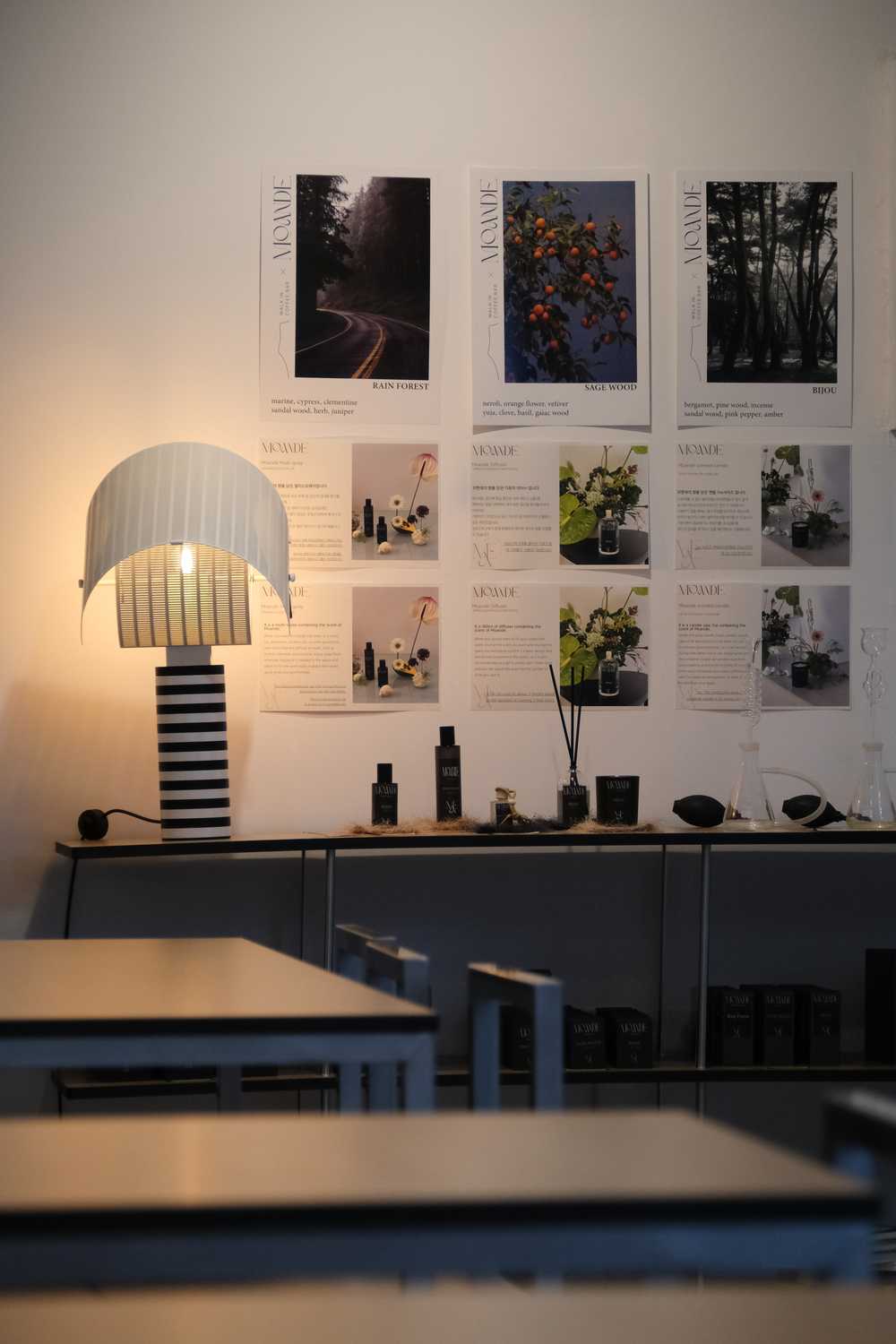

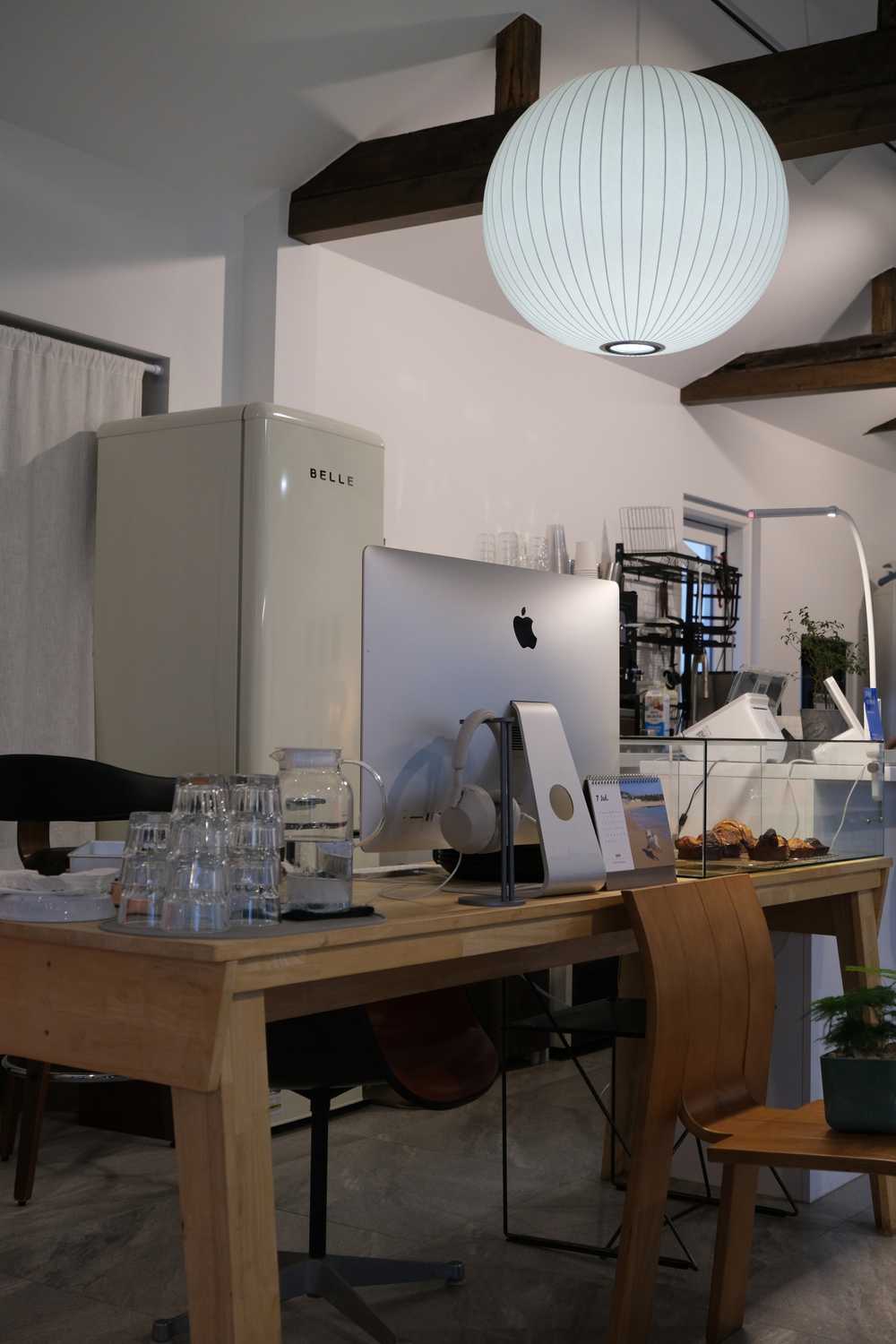
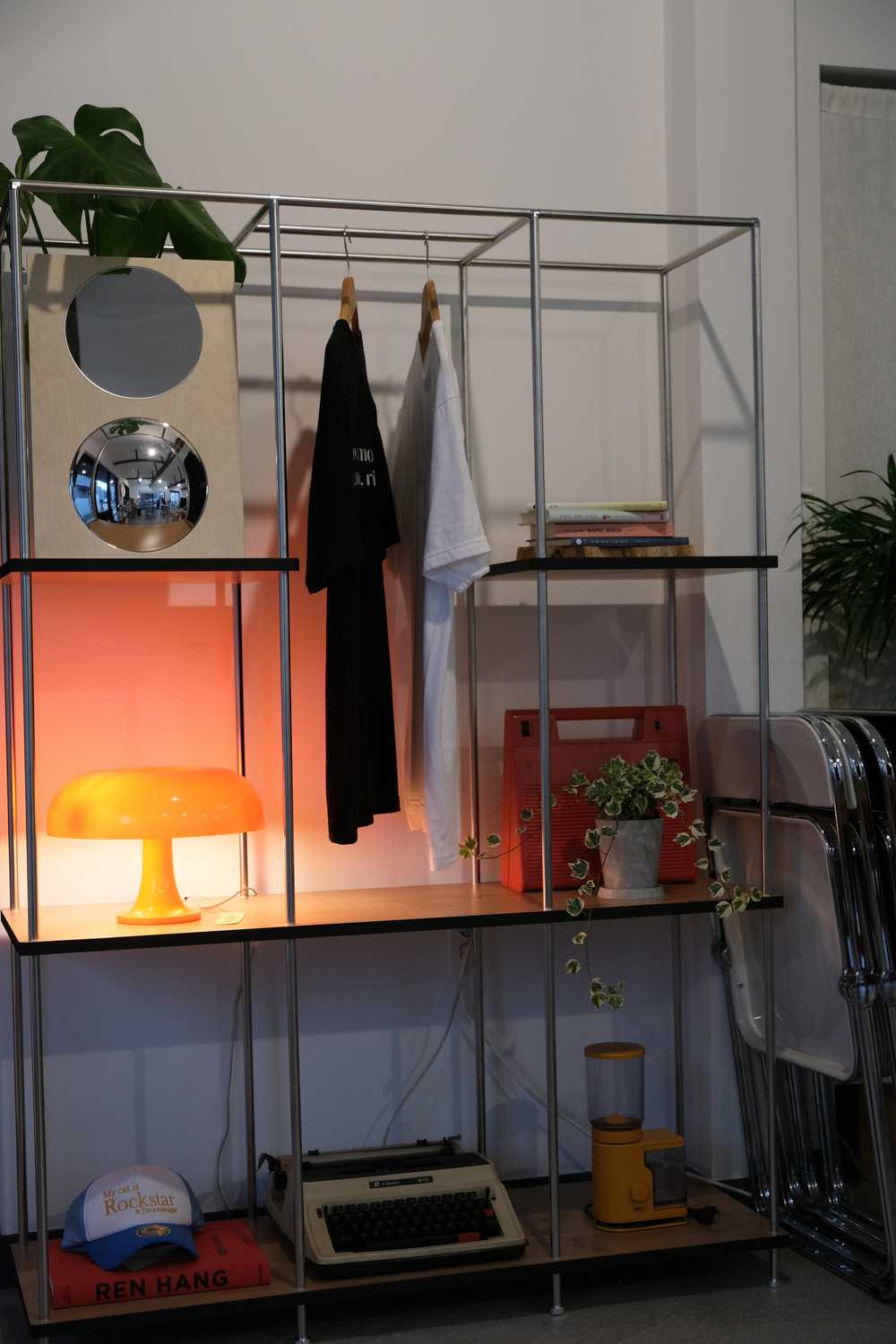
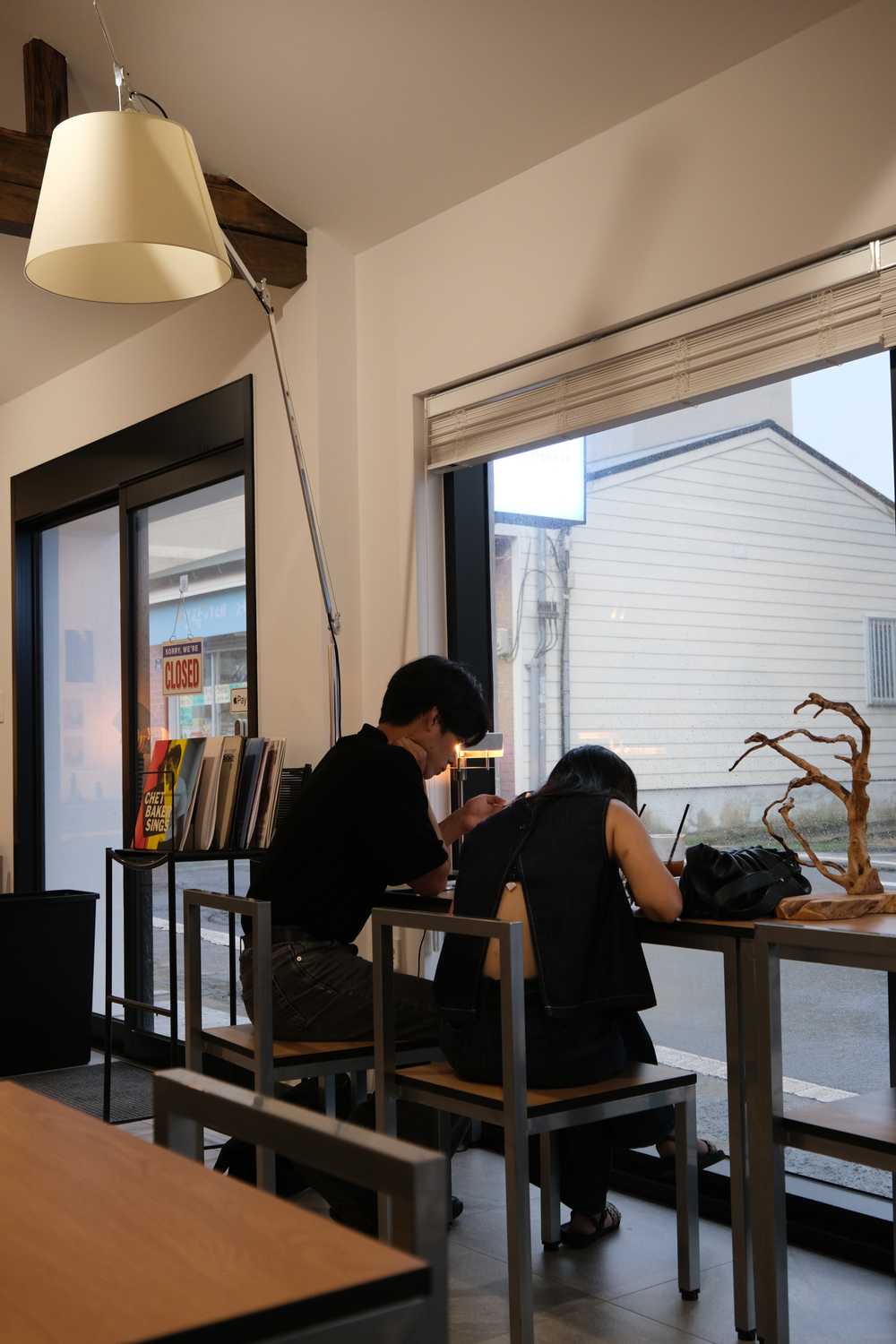
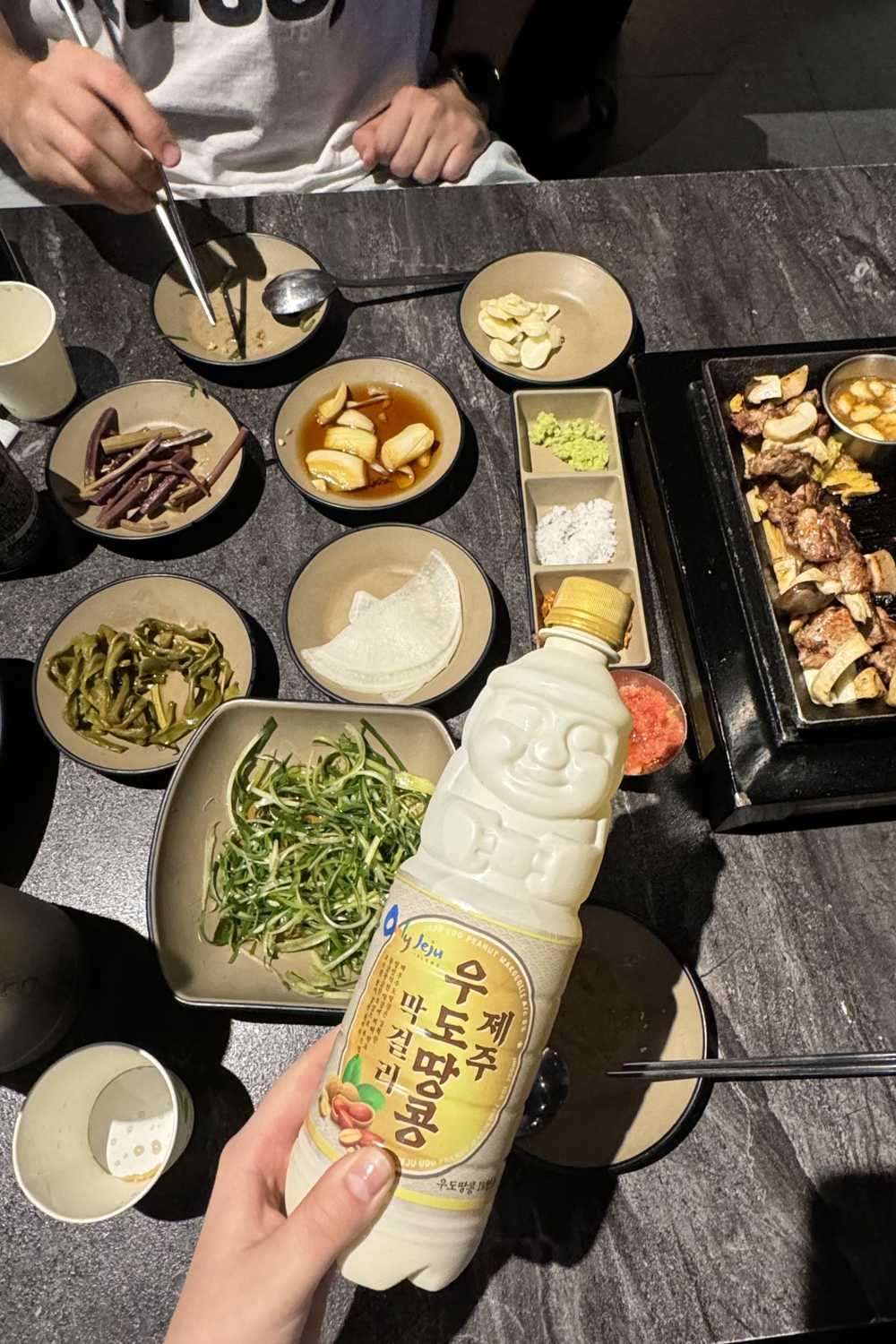
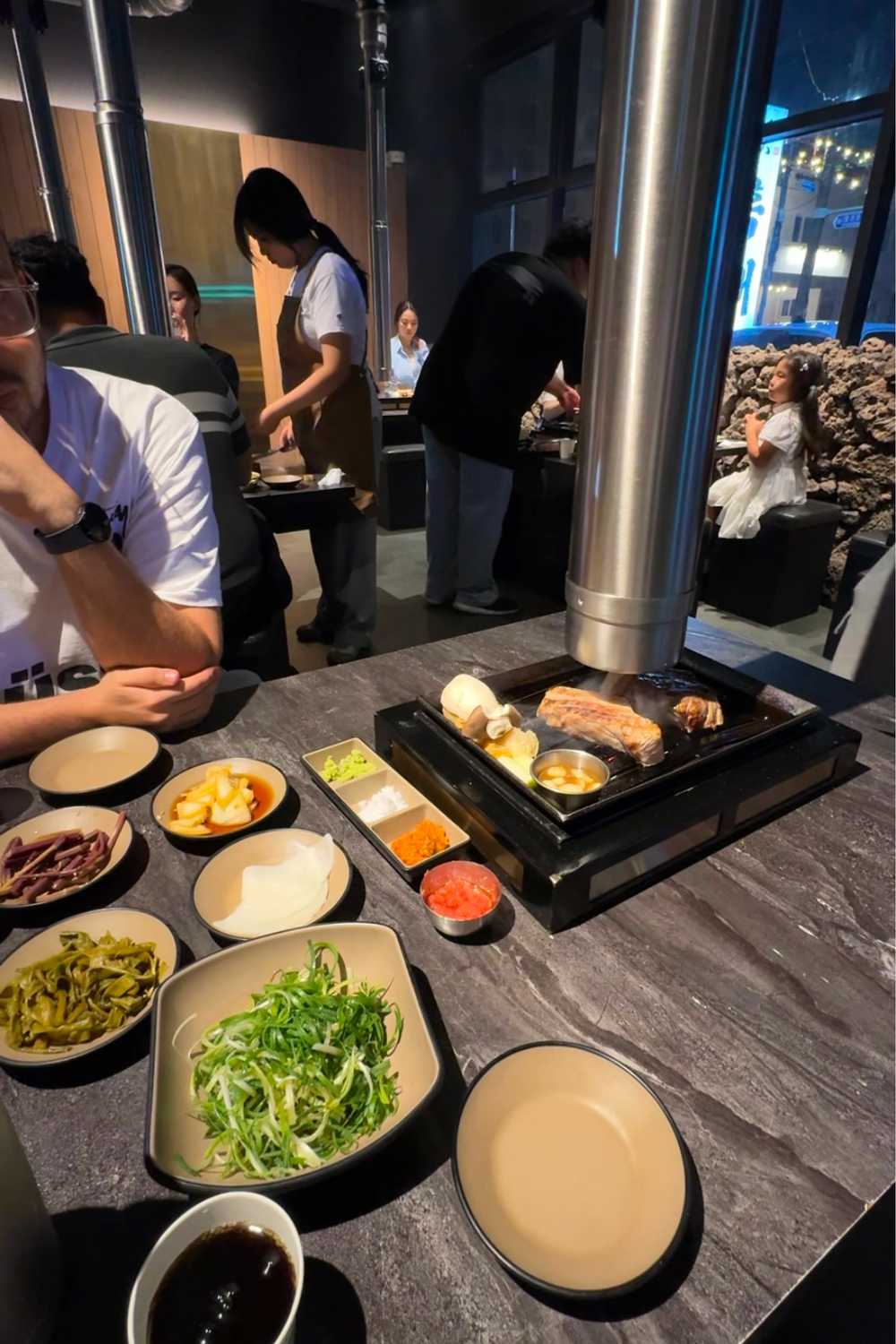
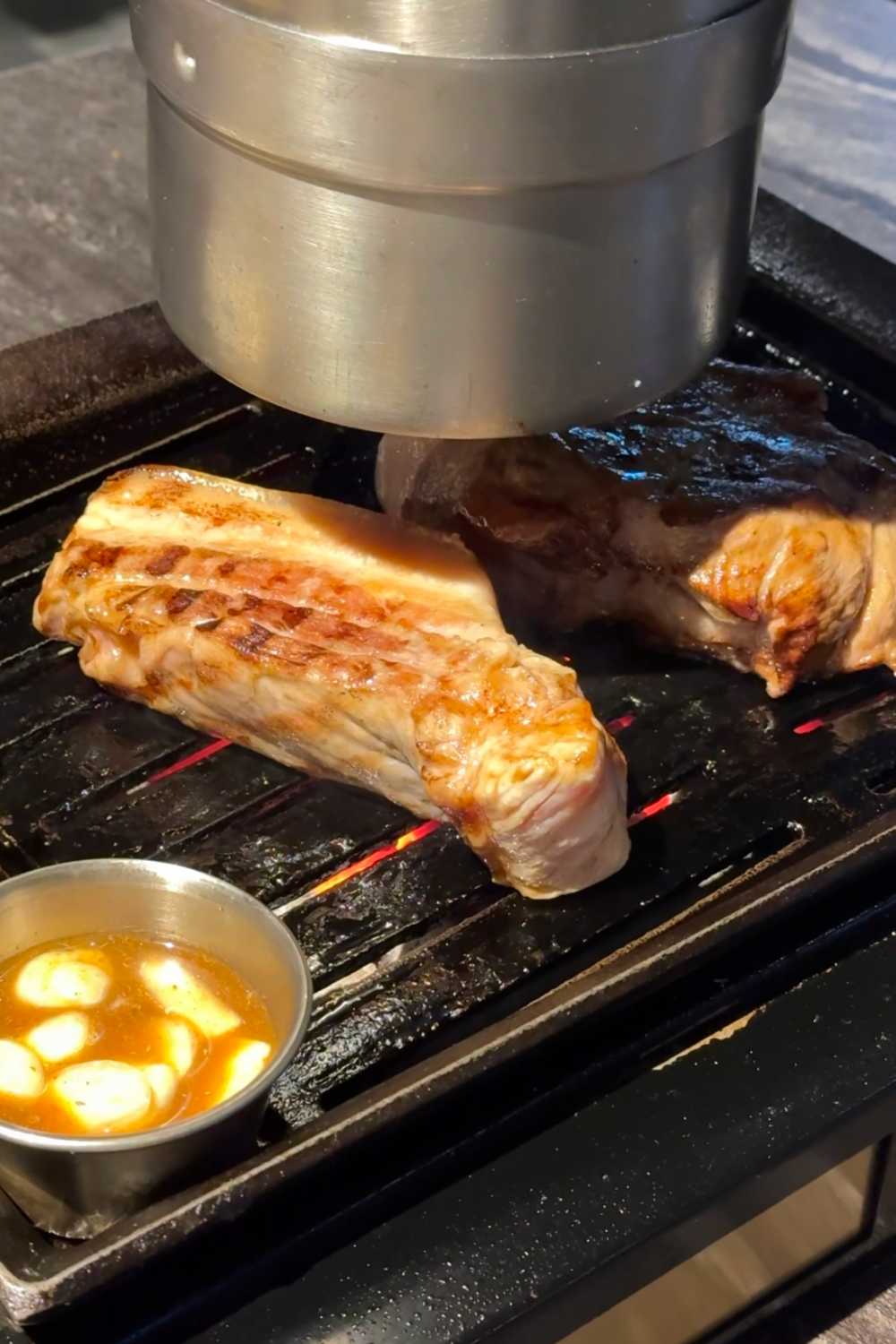
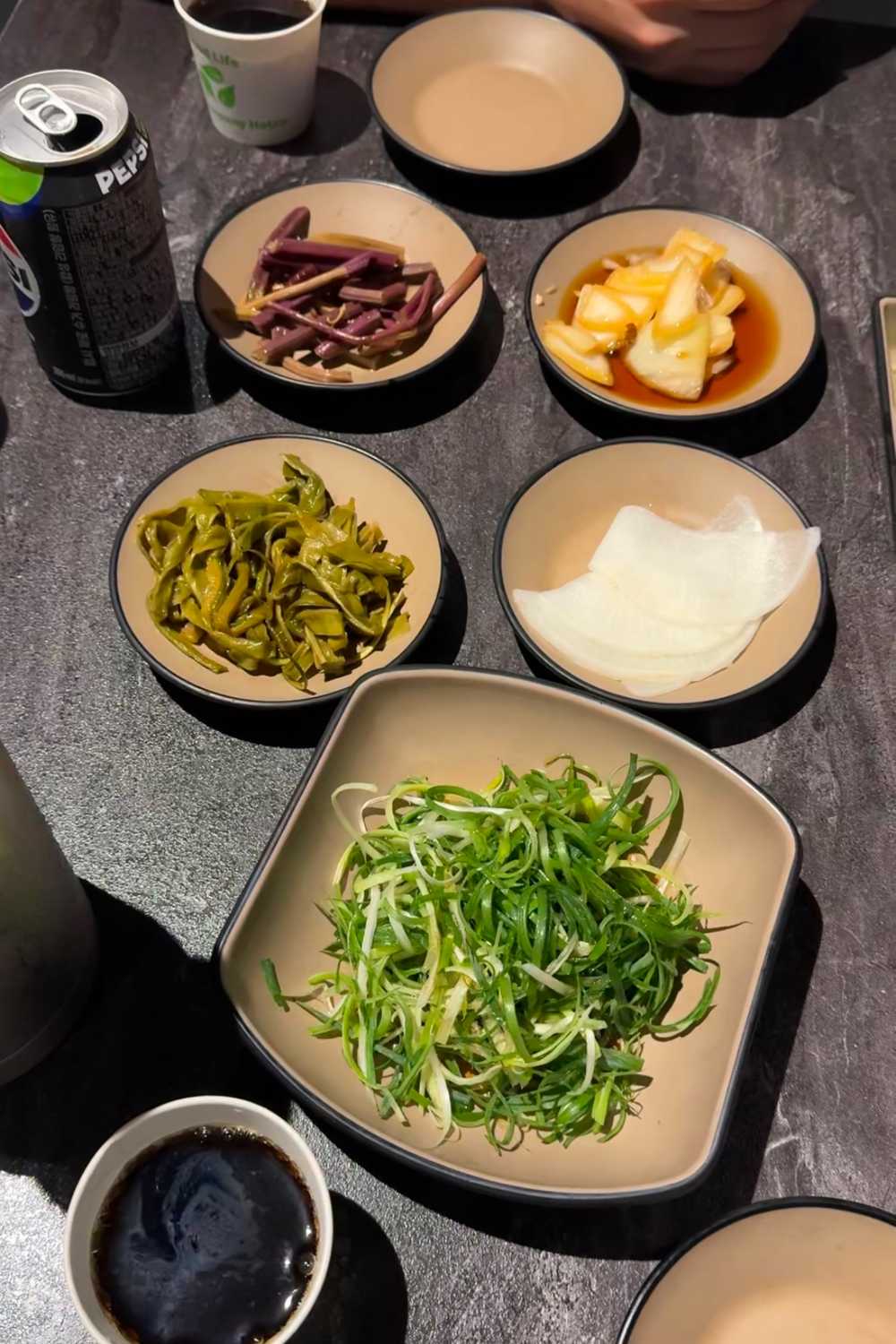
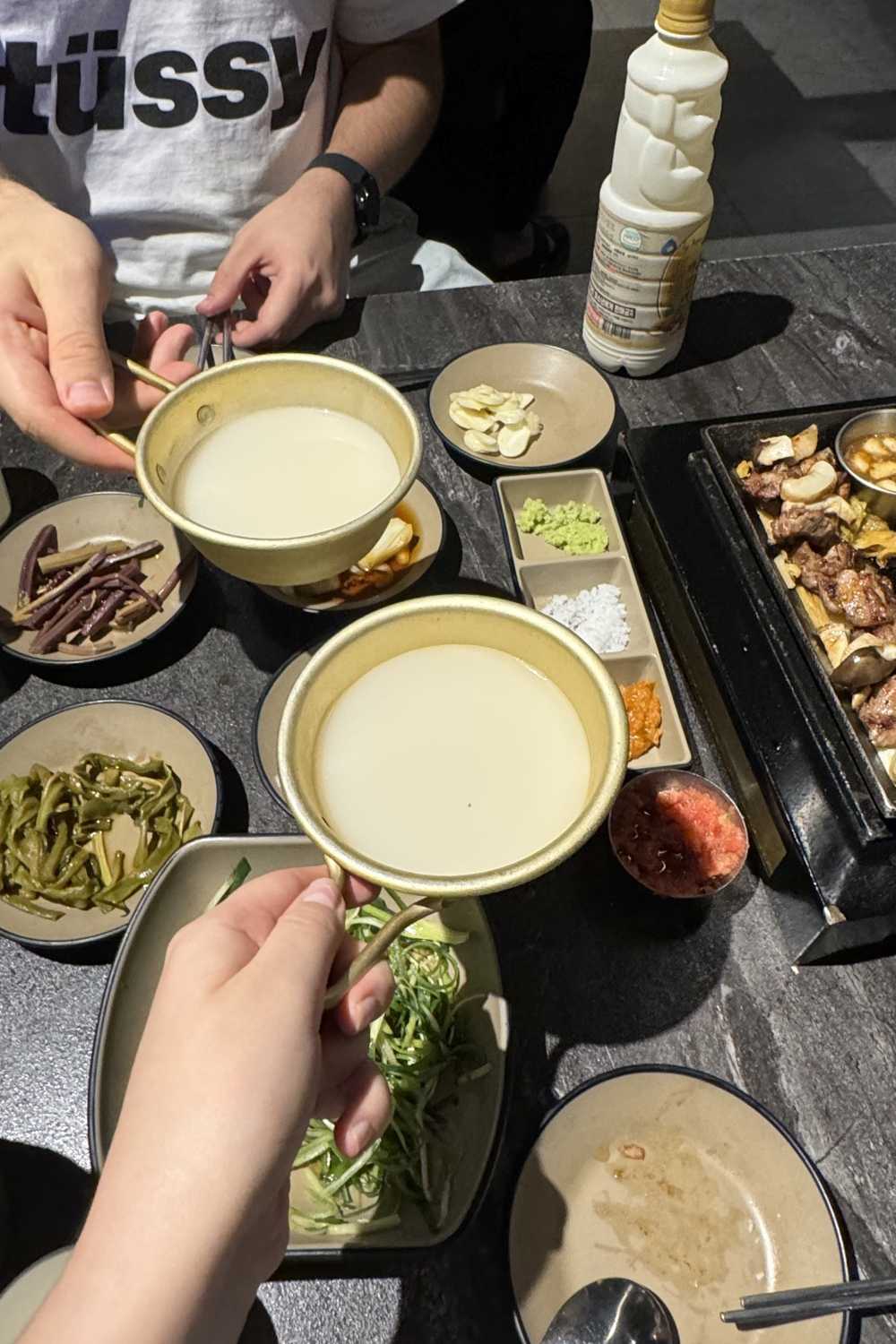
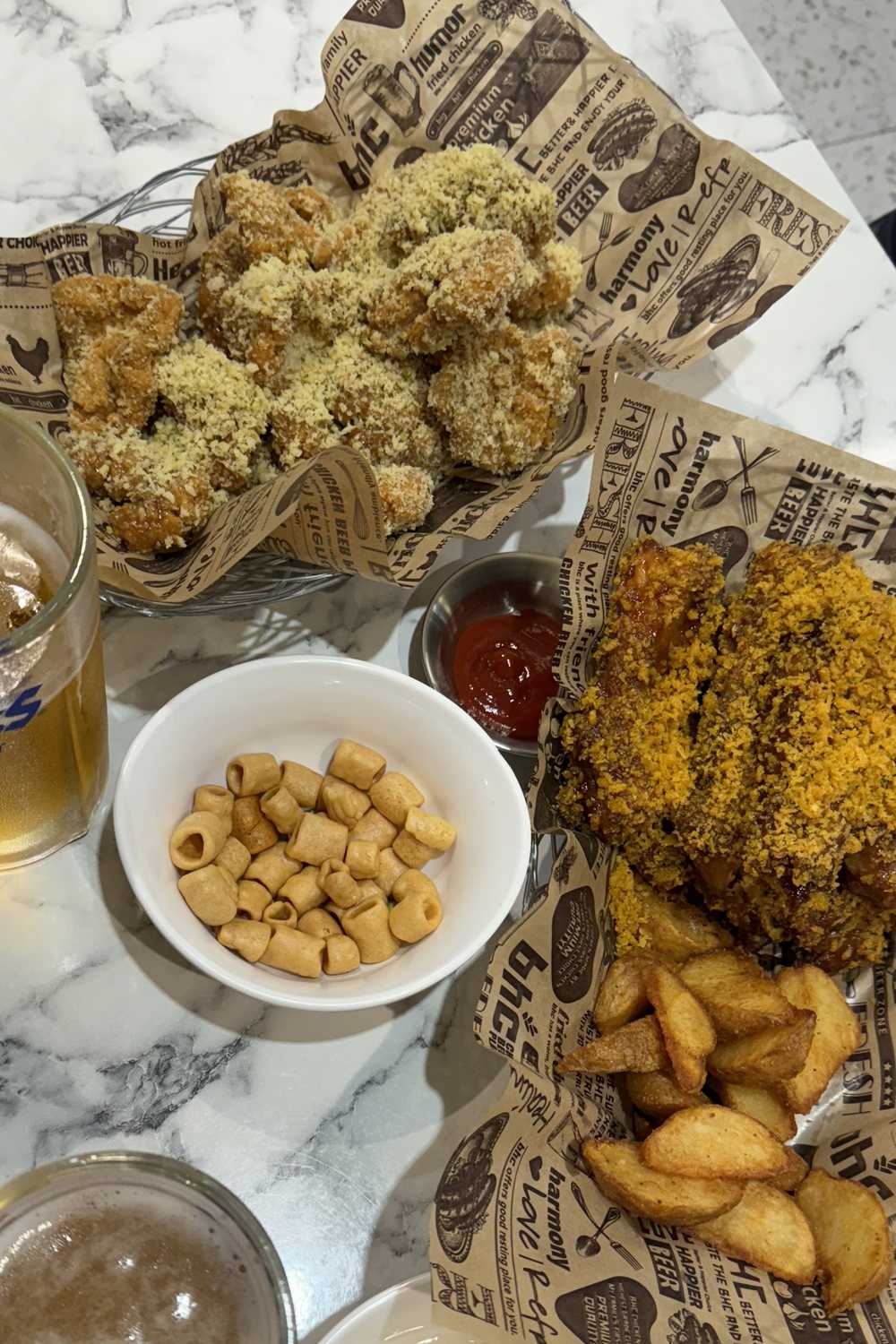
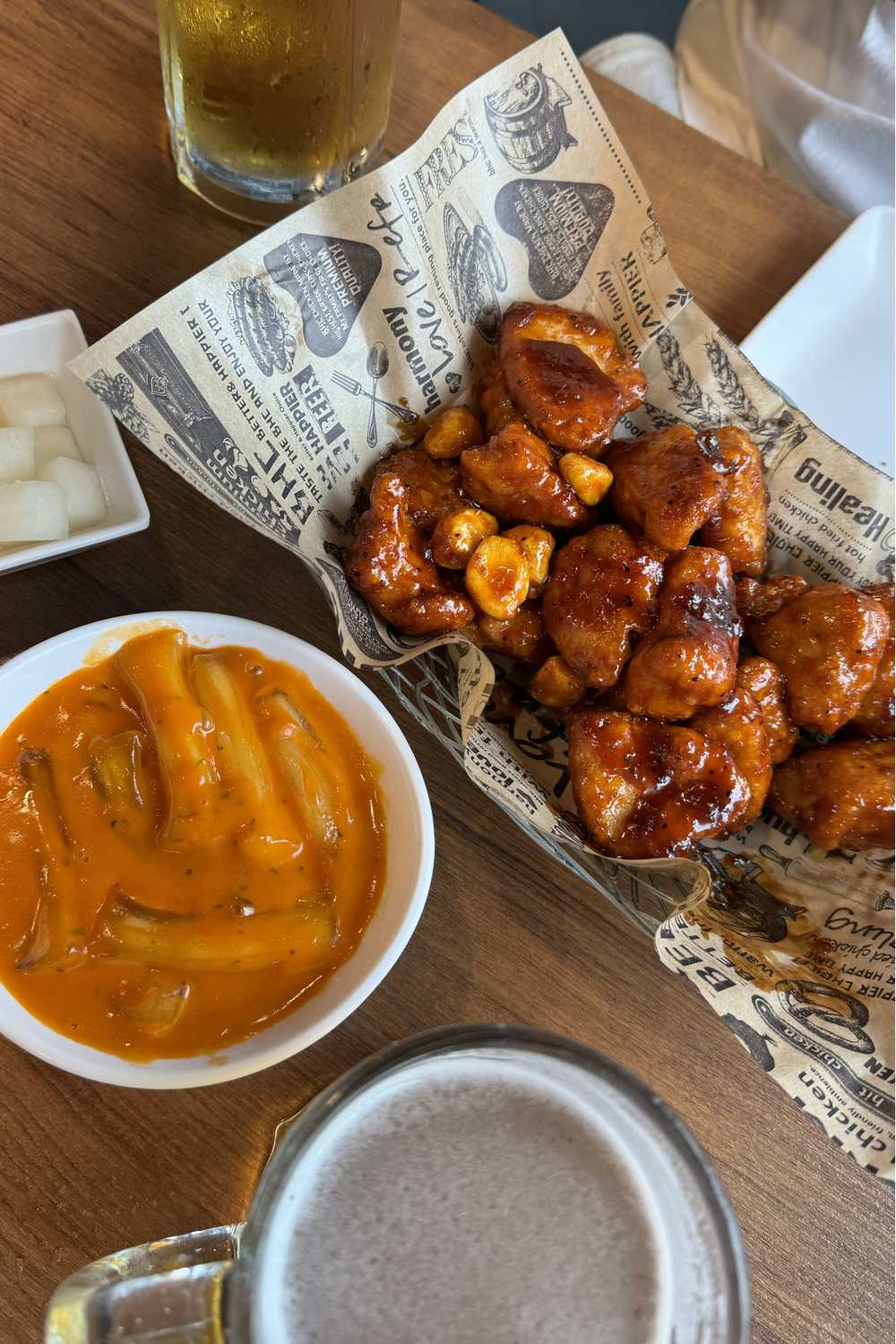
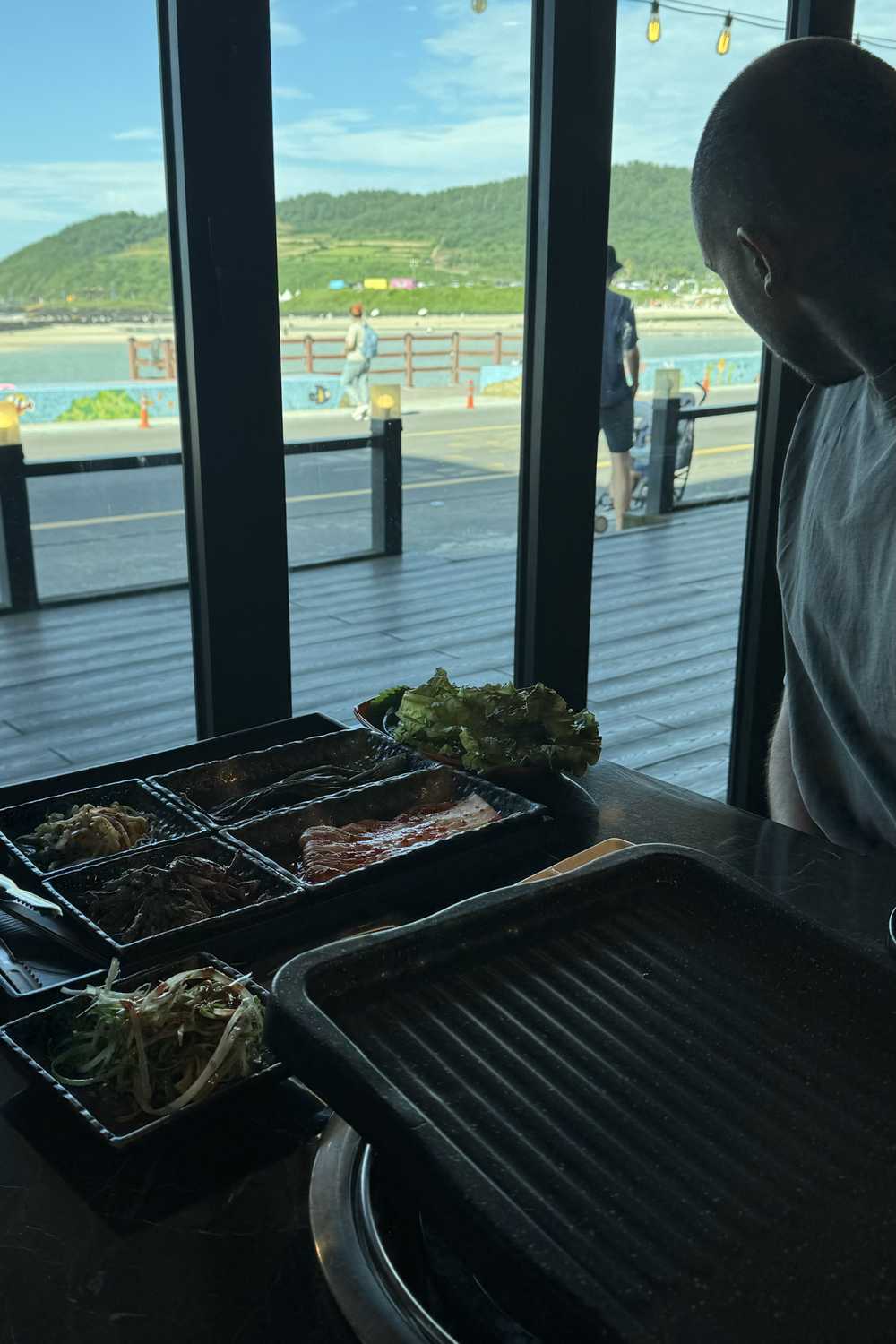
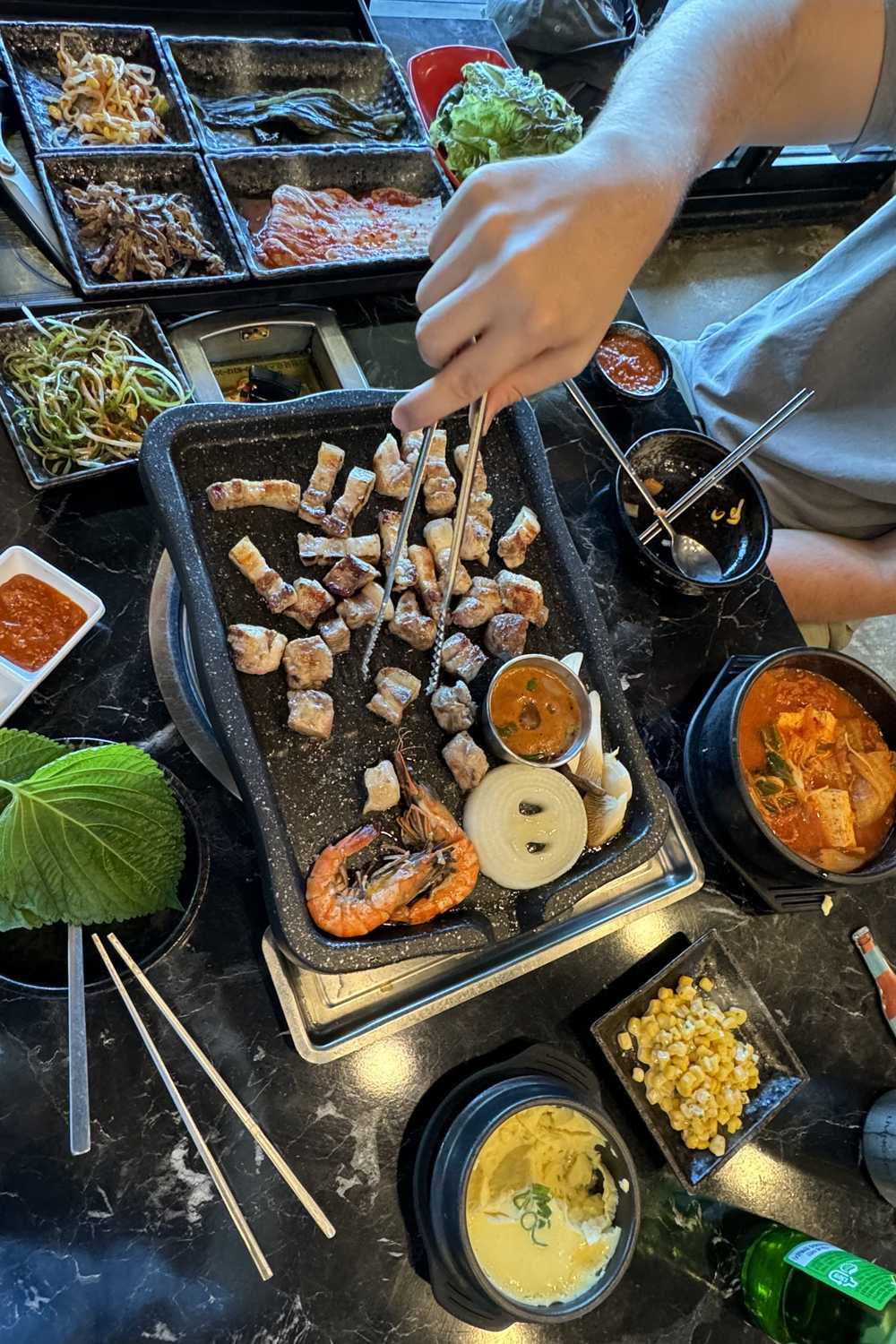
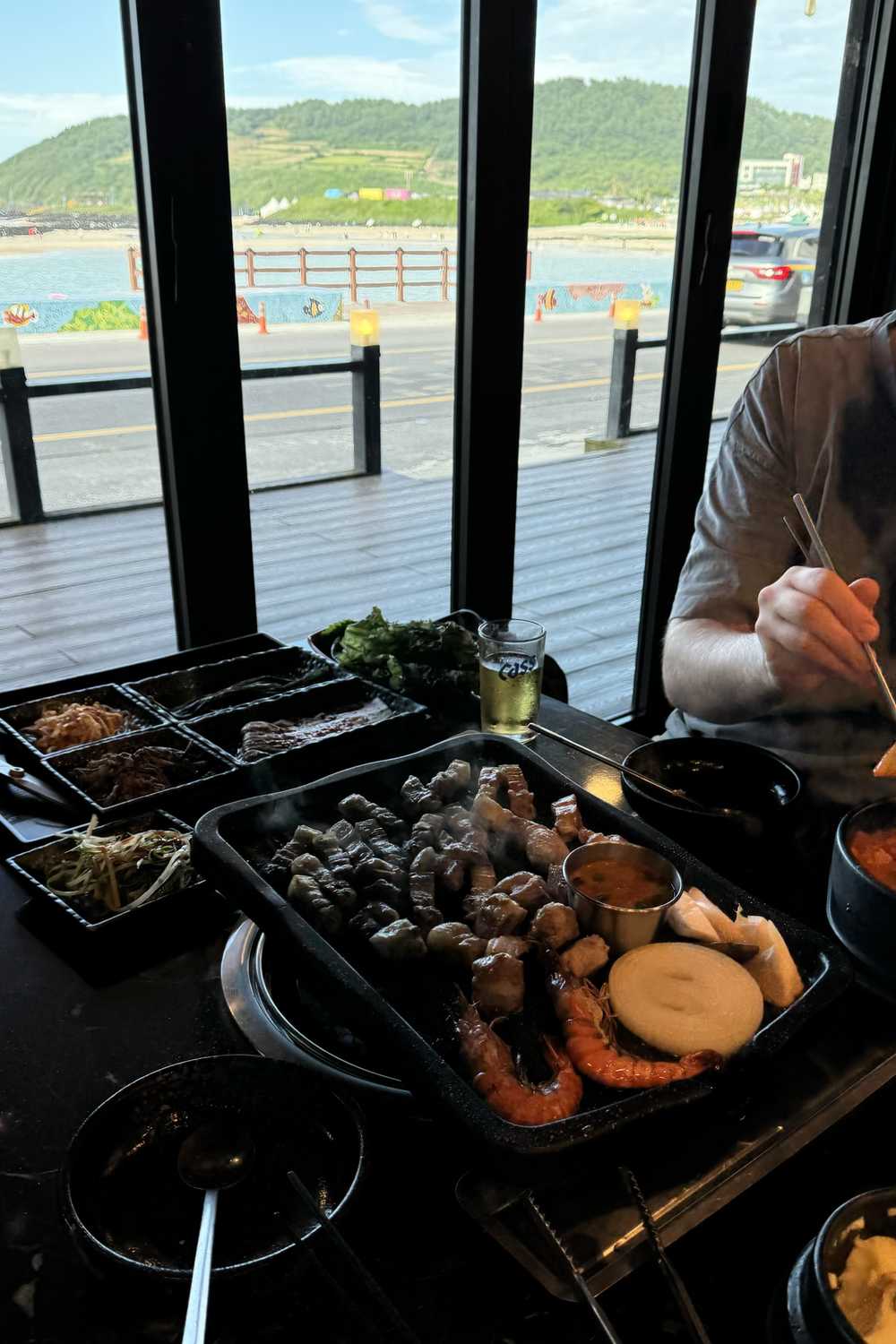


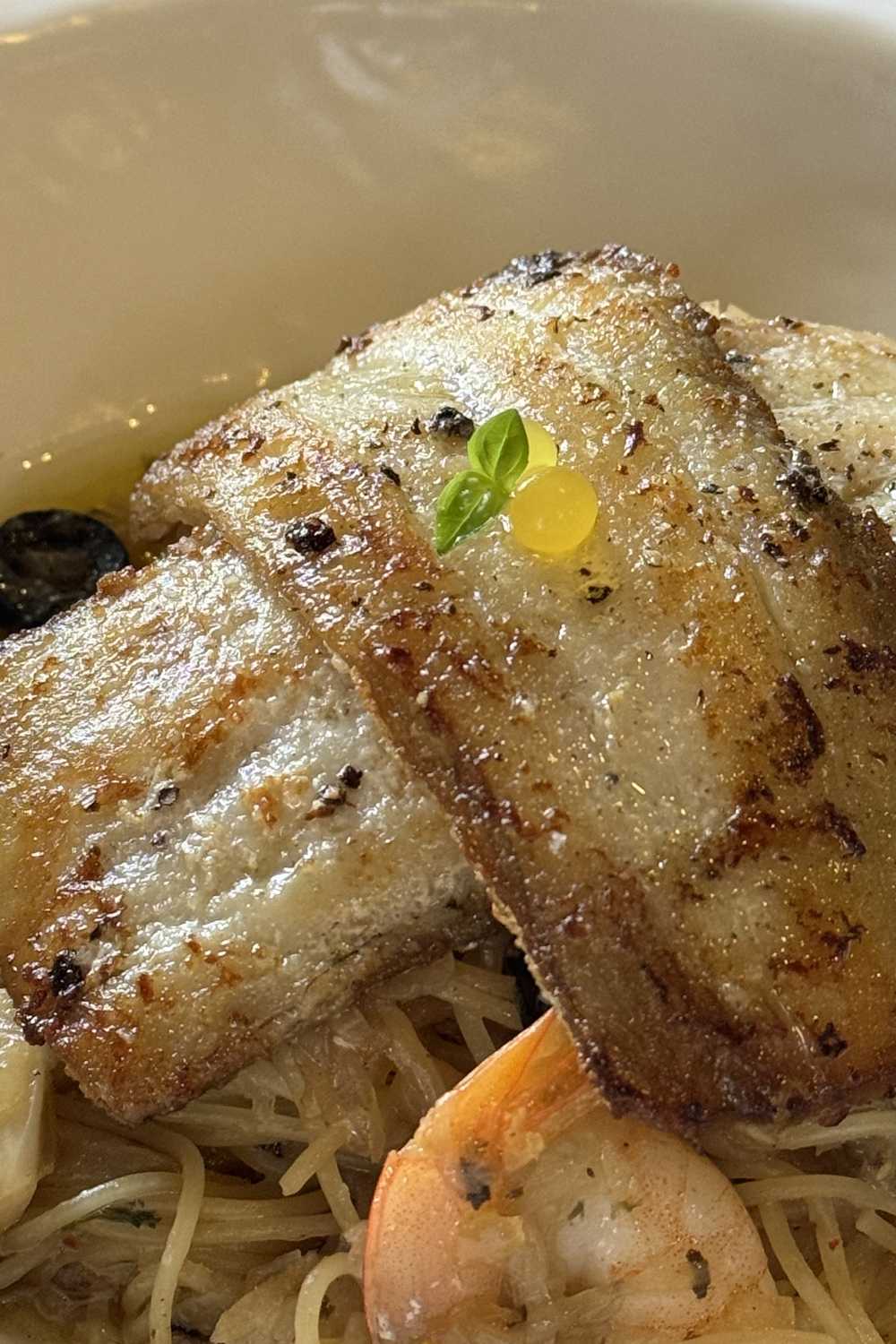
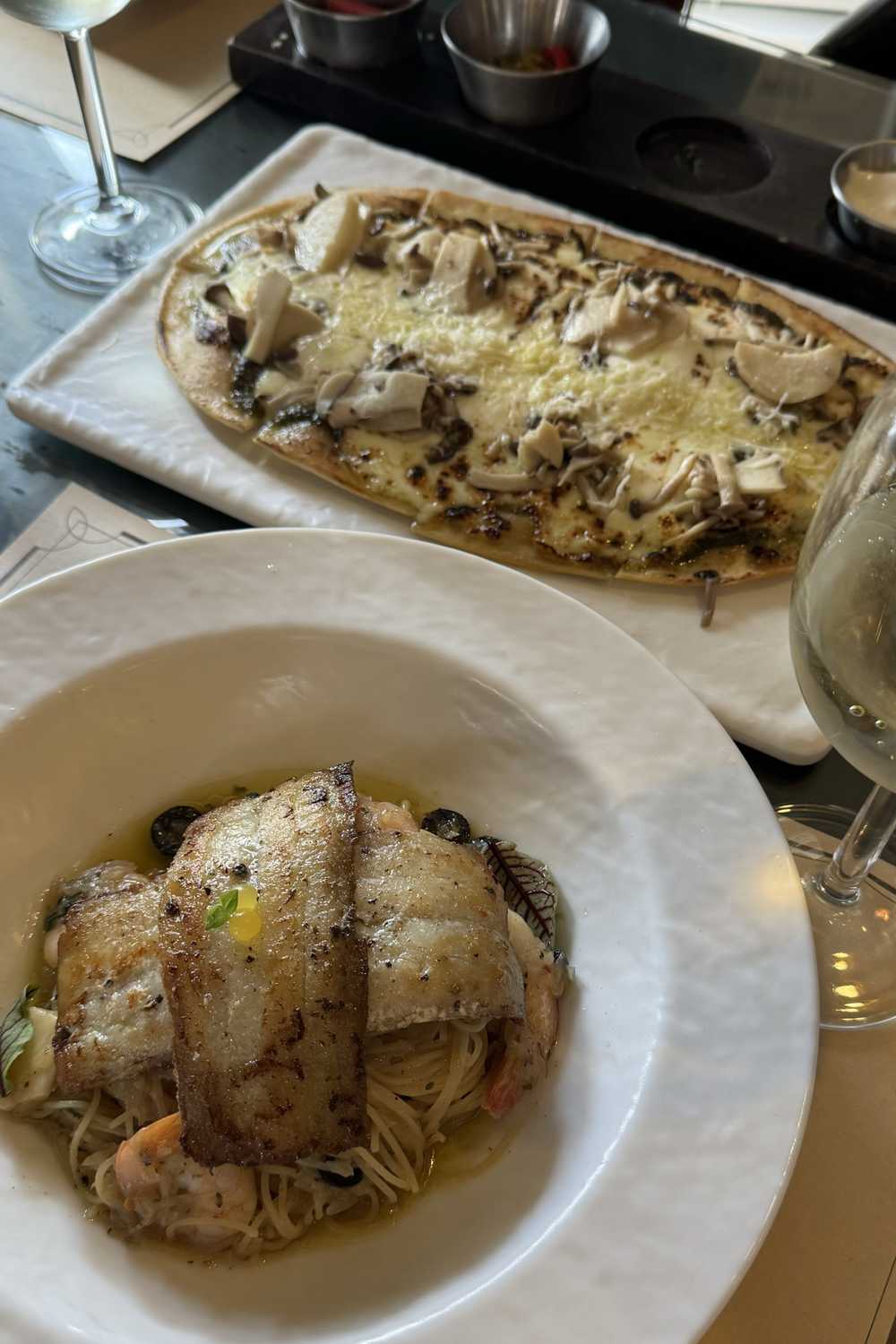

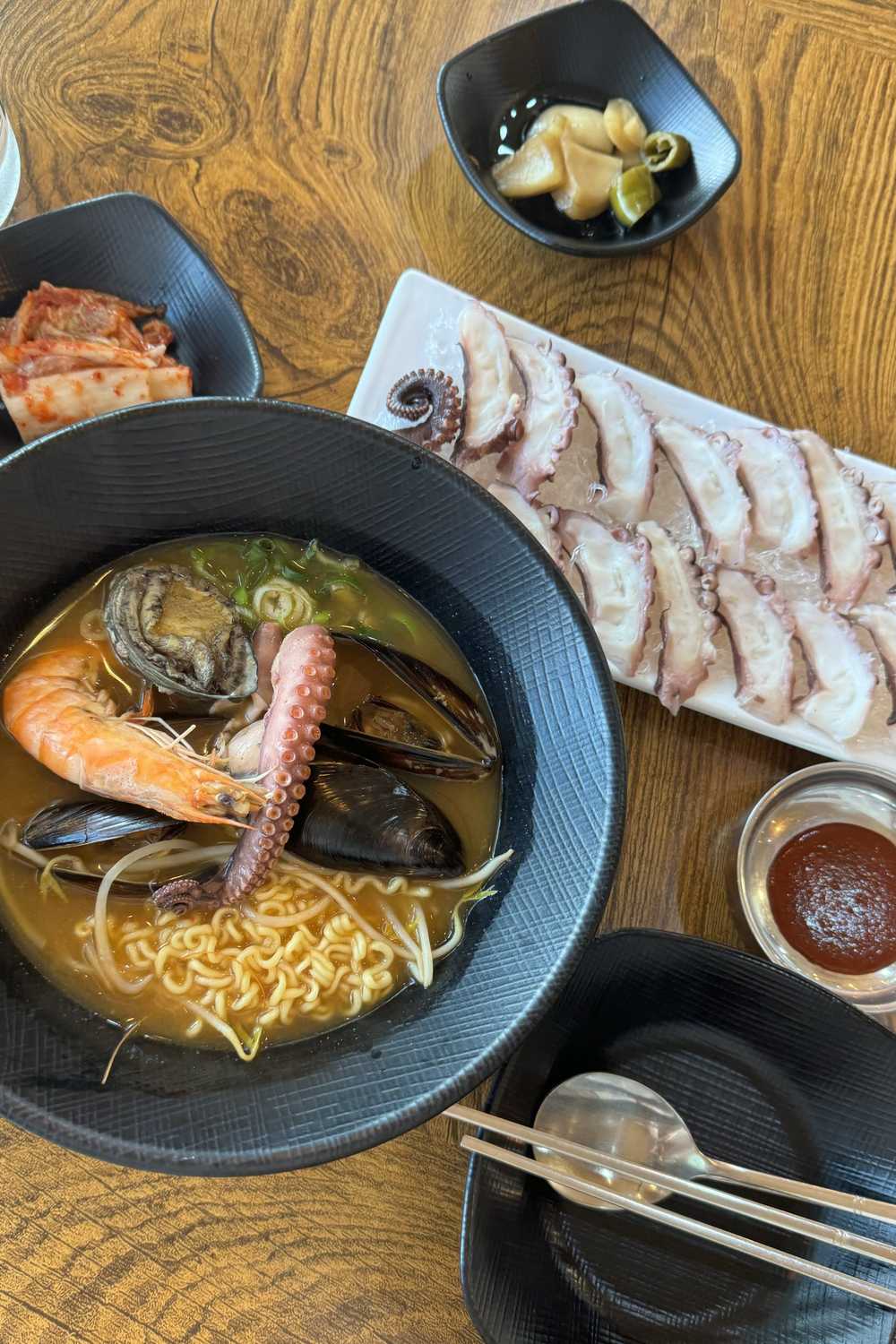
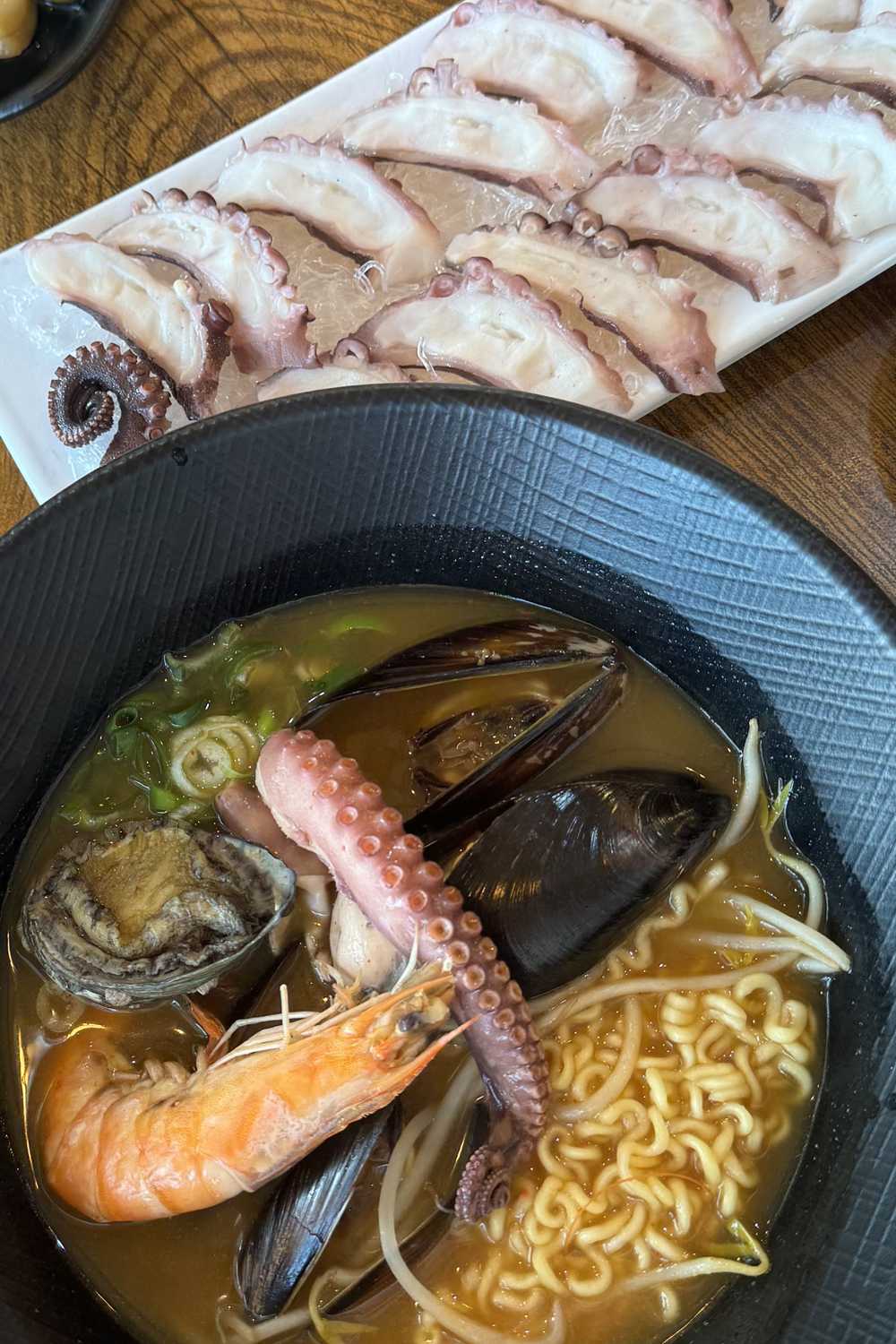
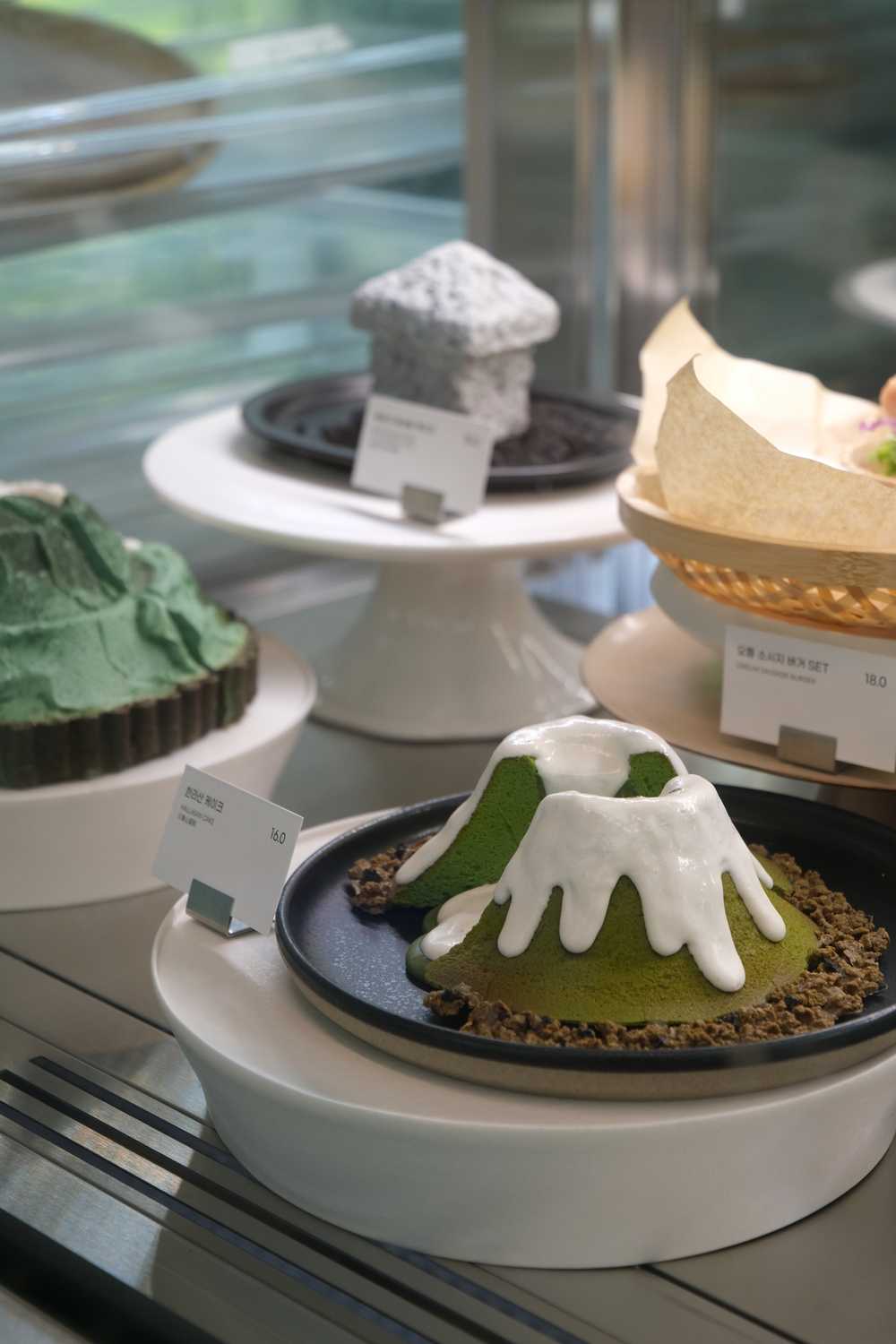
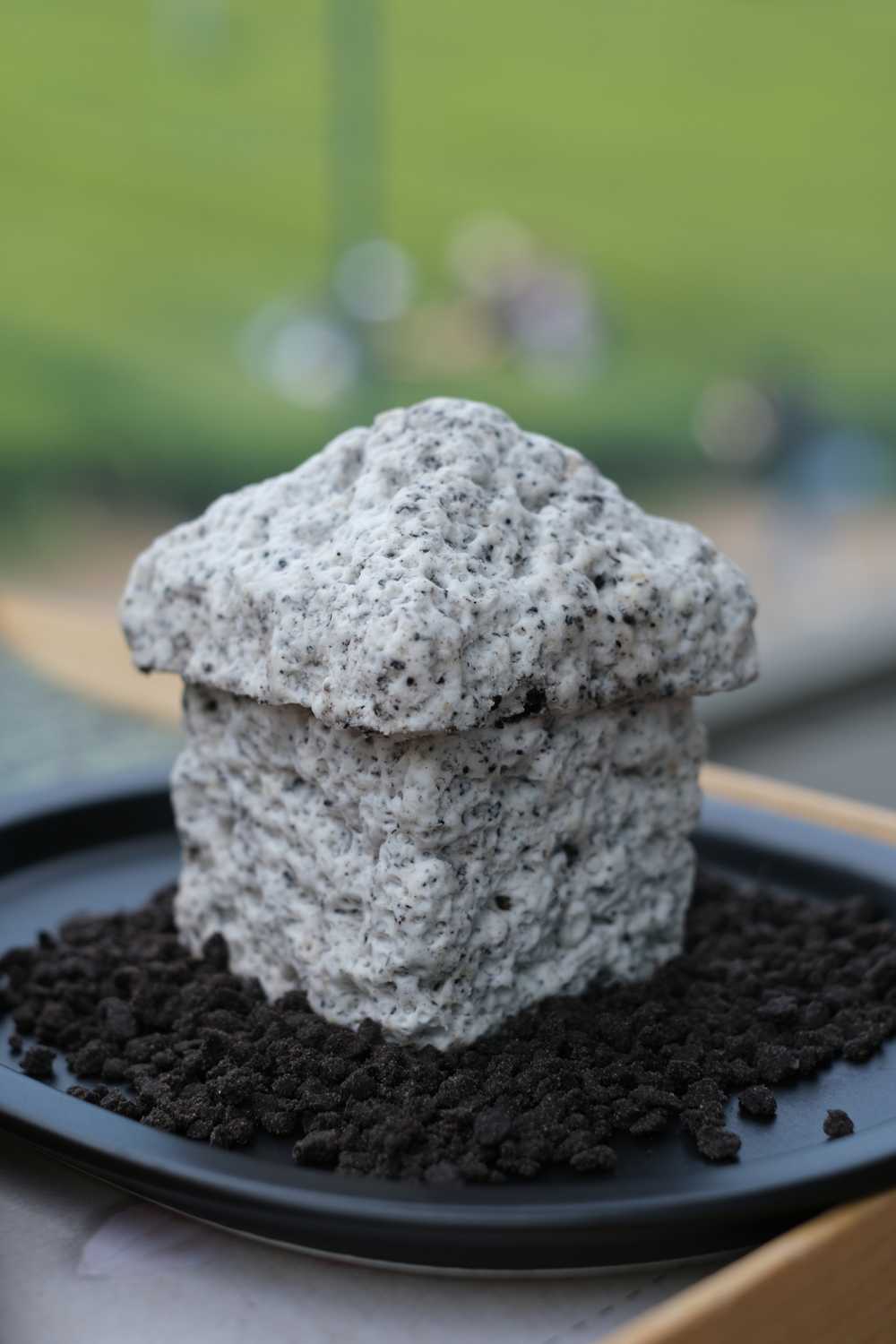
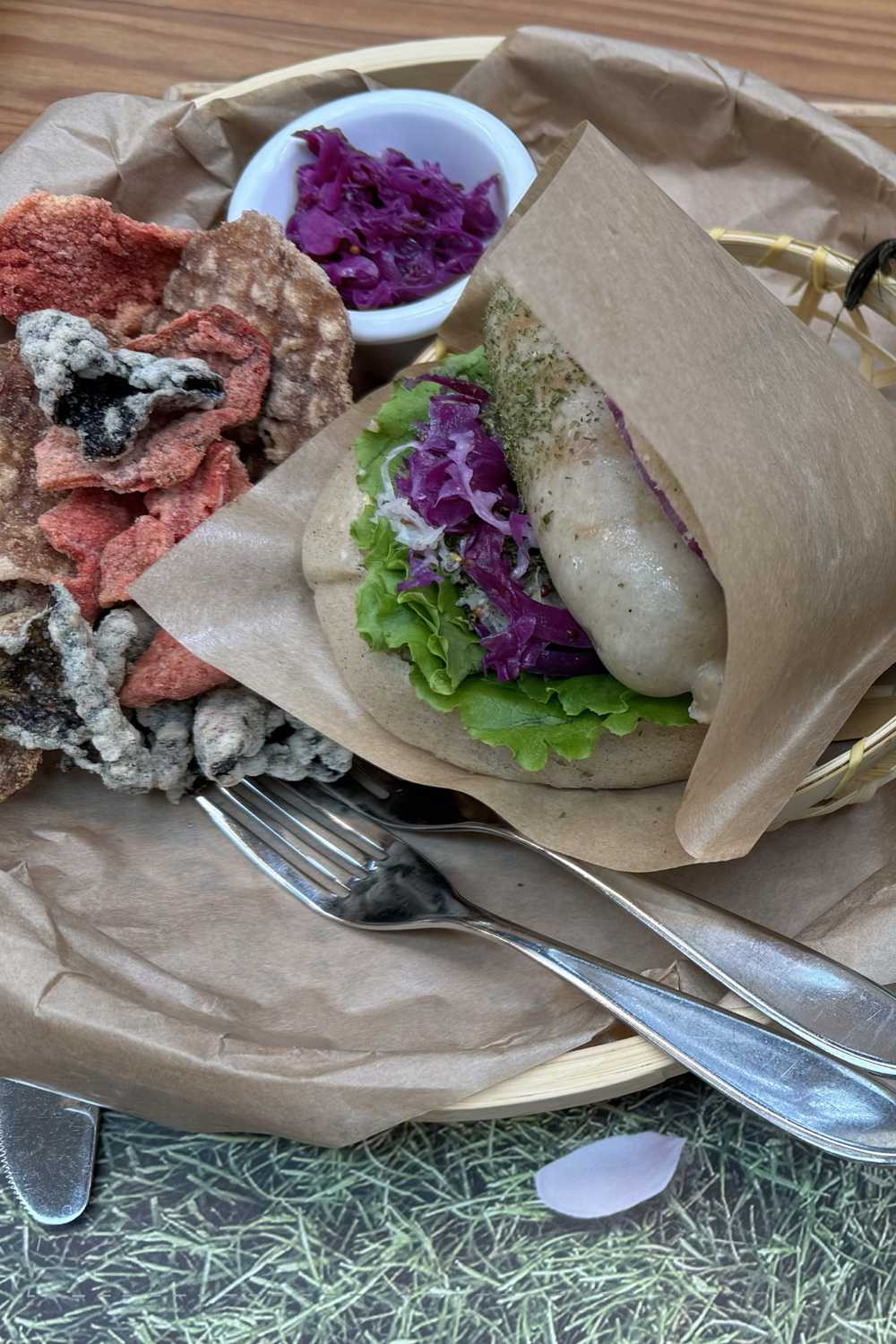


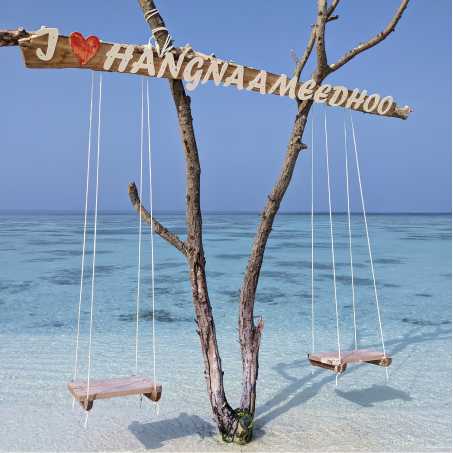



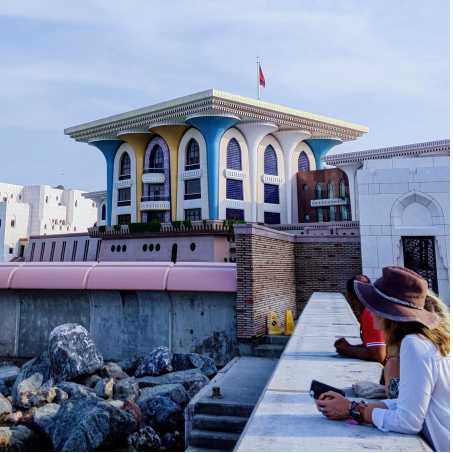

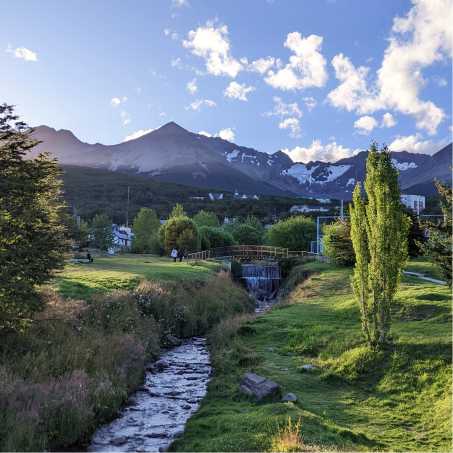


Located on the northwest coast of Jeju Island, Hyeopjae is striking in its contrast of snow-white sand, turquoise waters, and dark basalt rocks. Unlike many popular beaches, it miraculously retains a sense of spaciousness even during the peak tourist season.
Come here at sunset and stay until the first stars appear. When the tourists leave, walk over to the fishing huts at the northern end of the beach and ask them to prepare seafood for you; they make authentic hwe-gui (fresh fish barbecue) and haemul-tang (spicy seafood soup) there, which are usually only for locals.